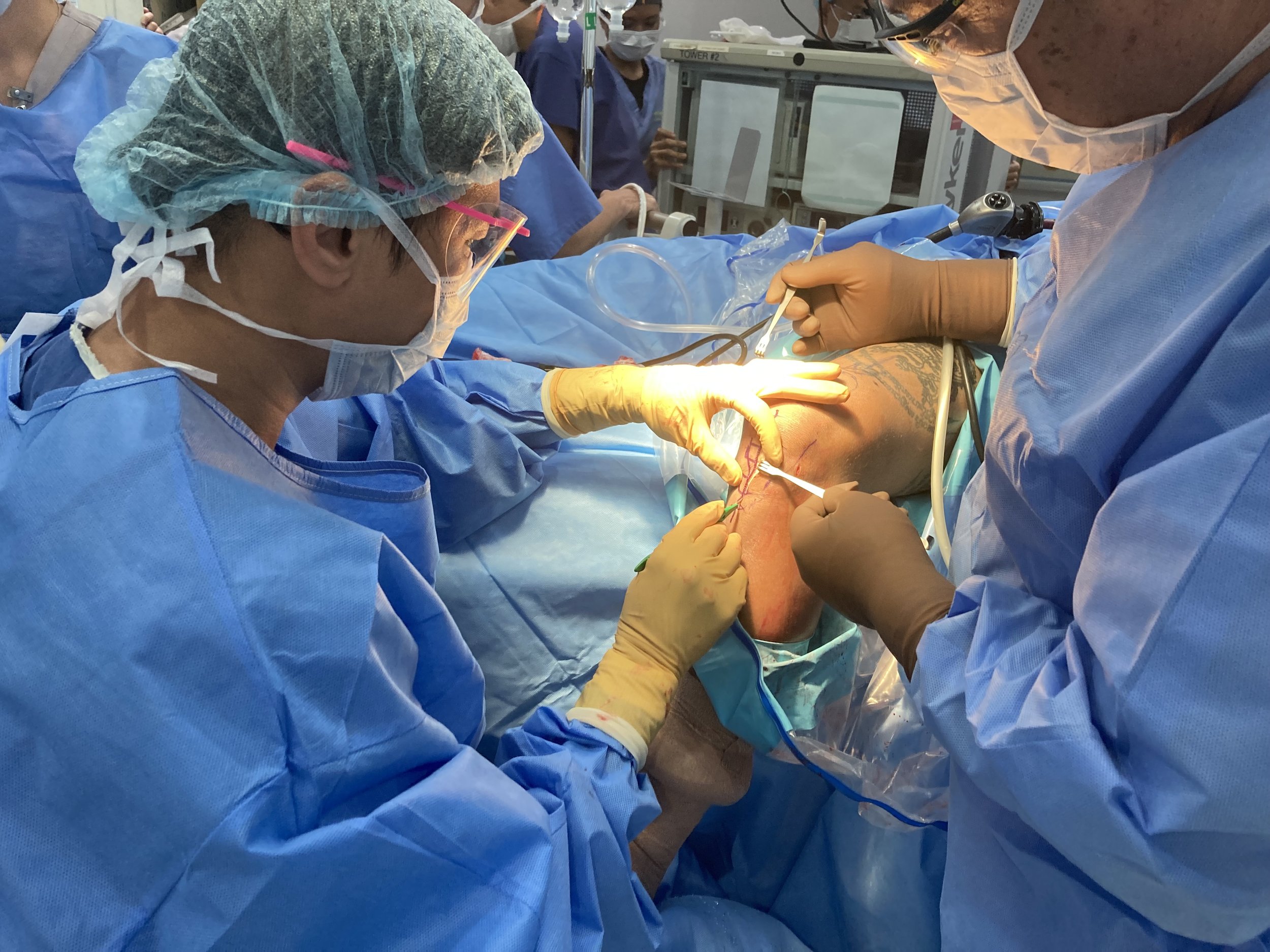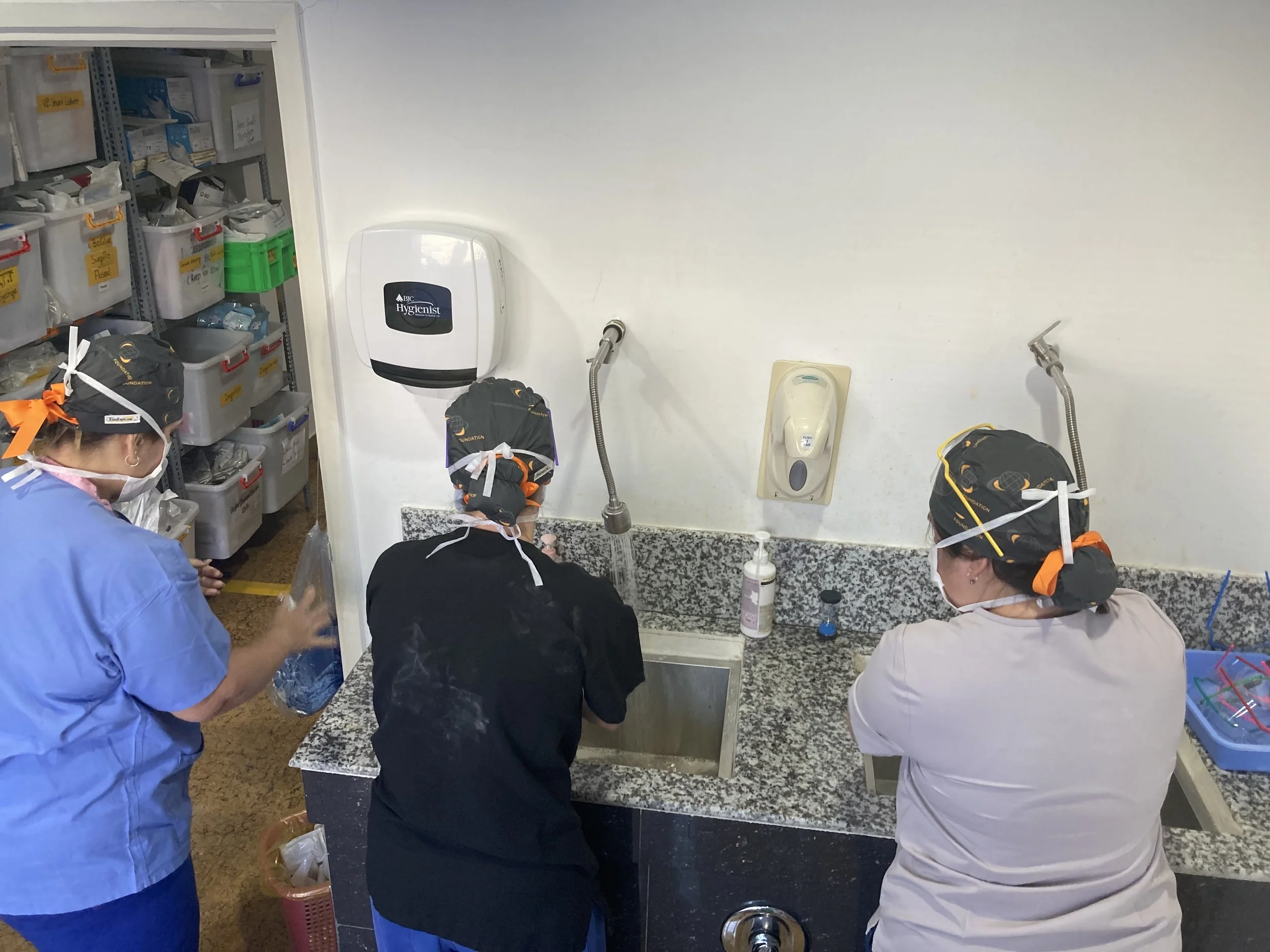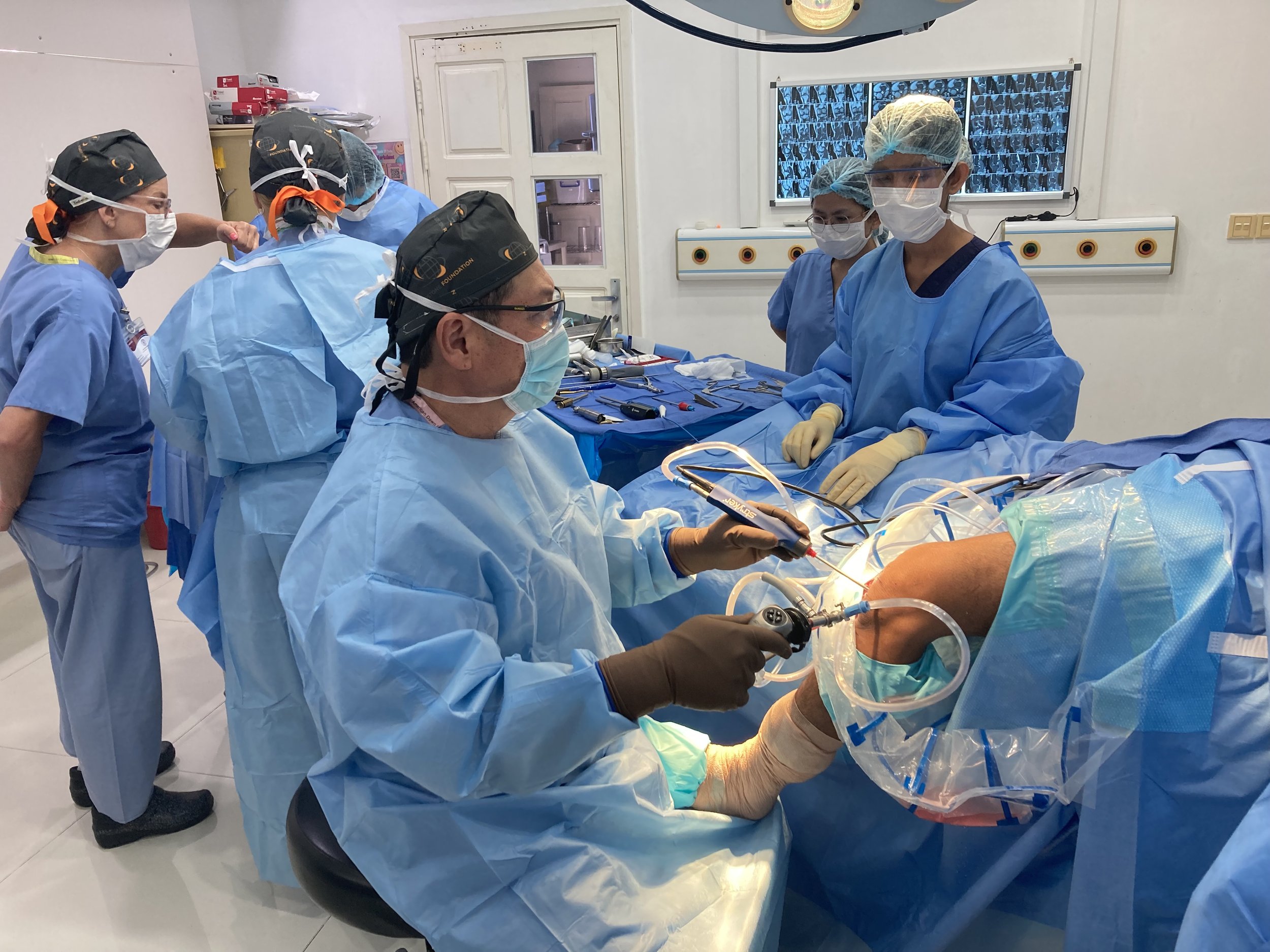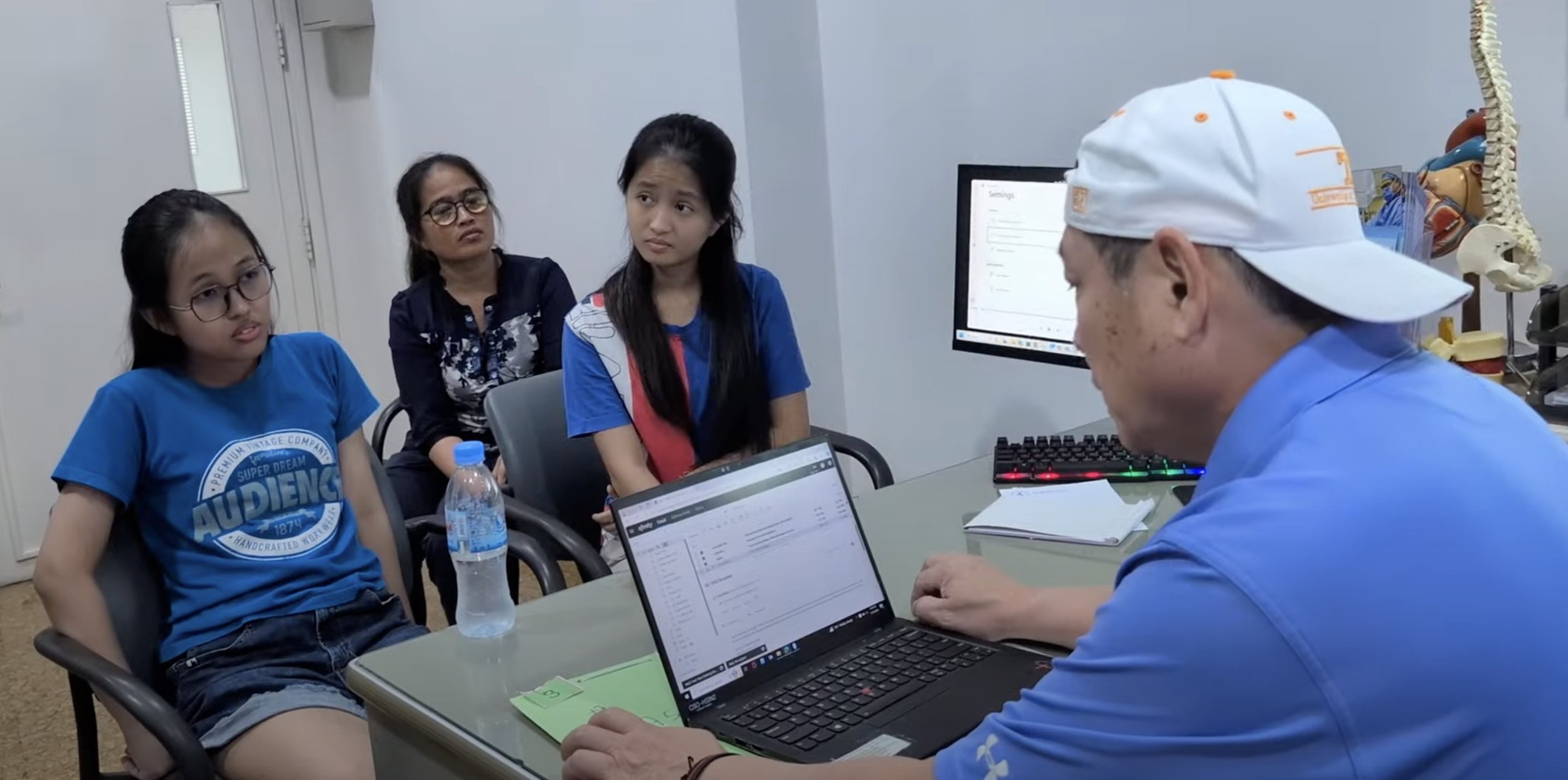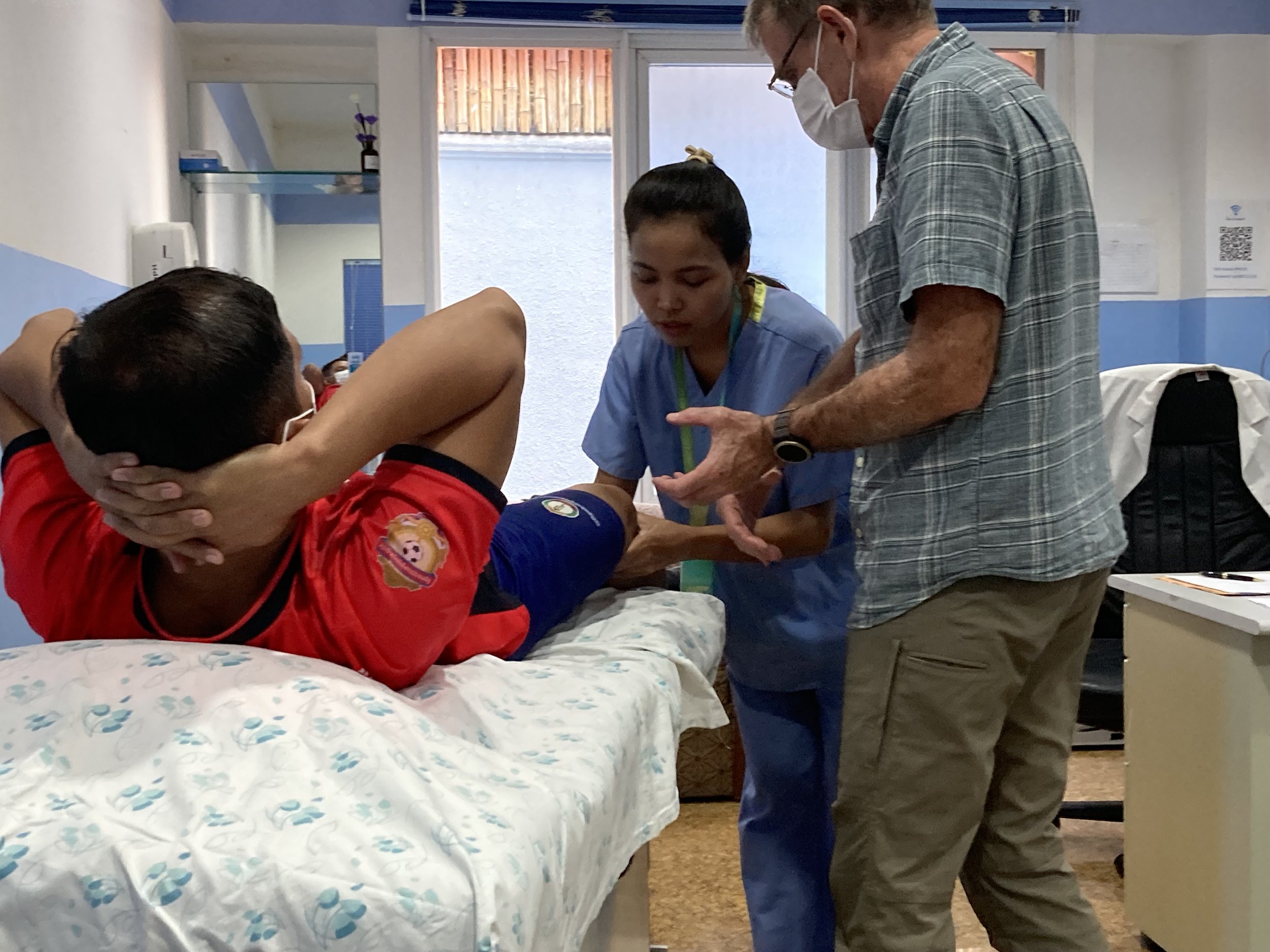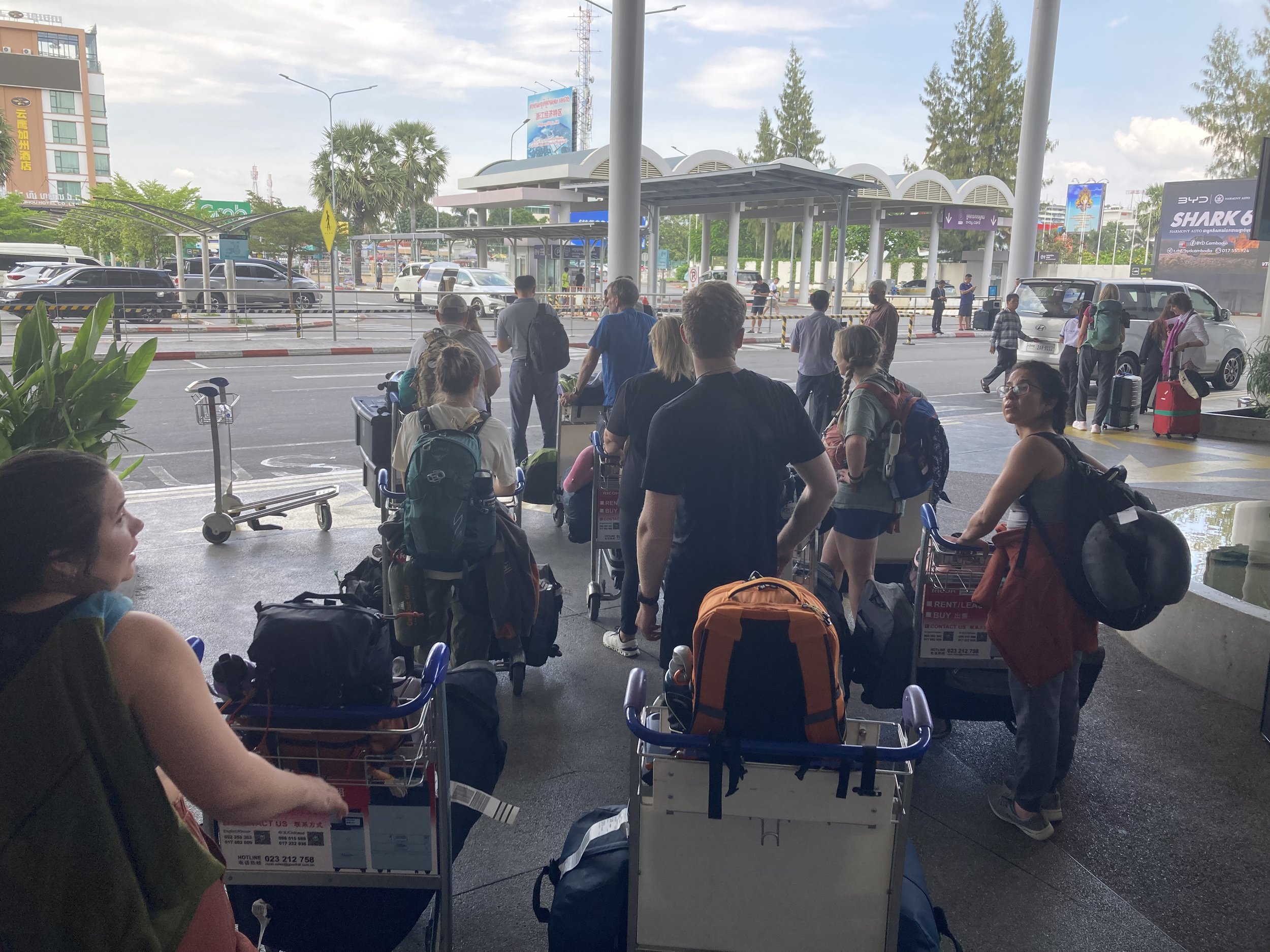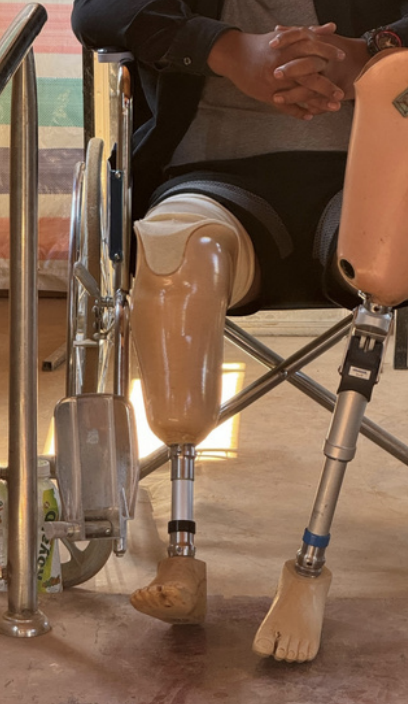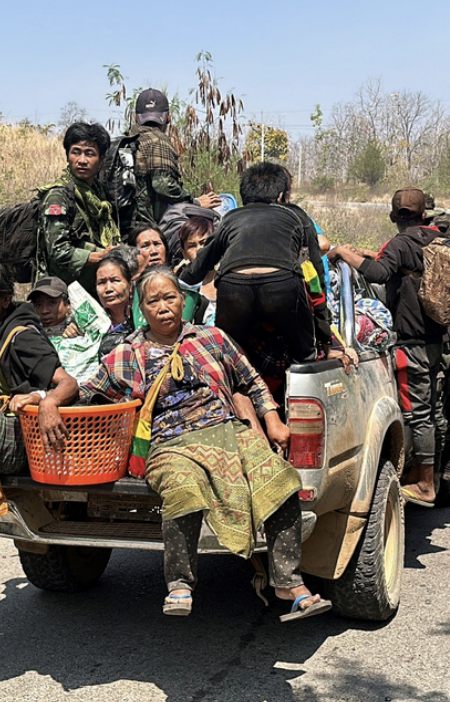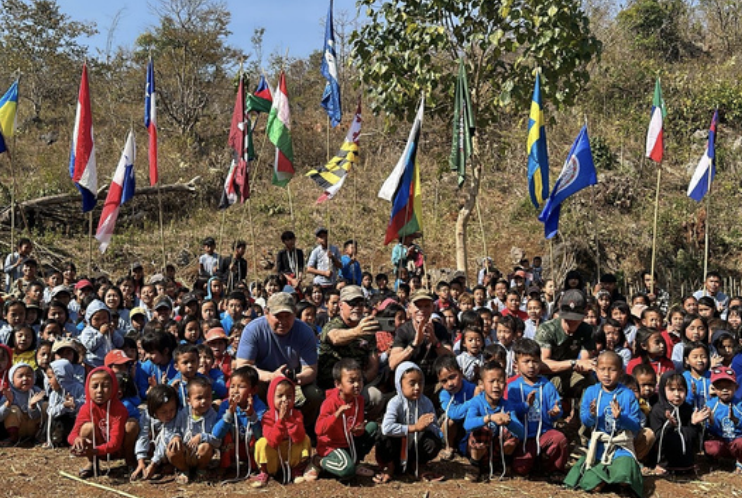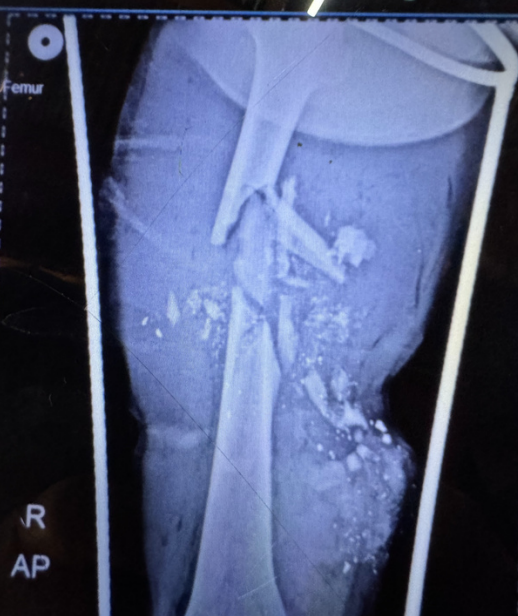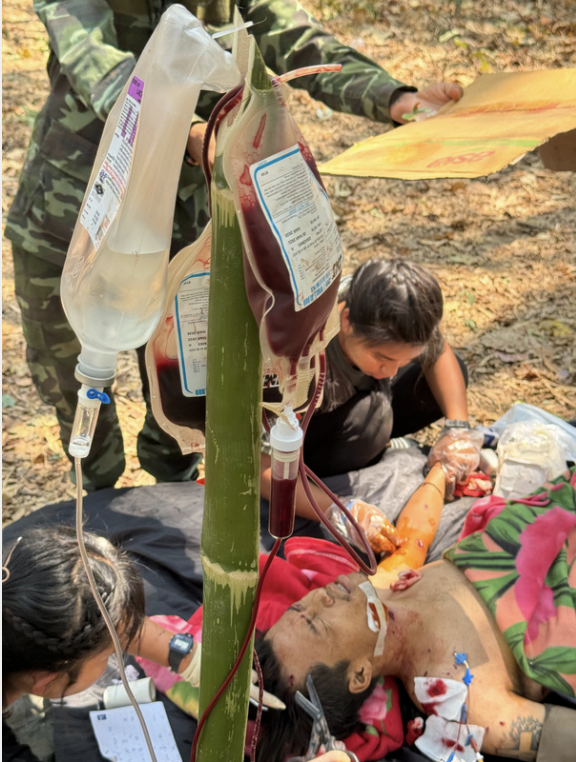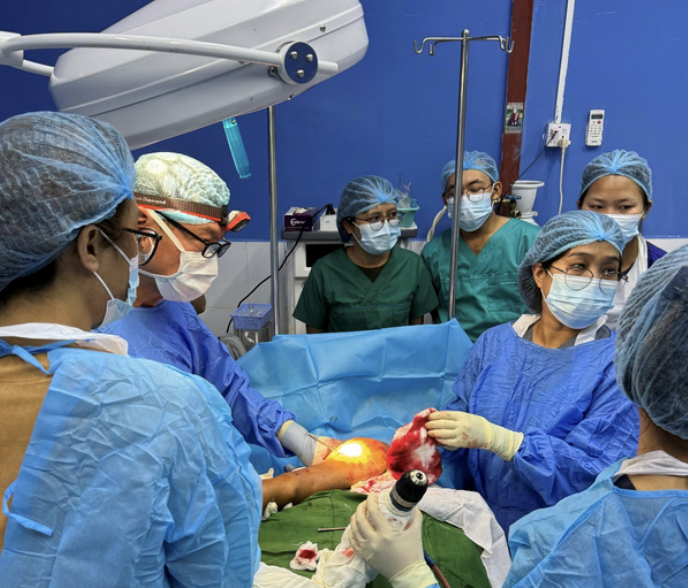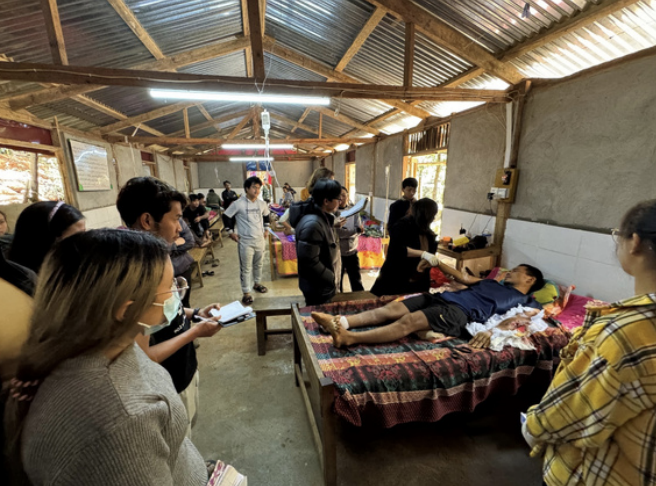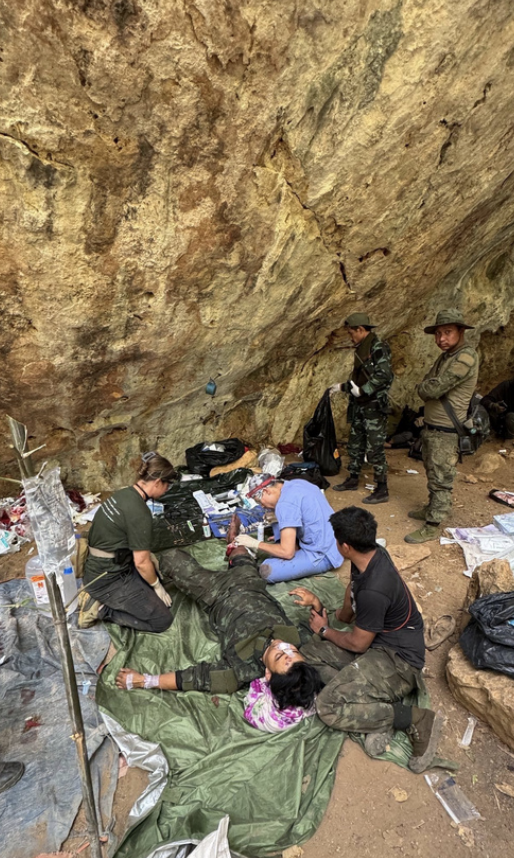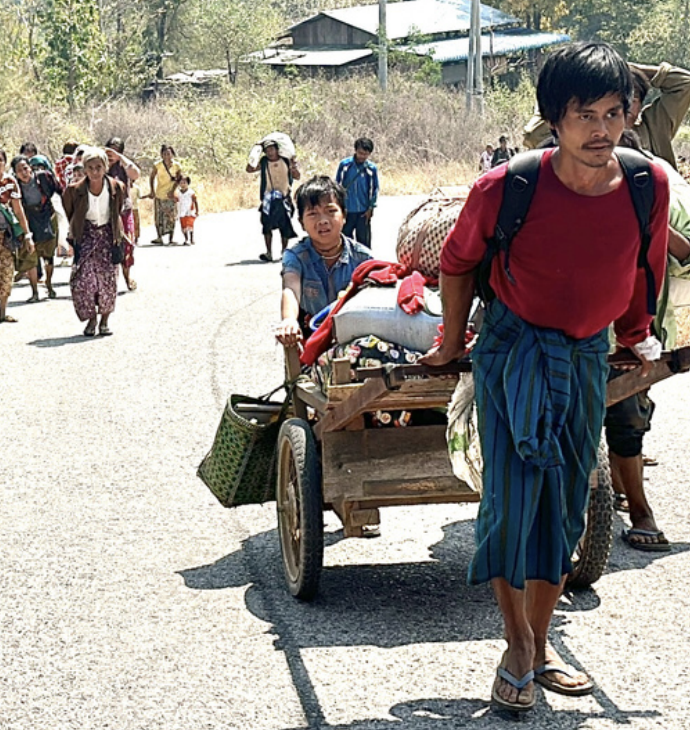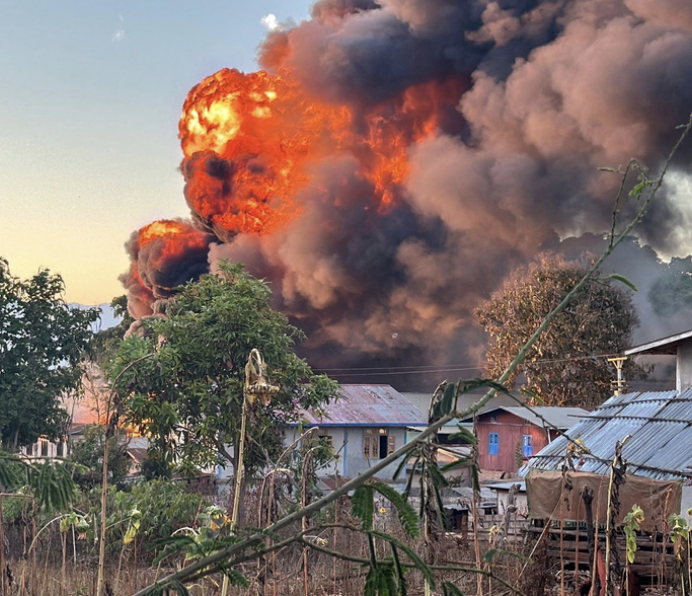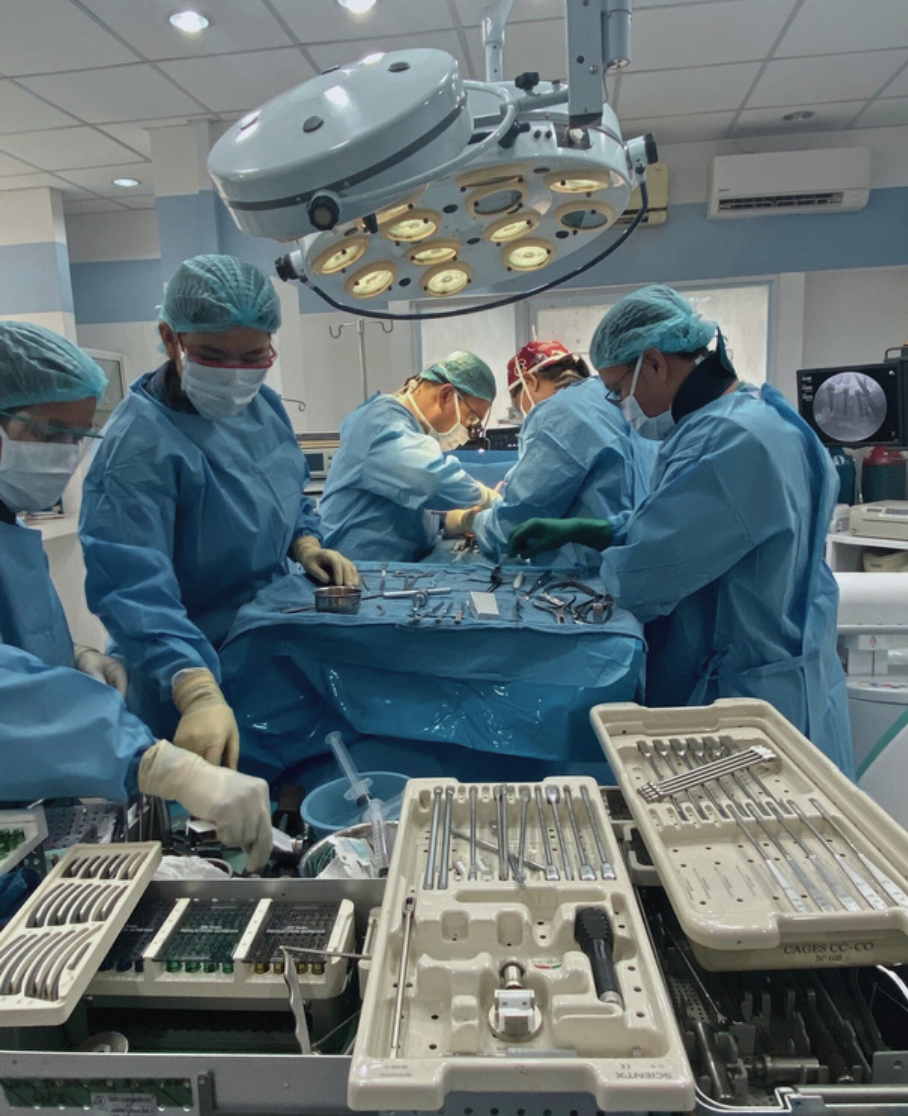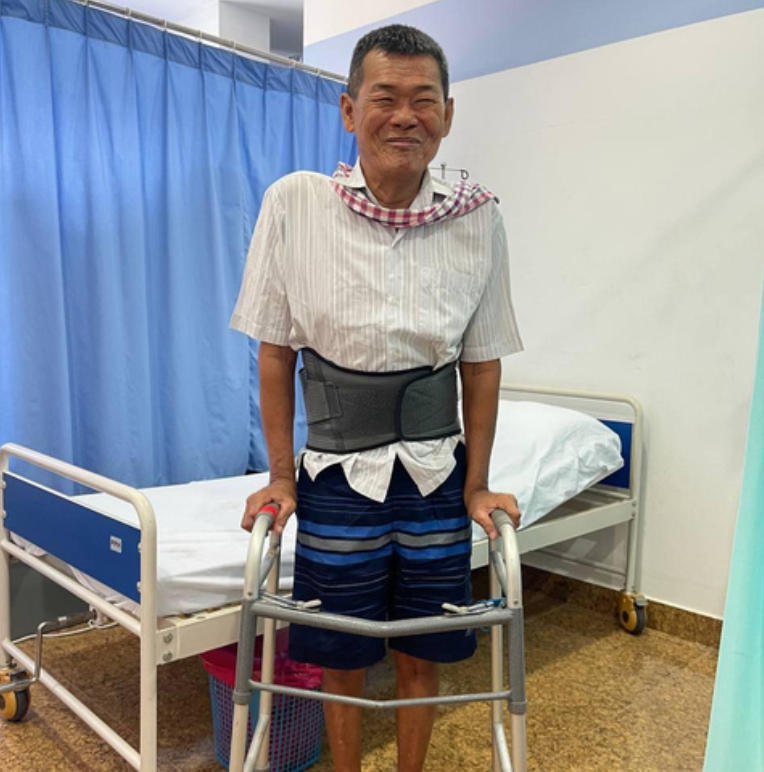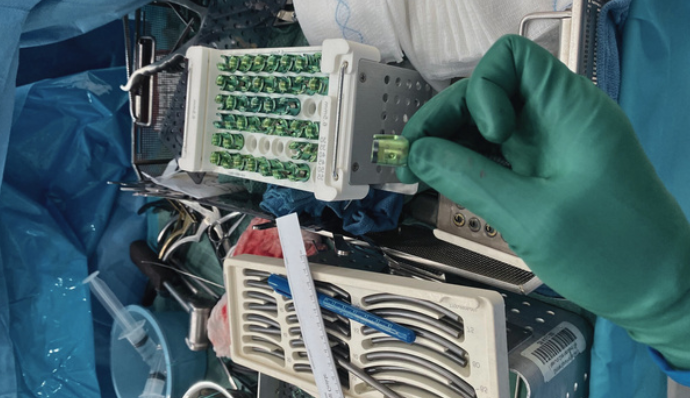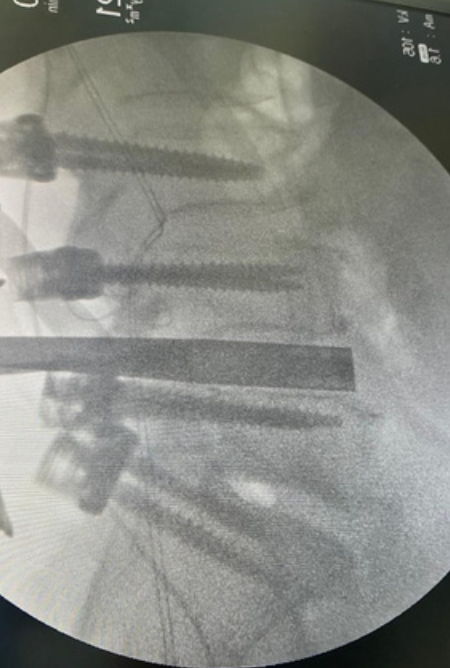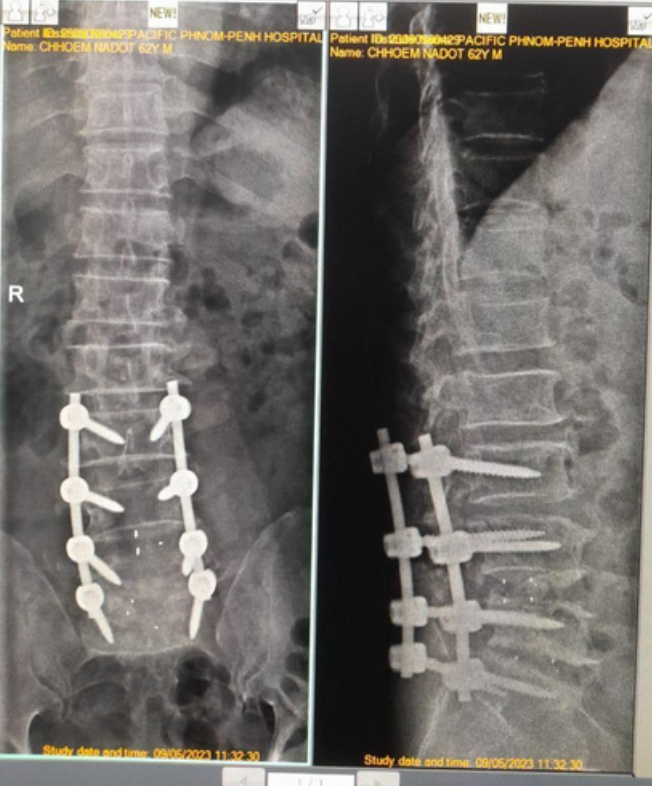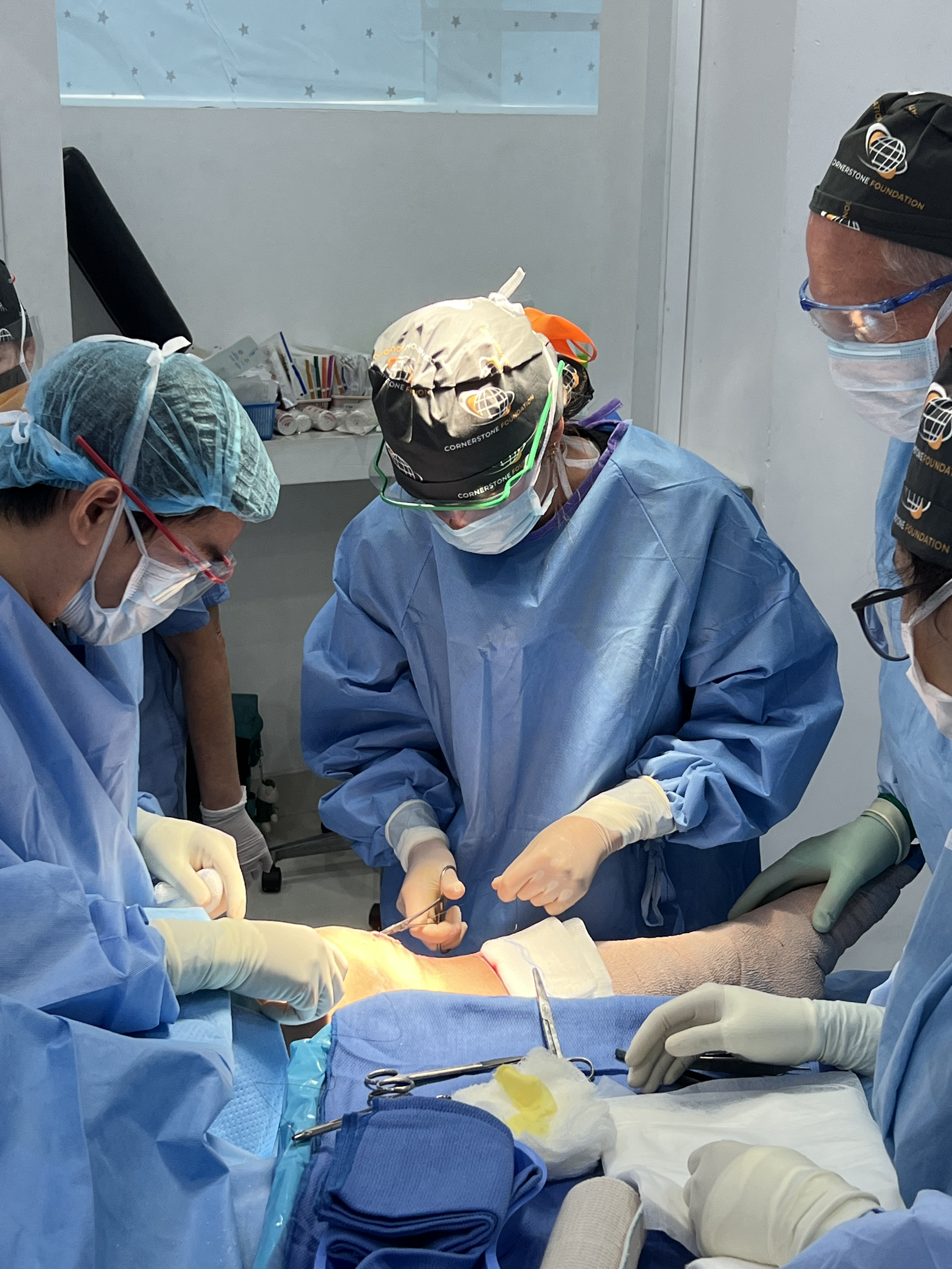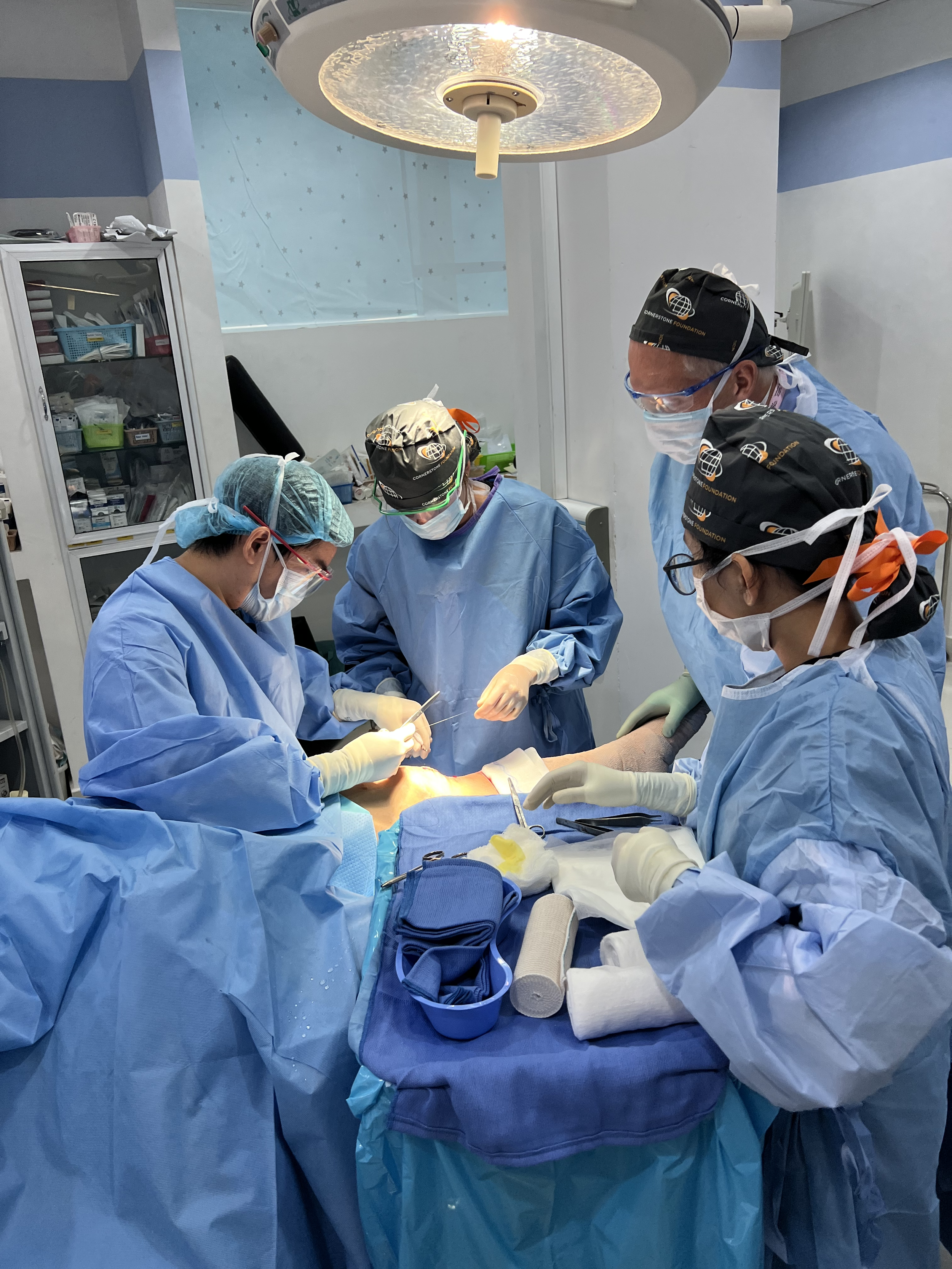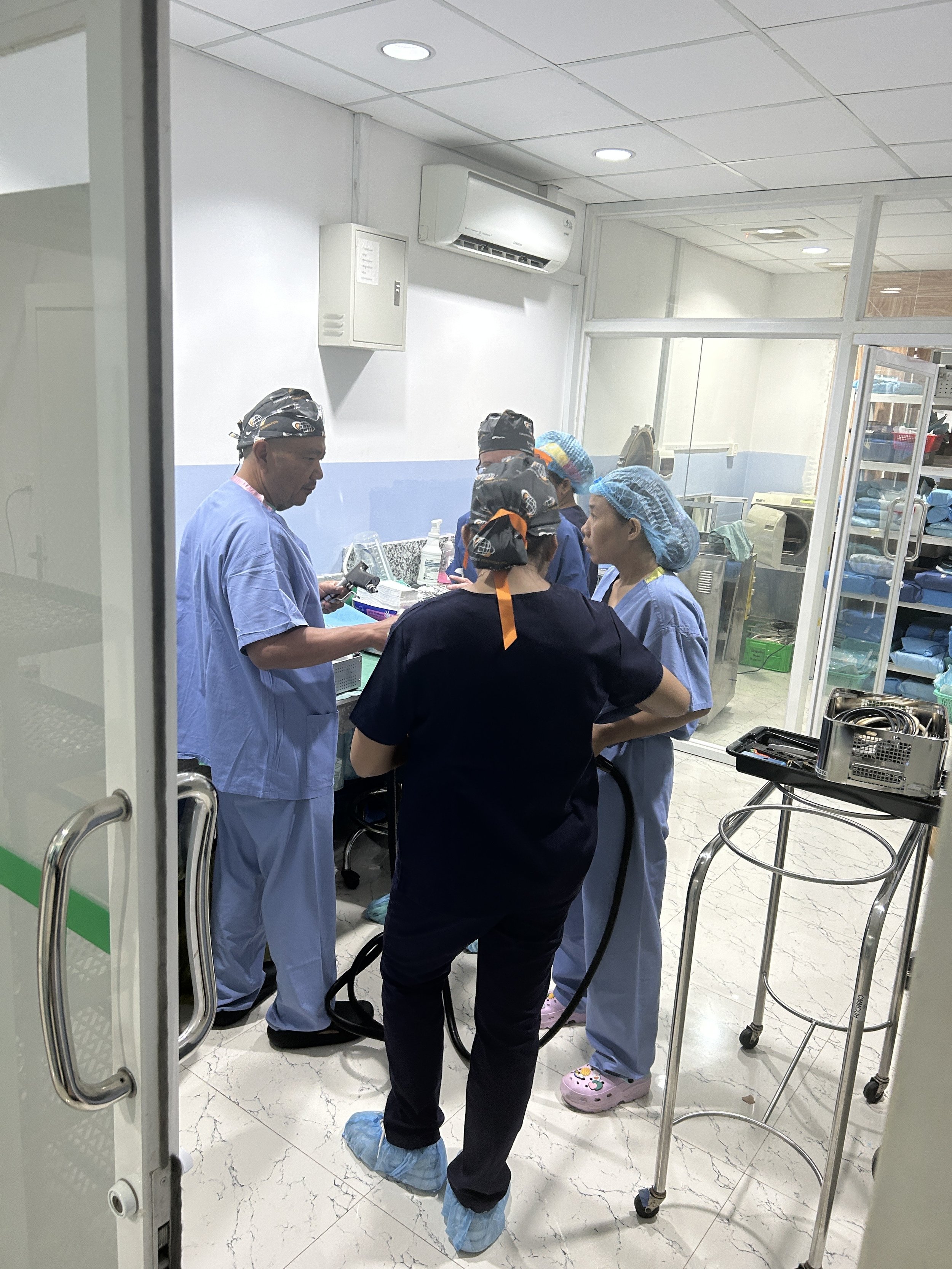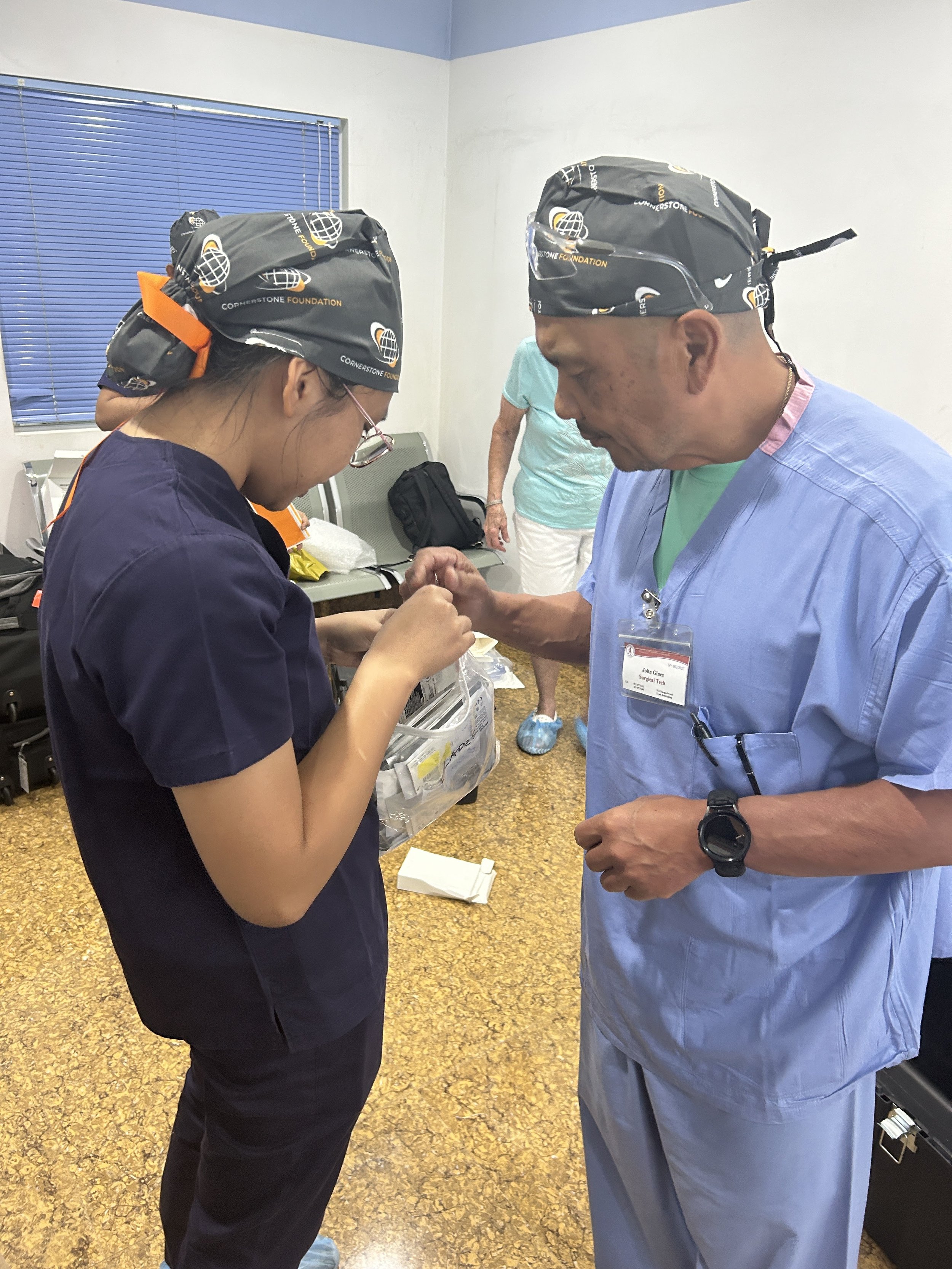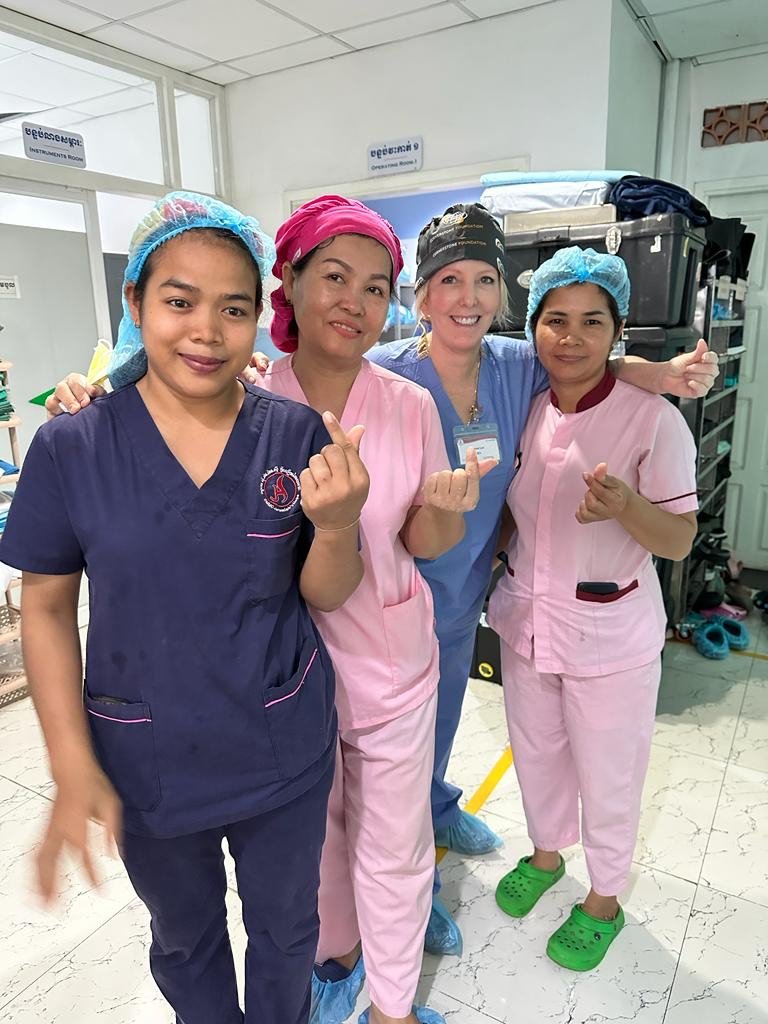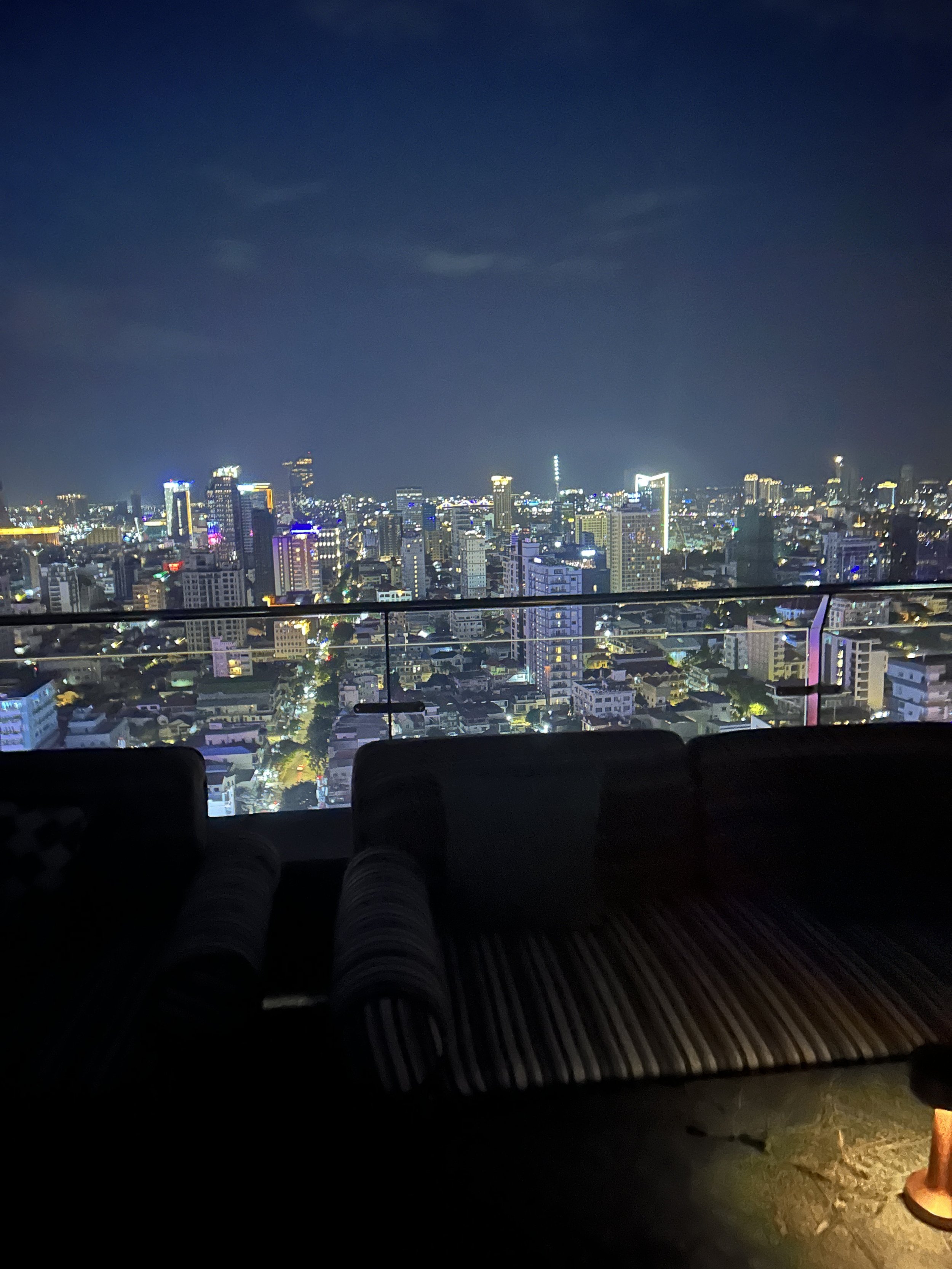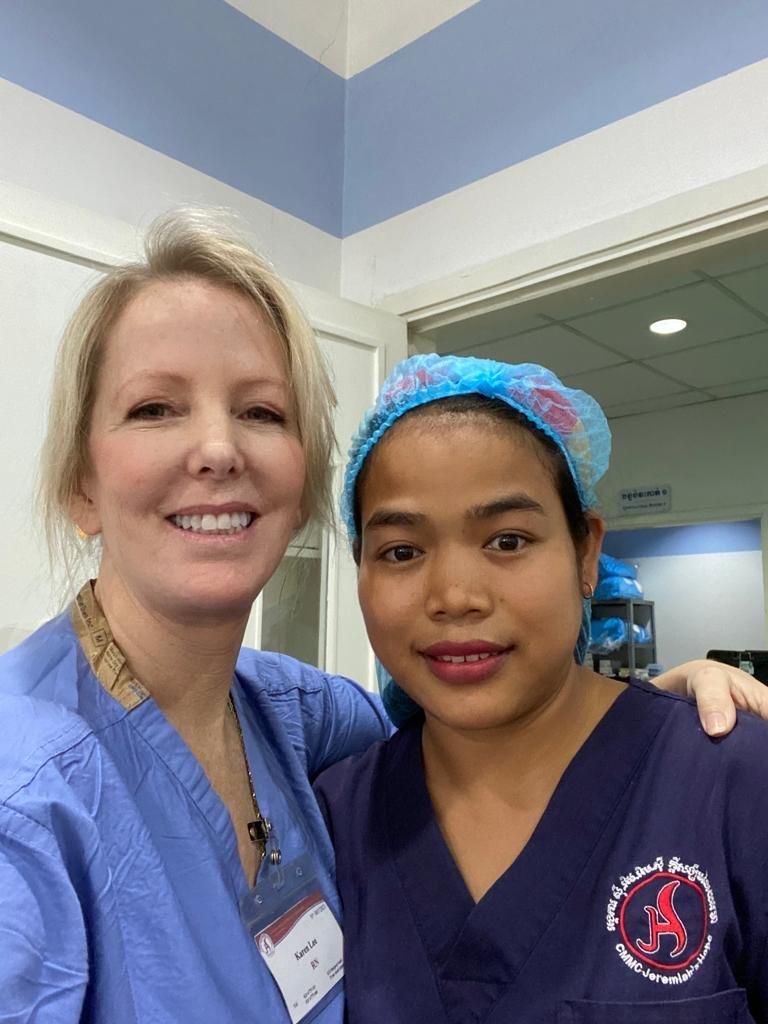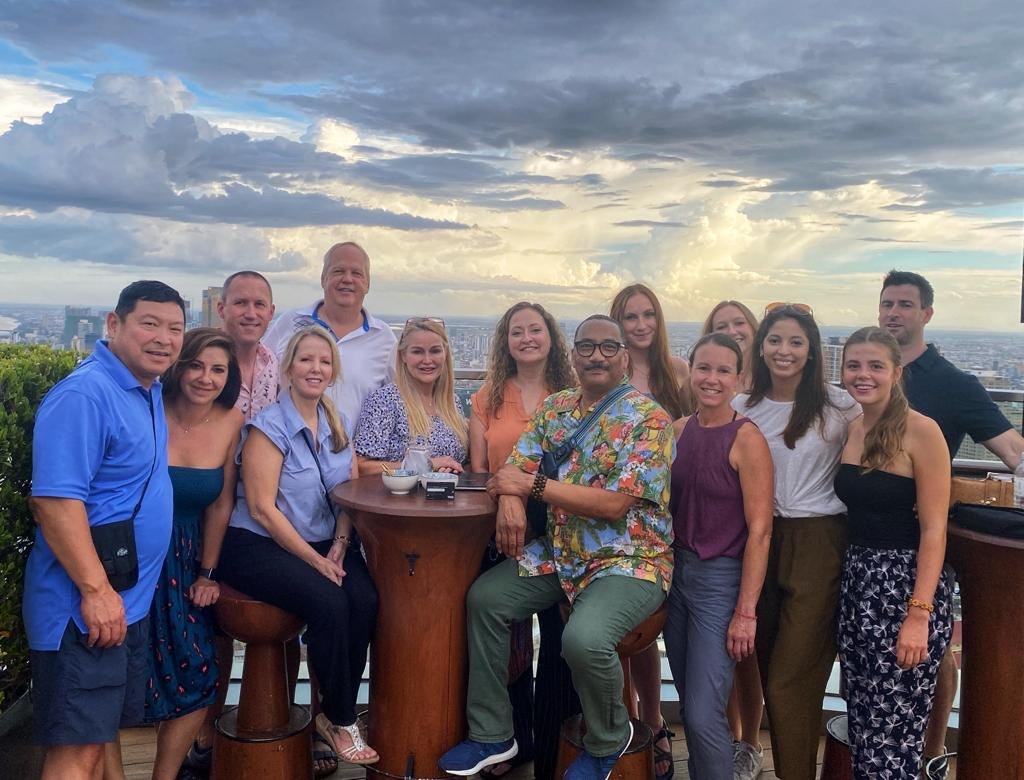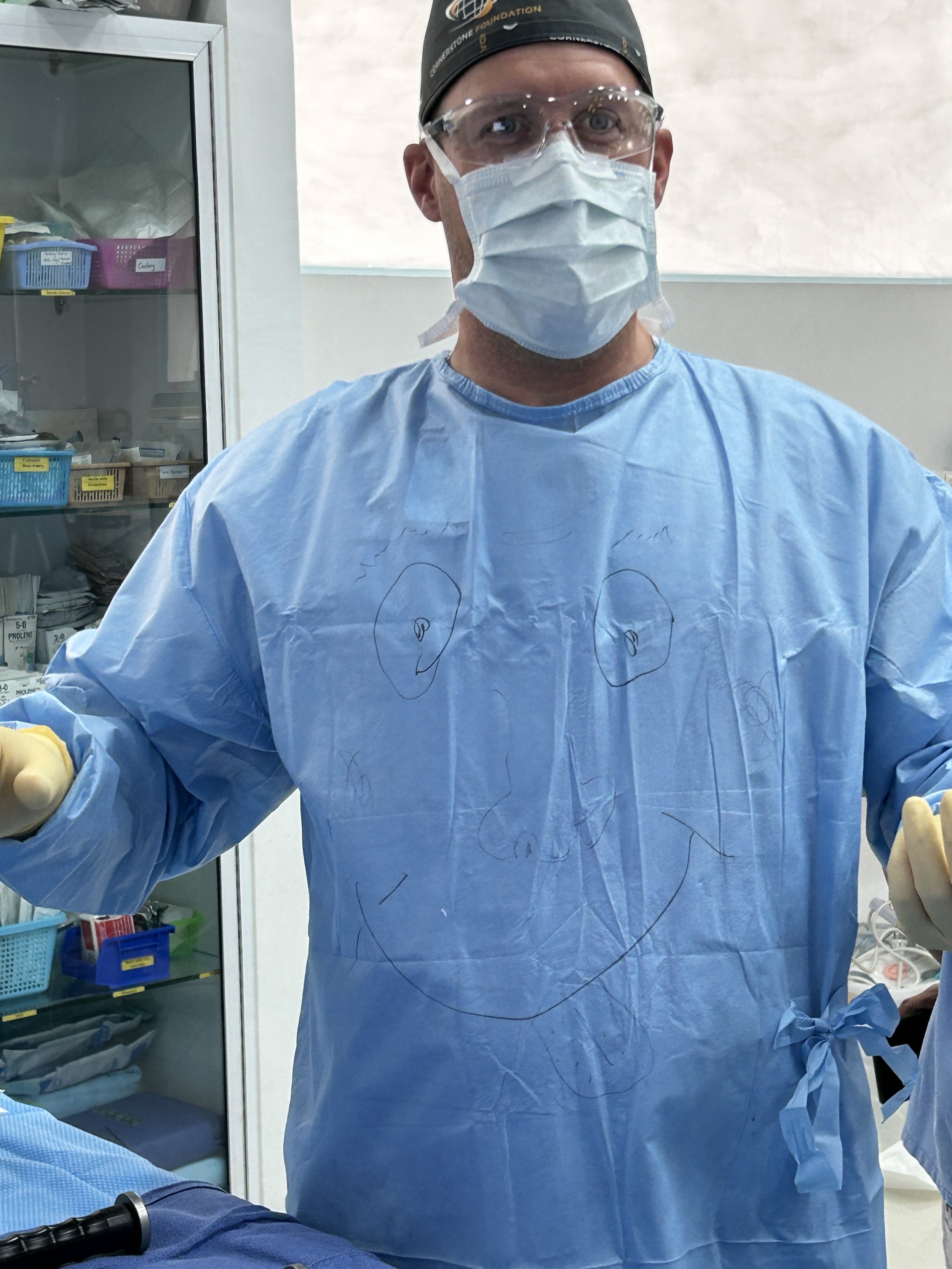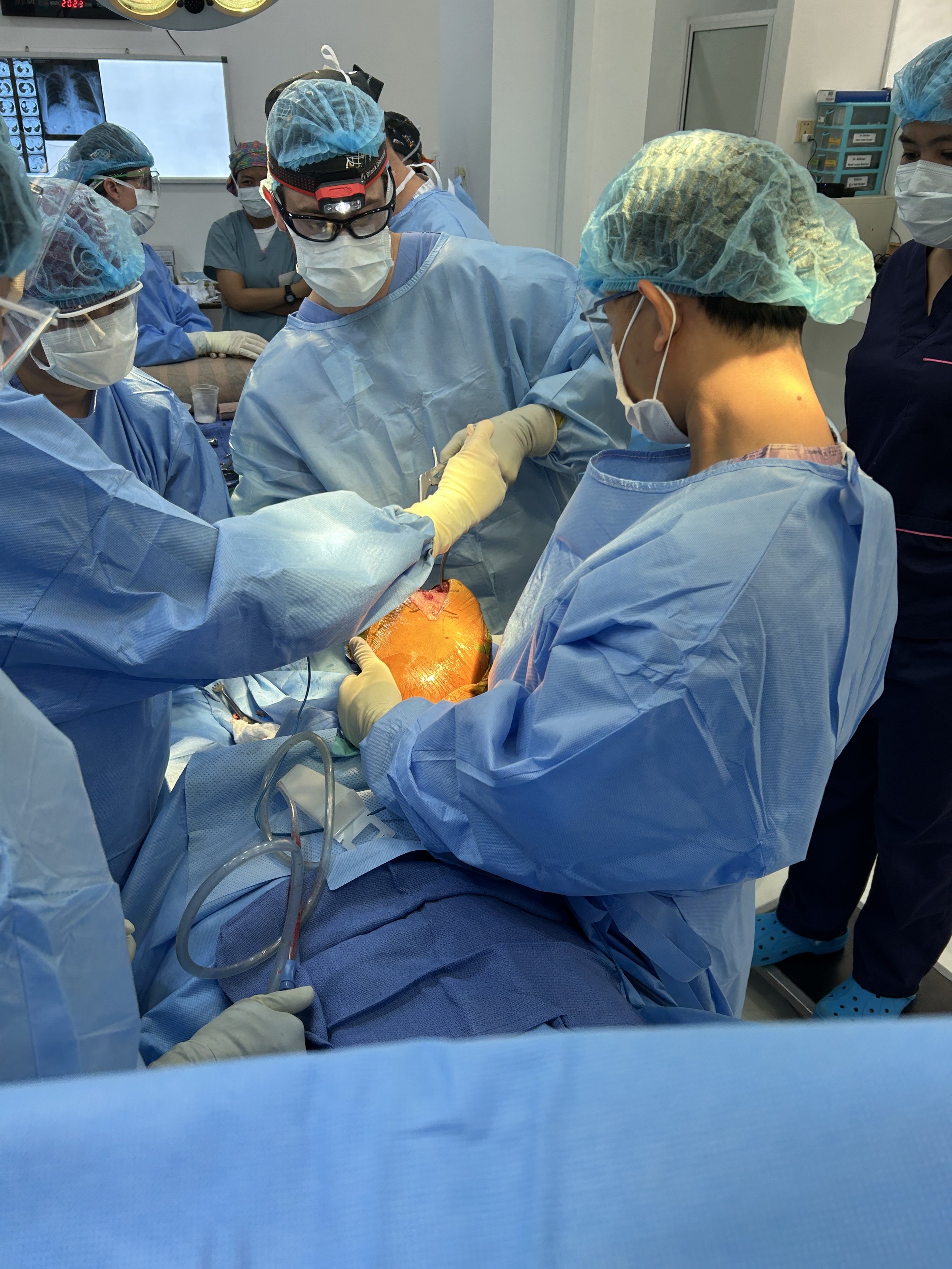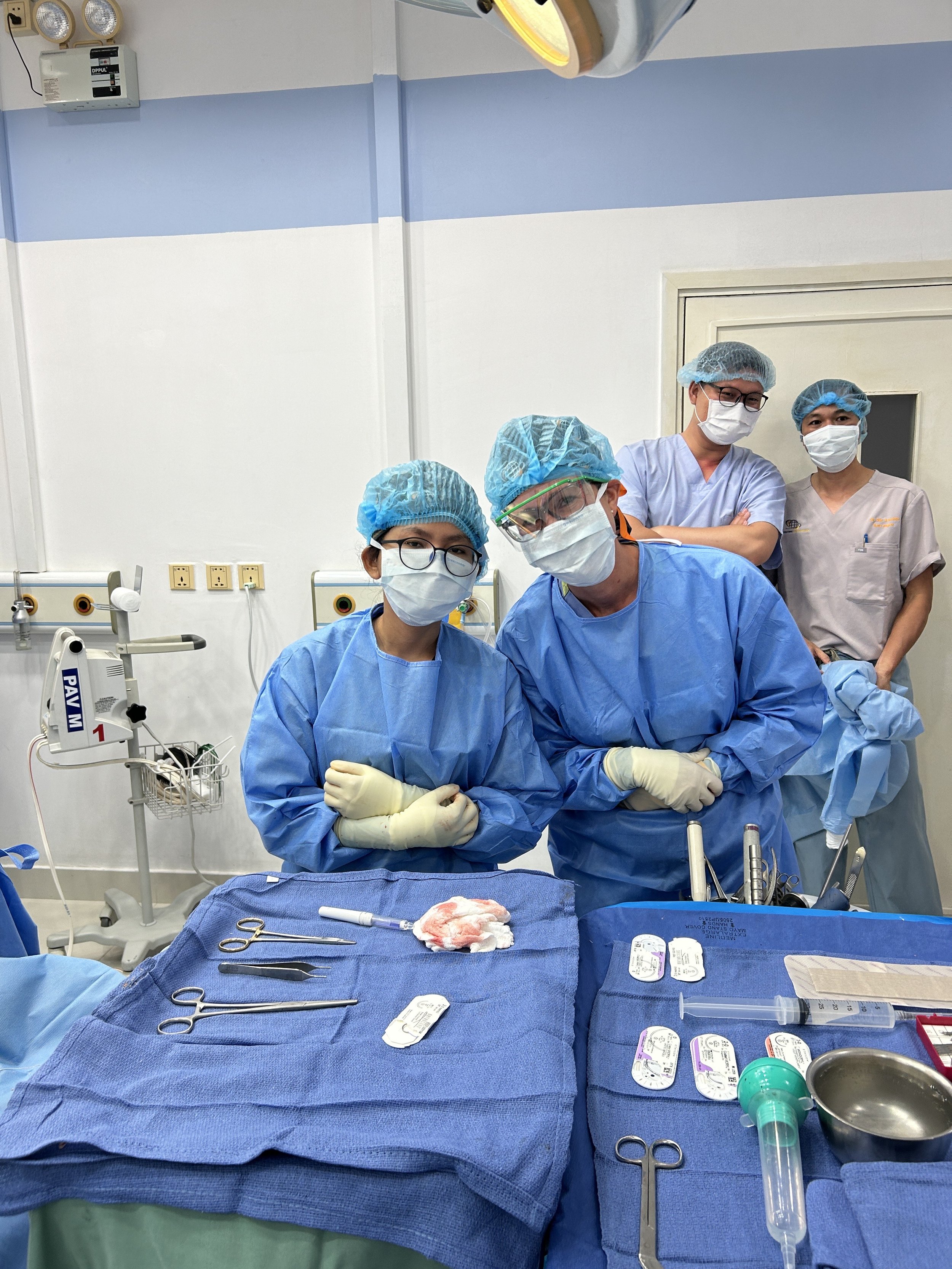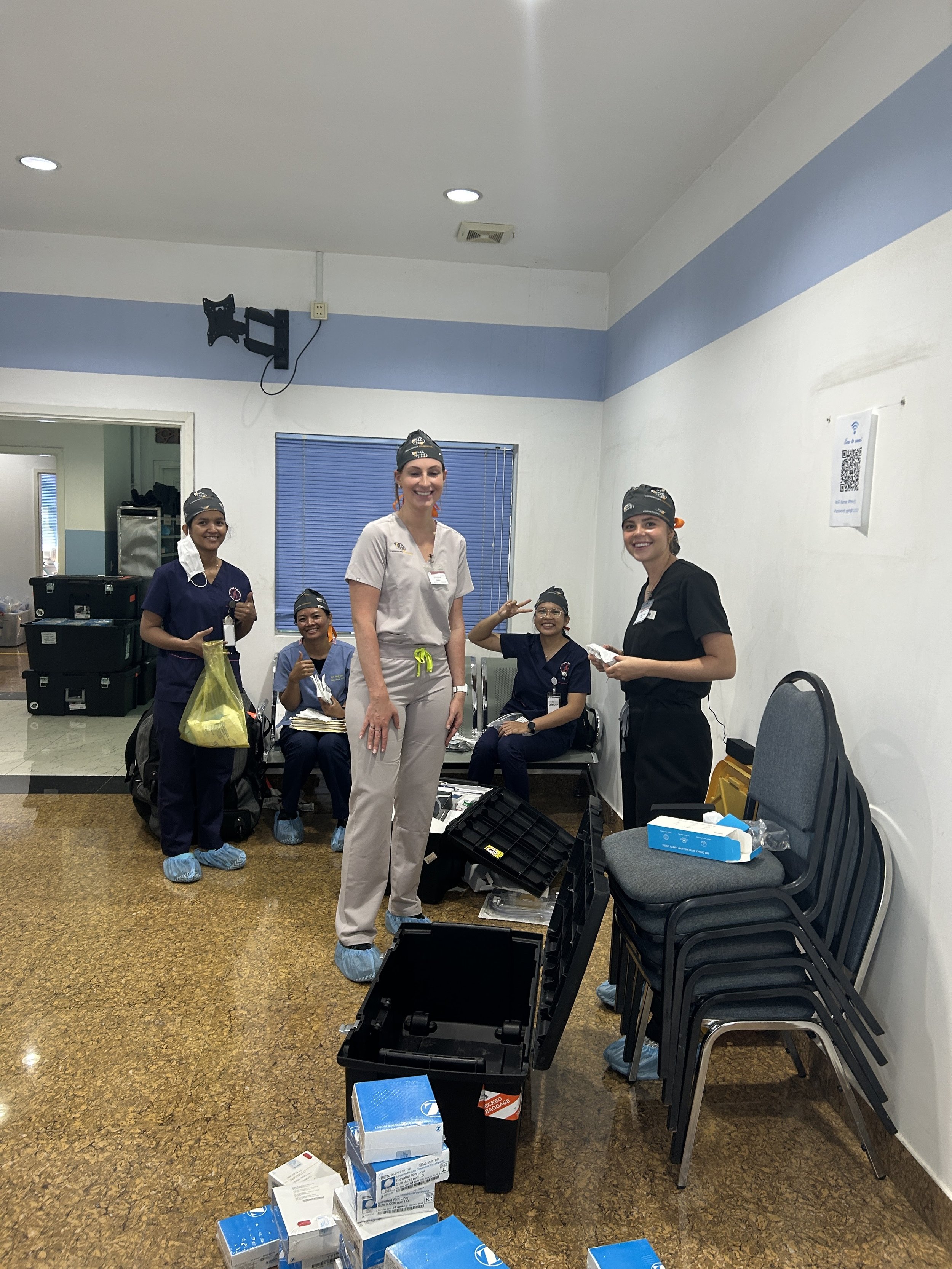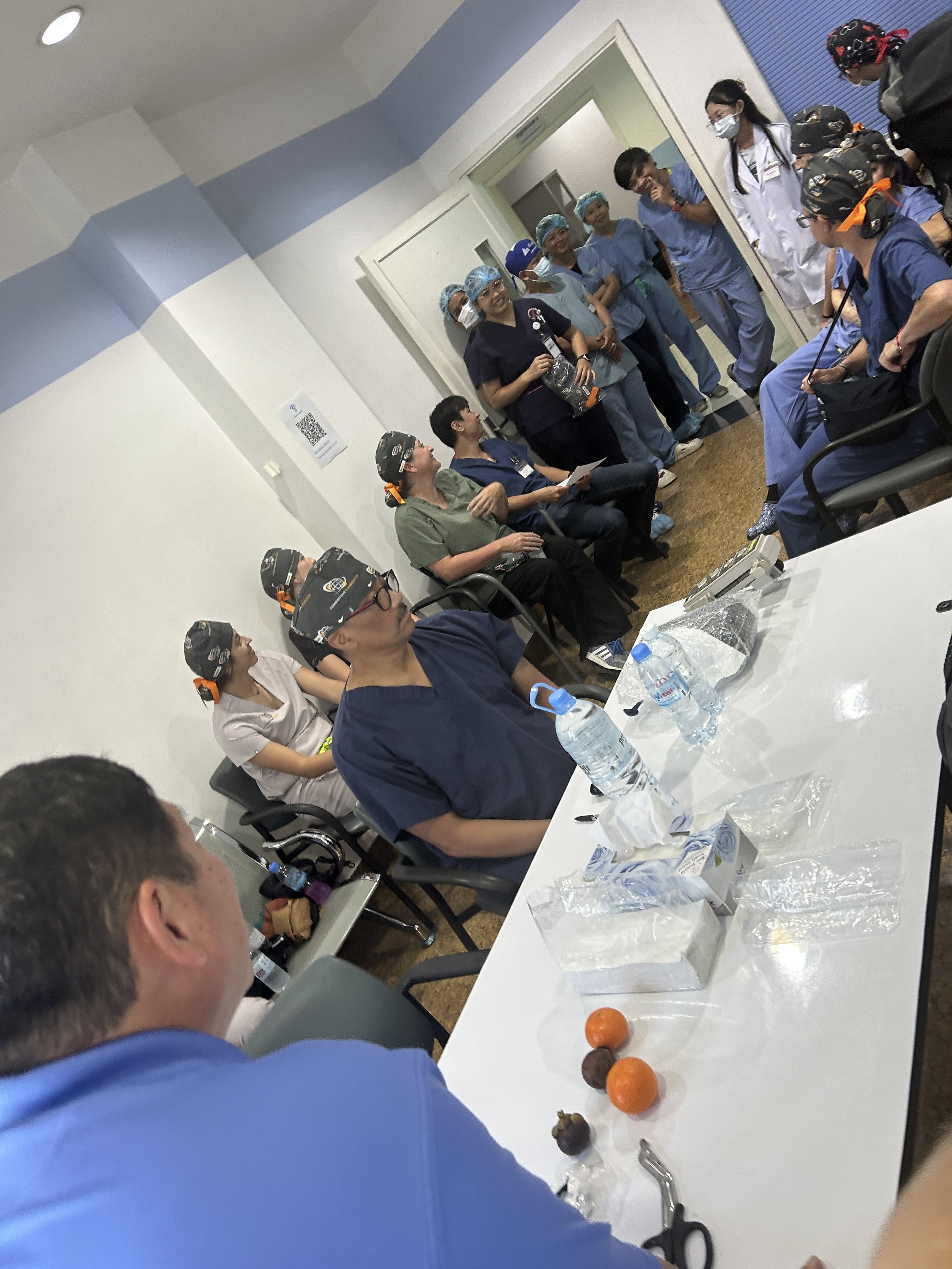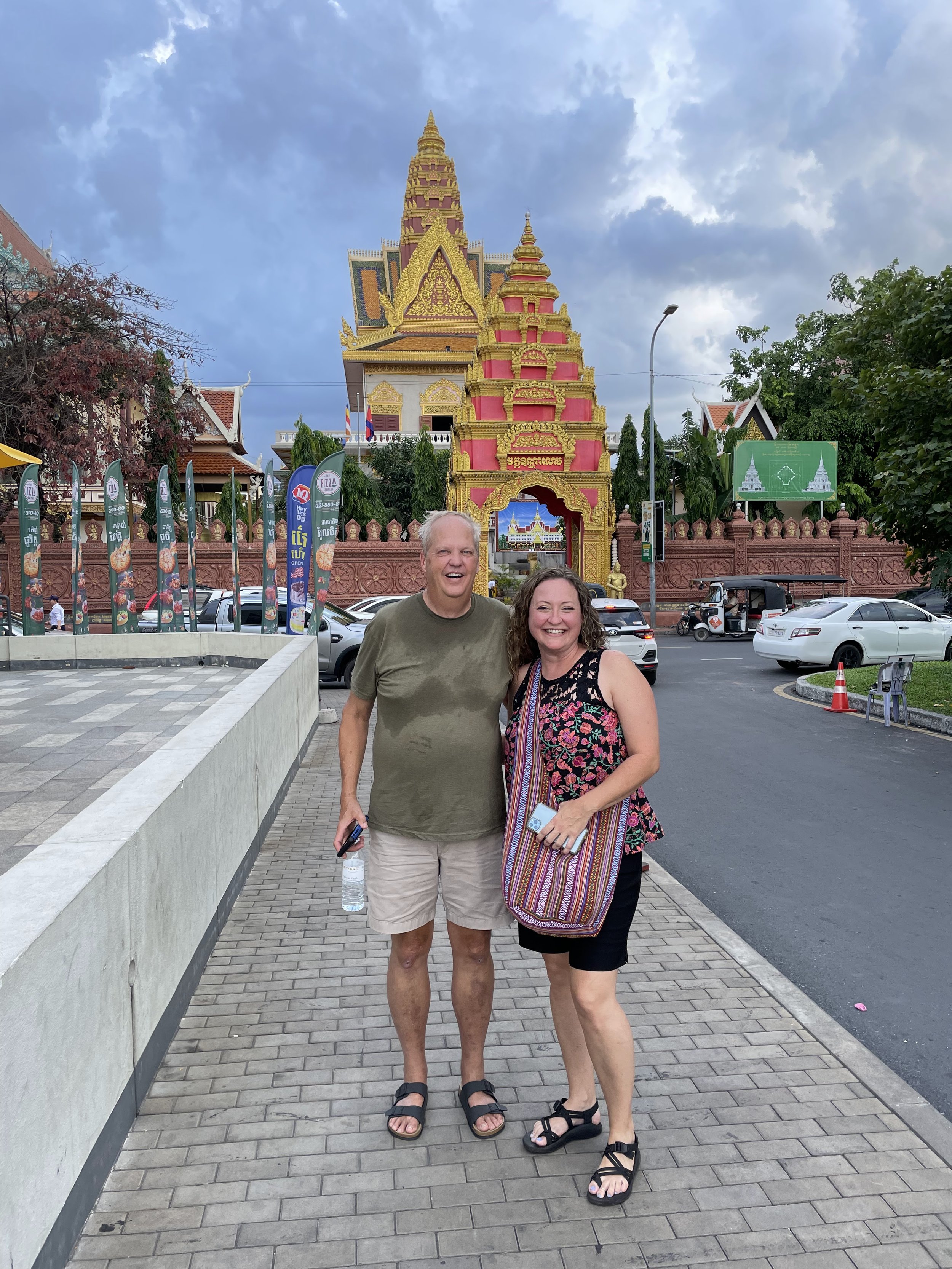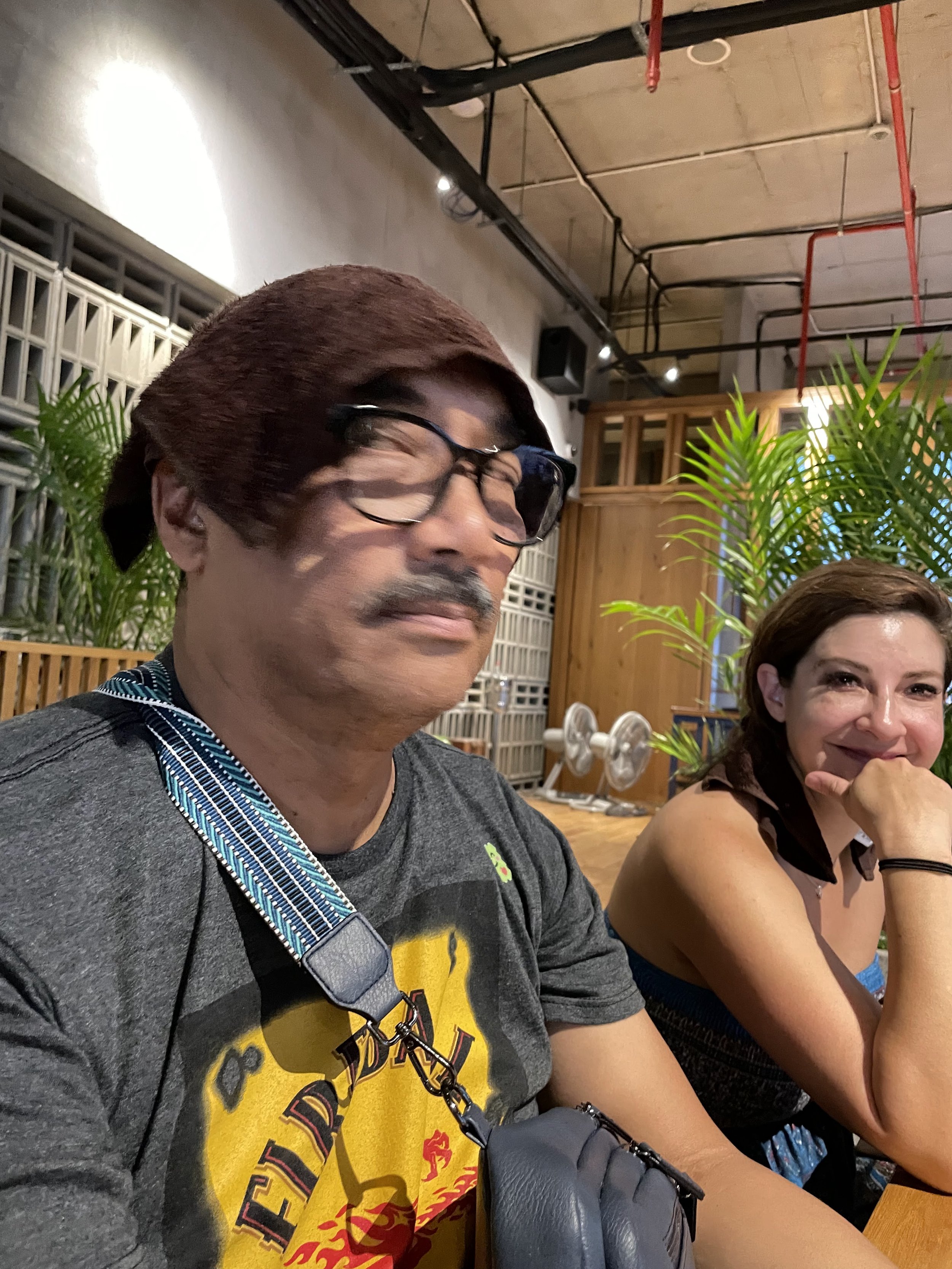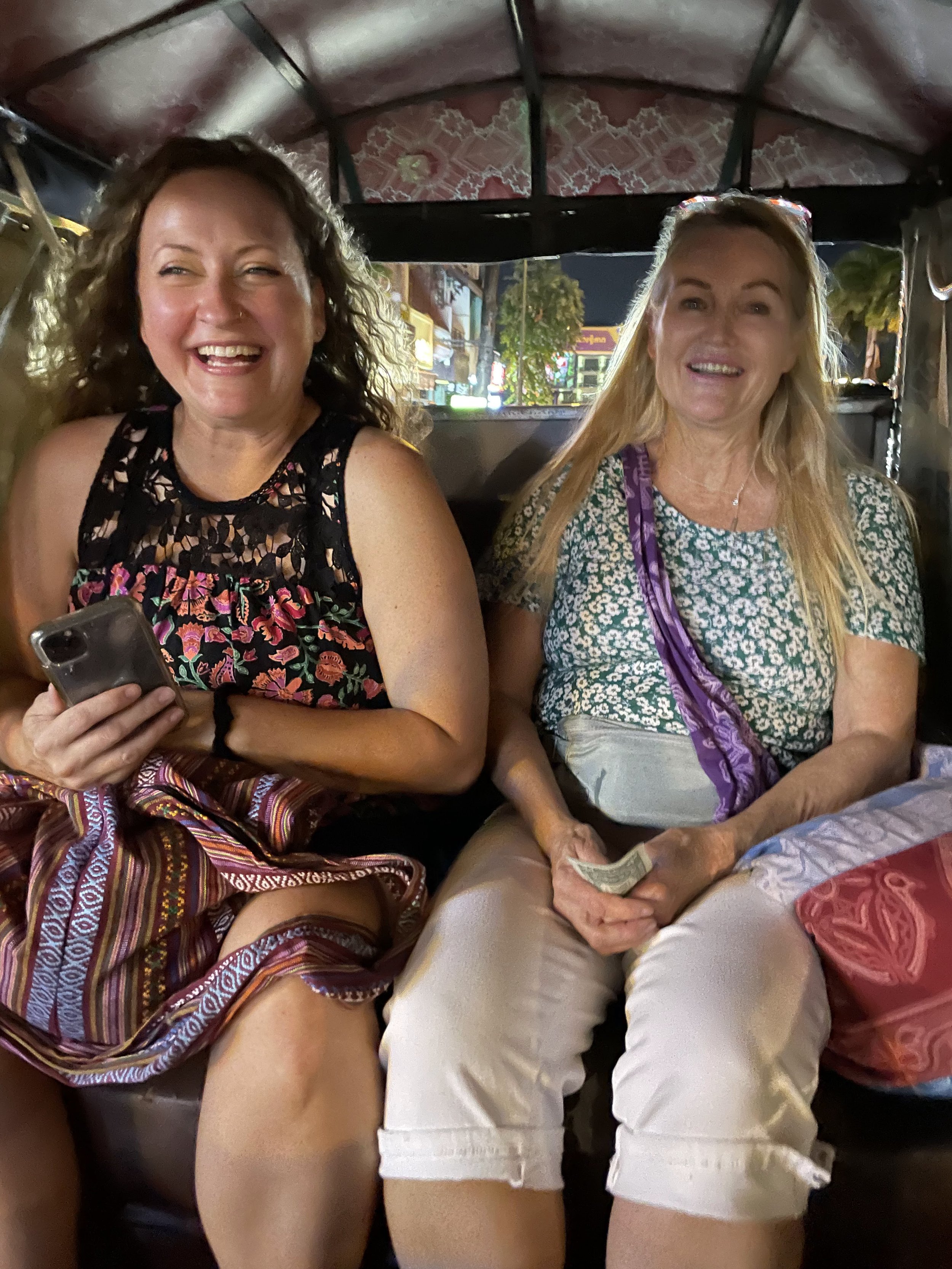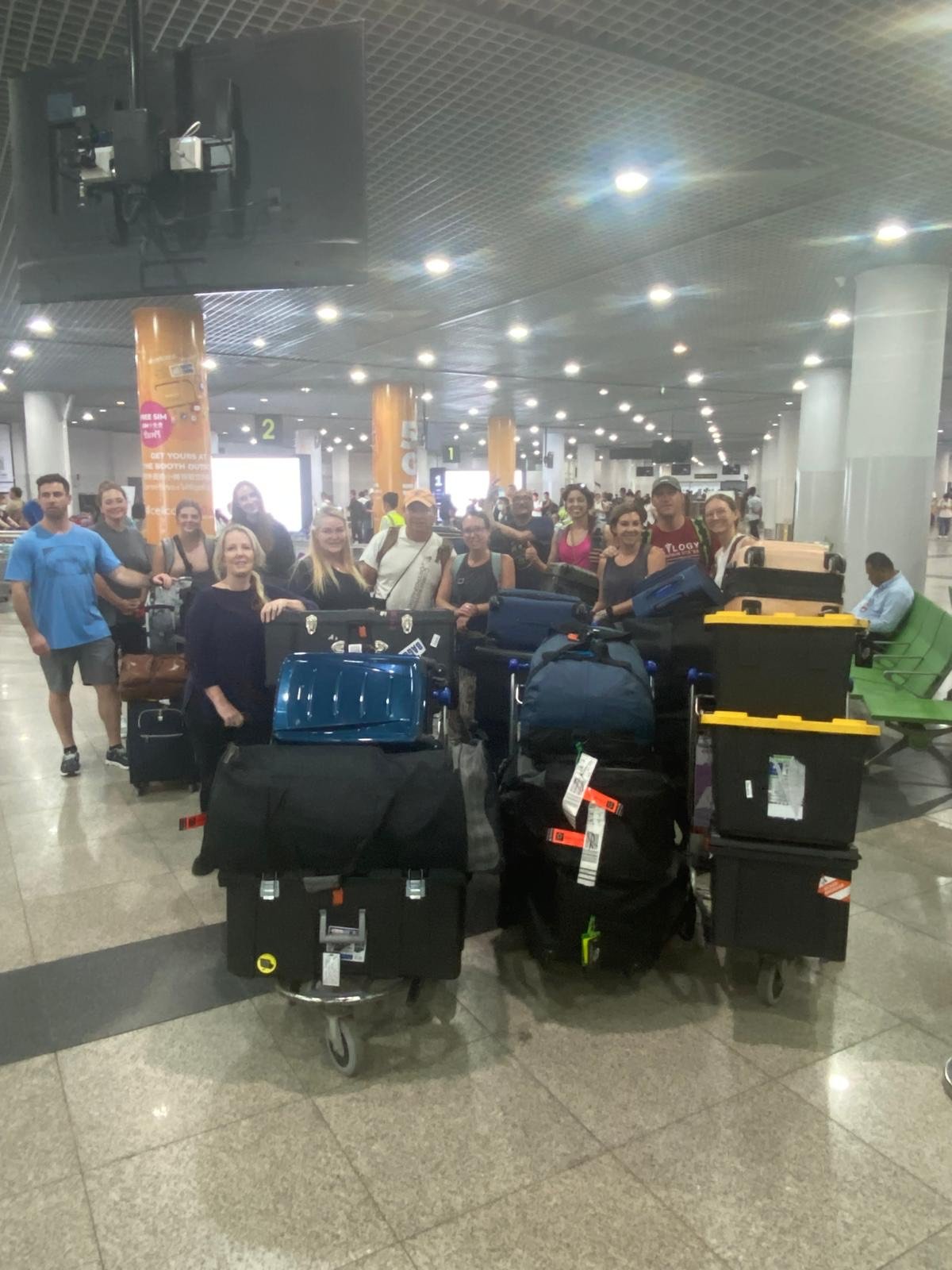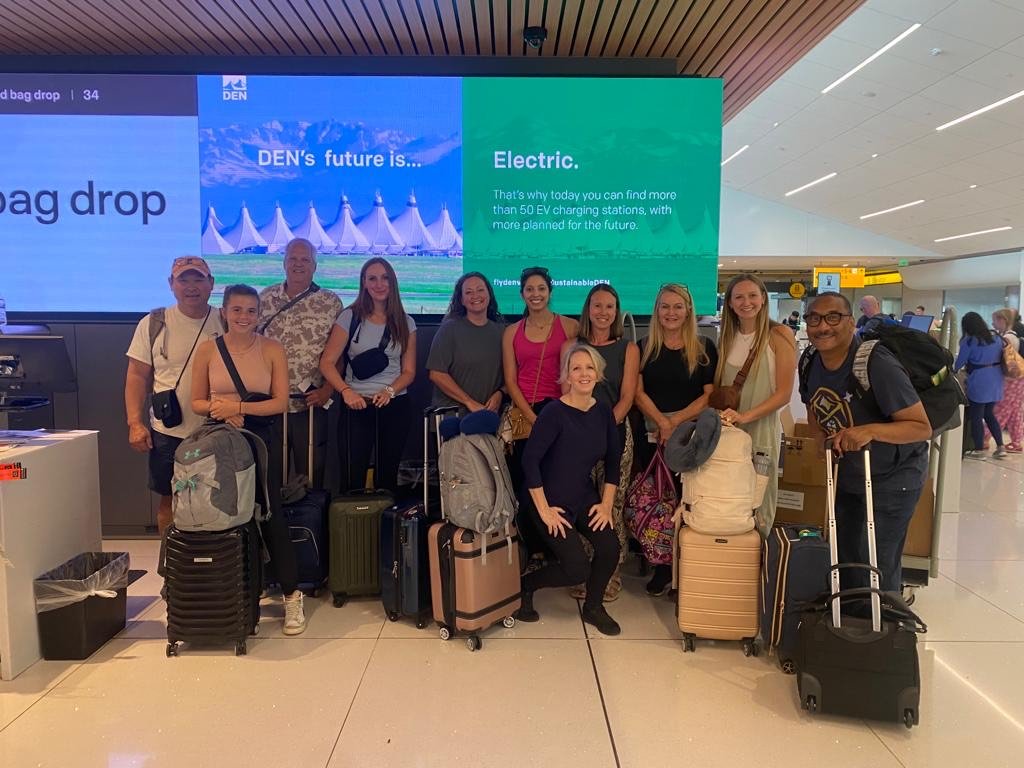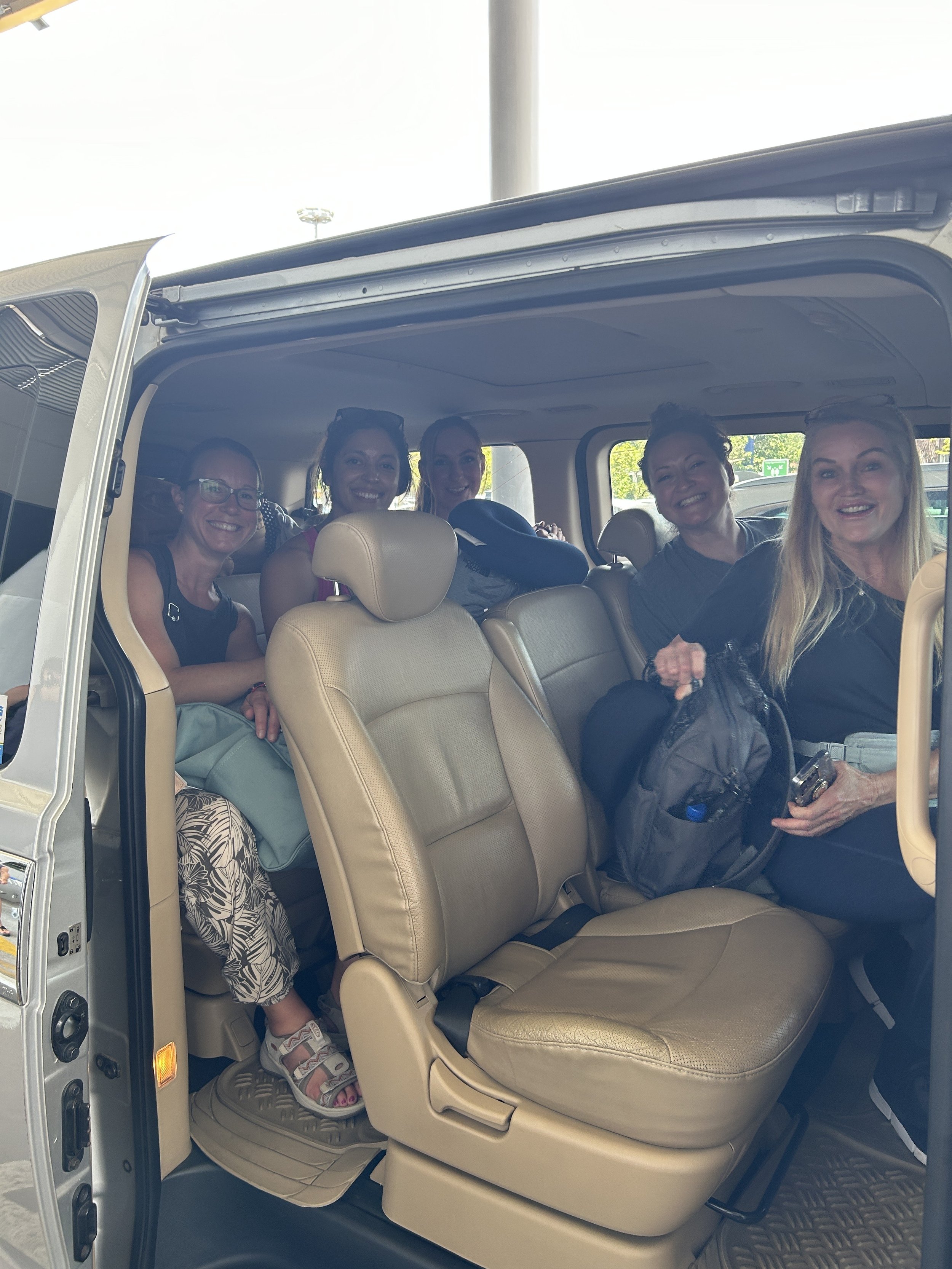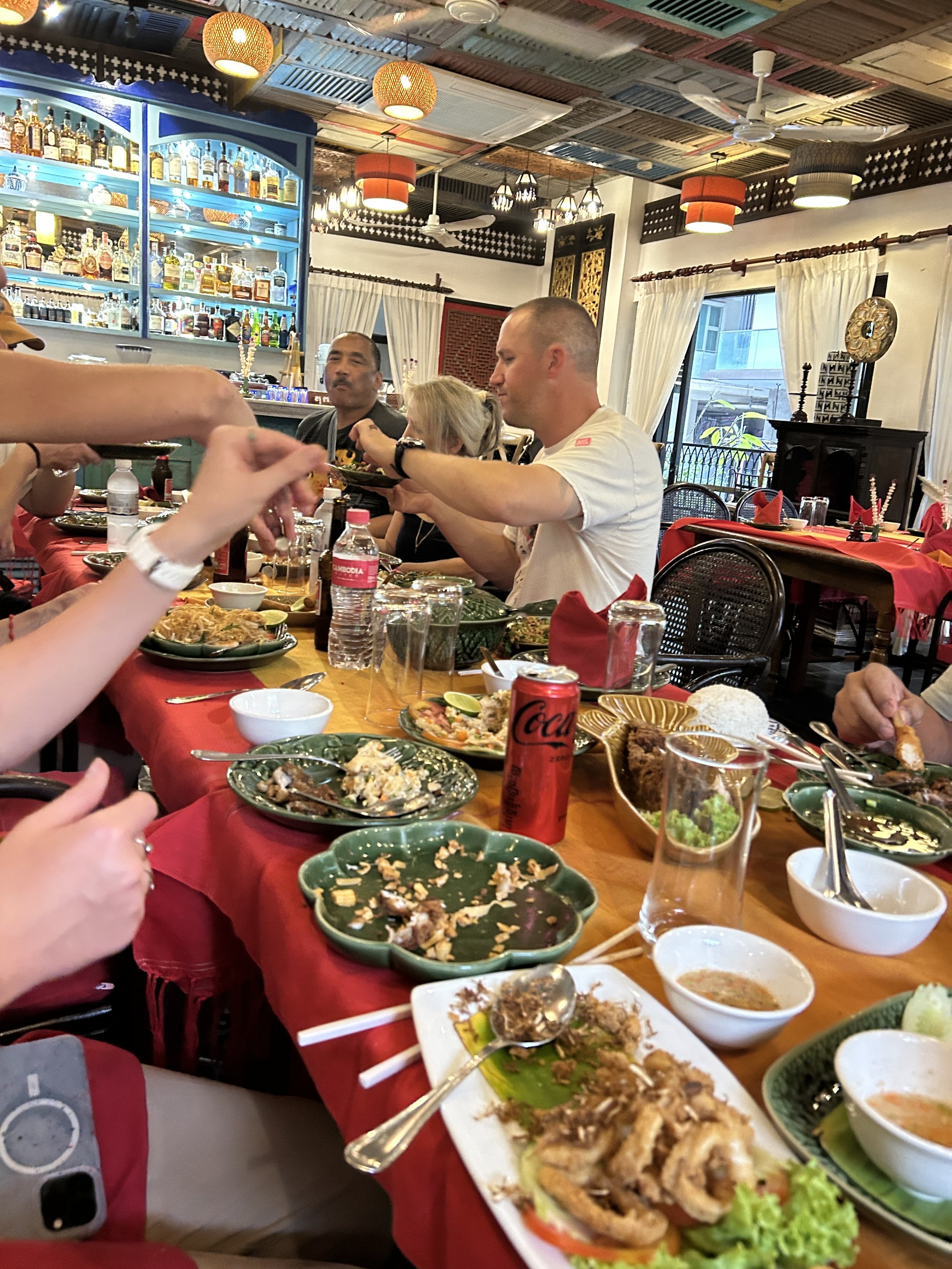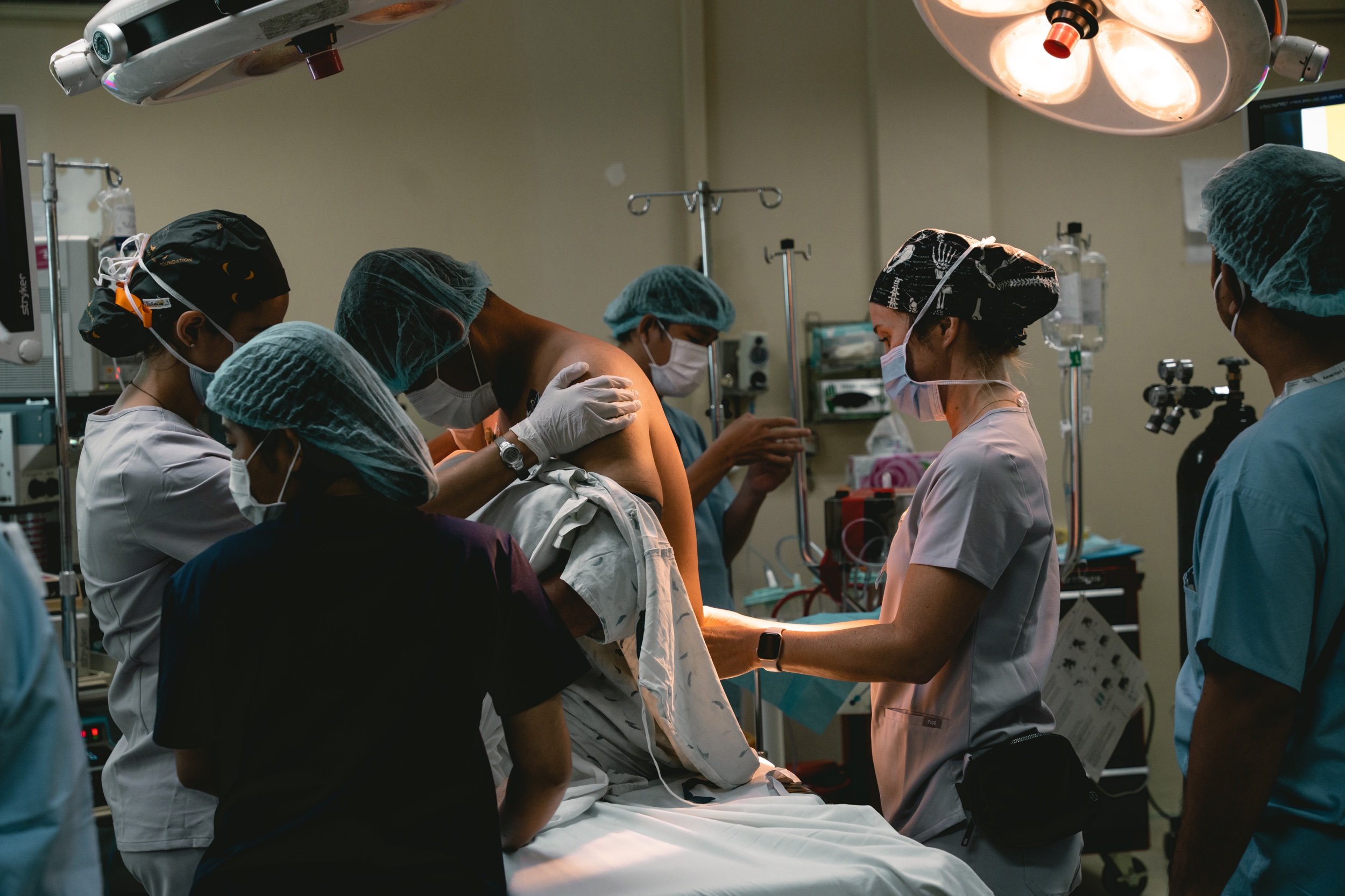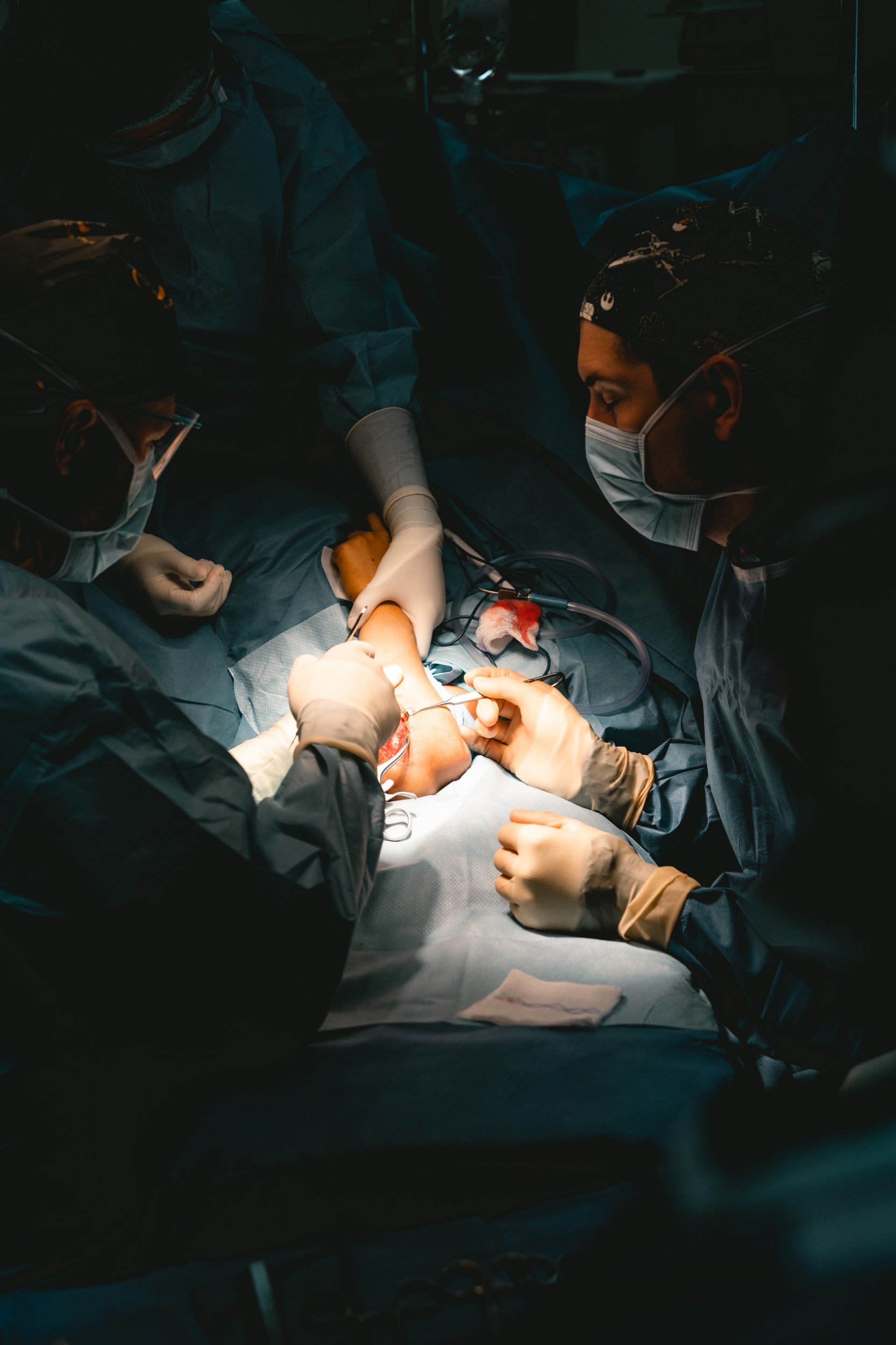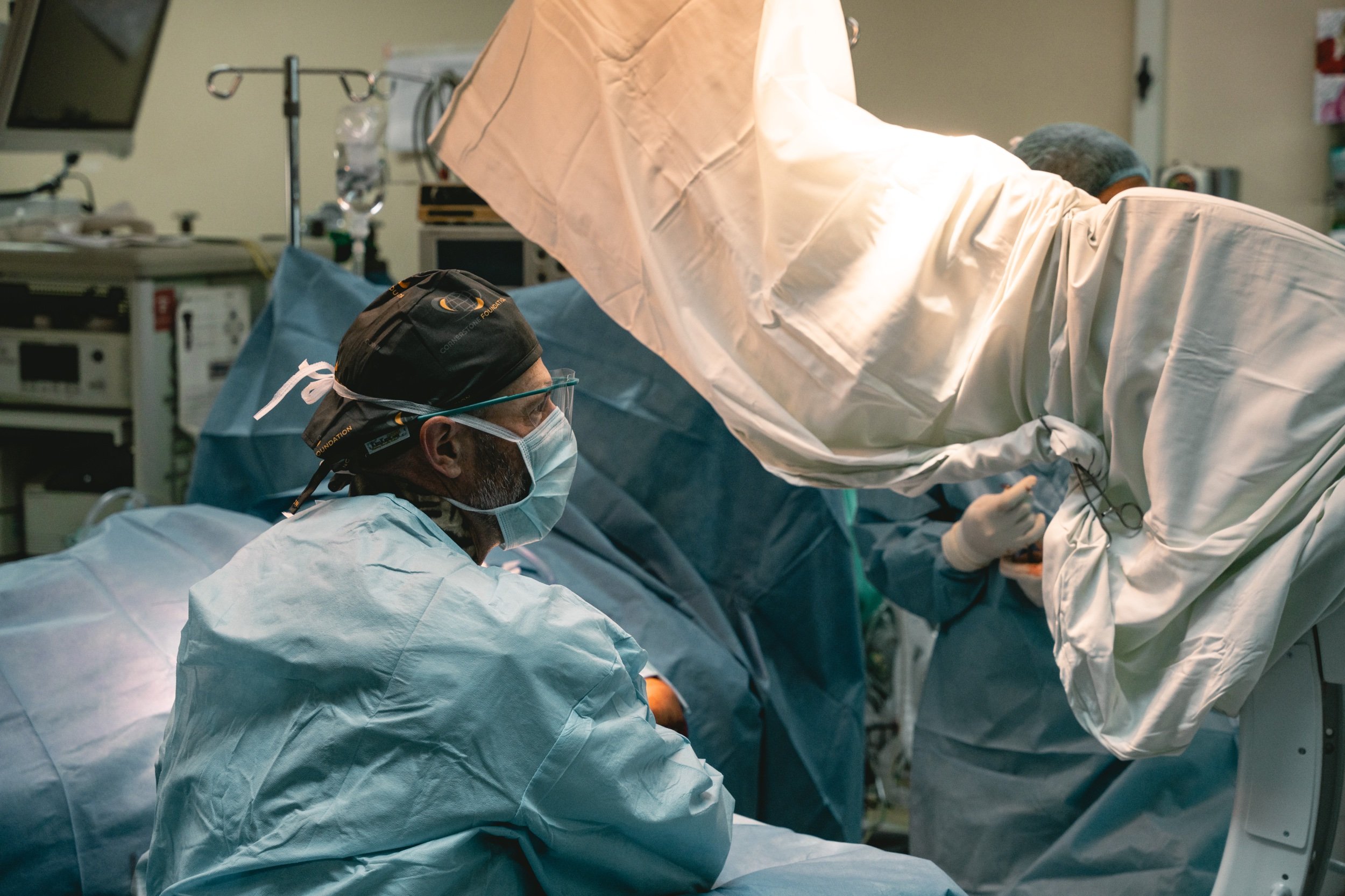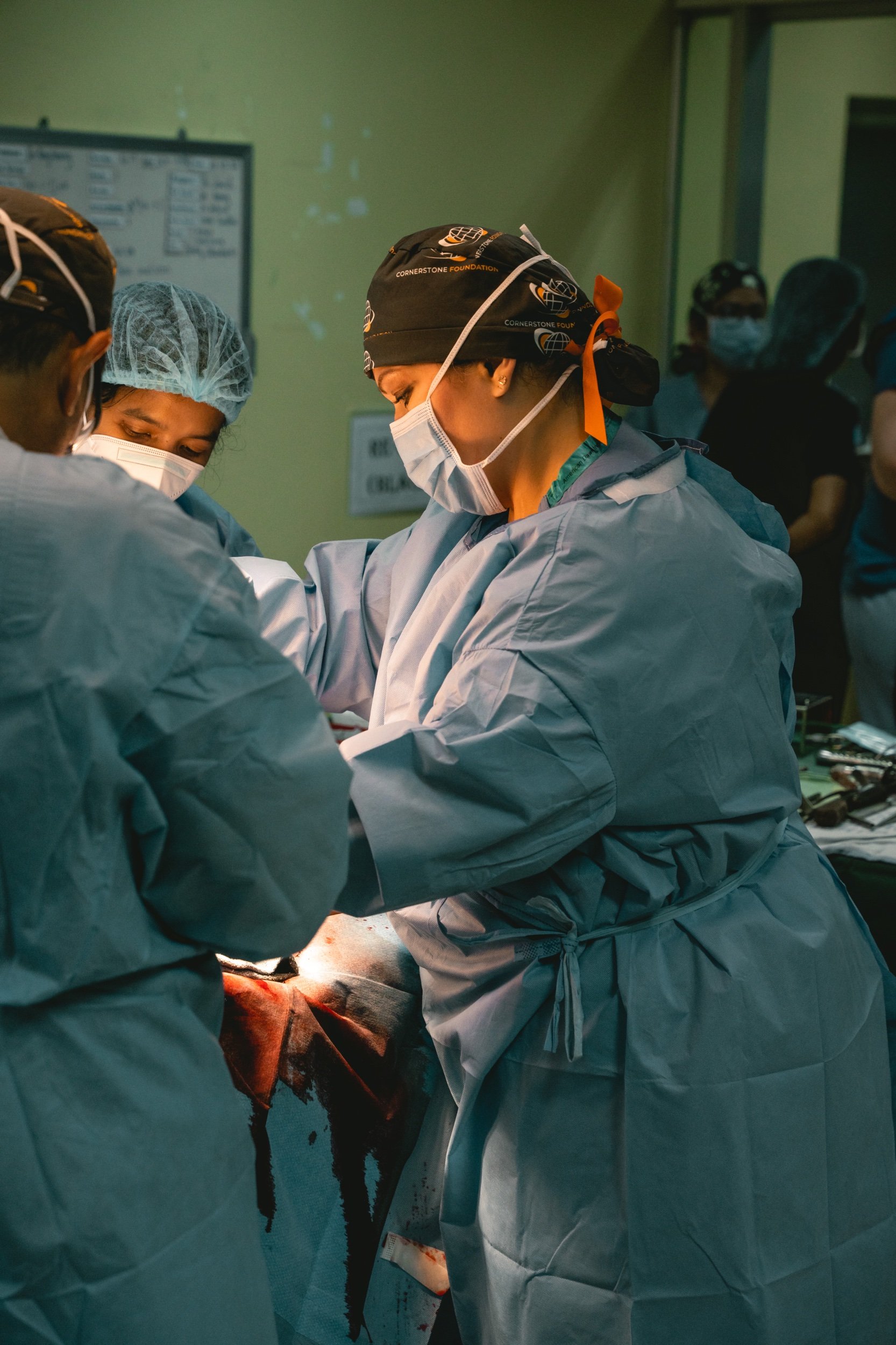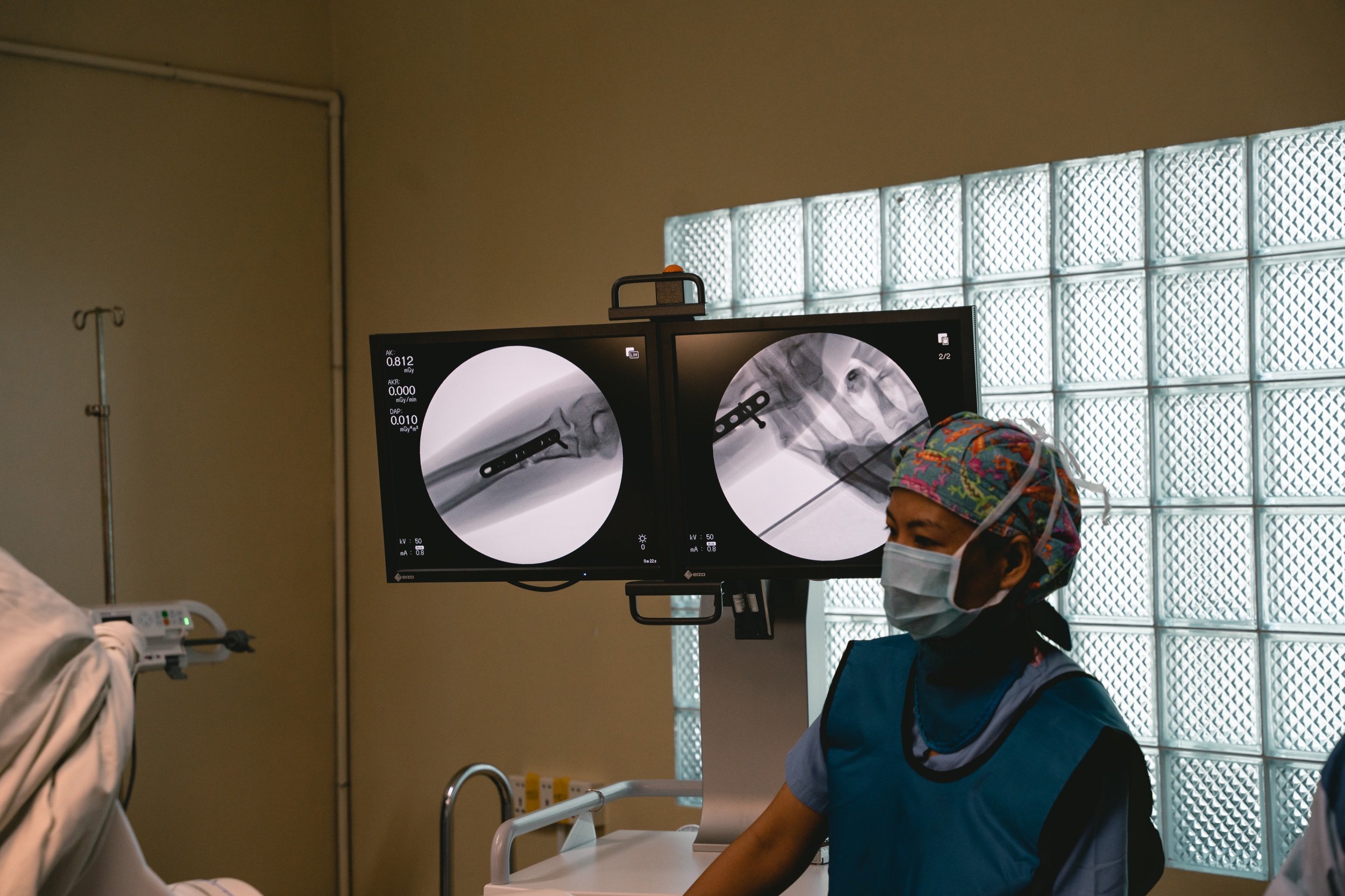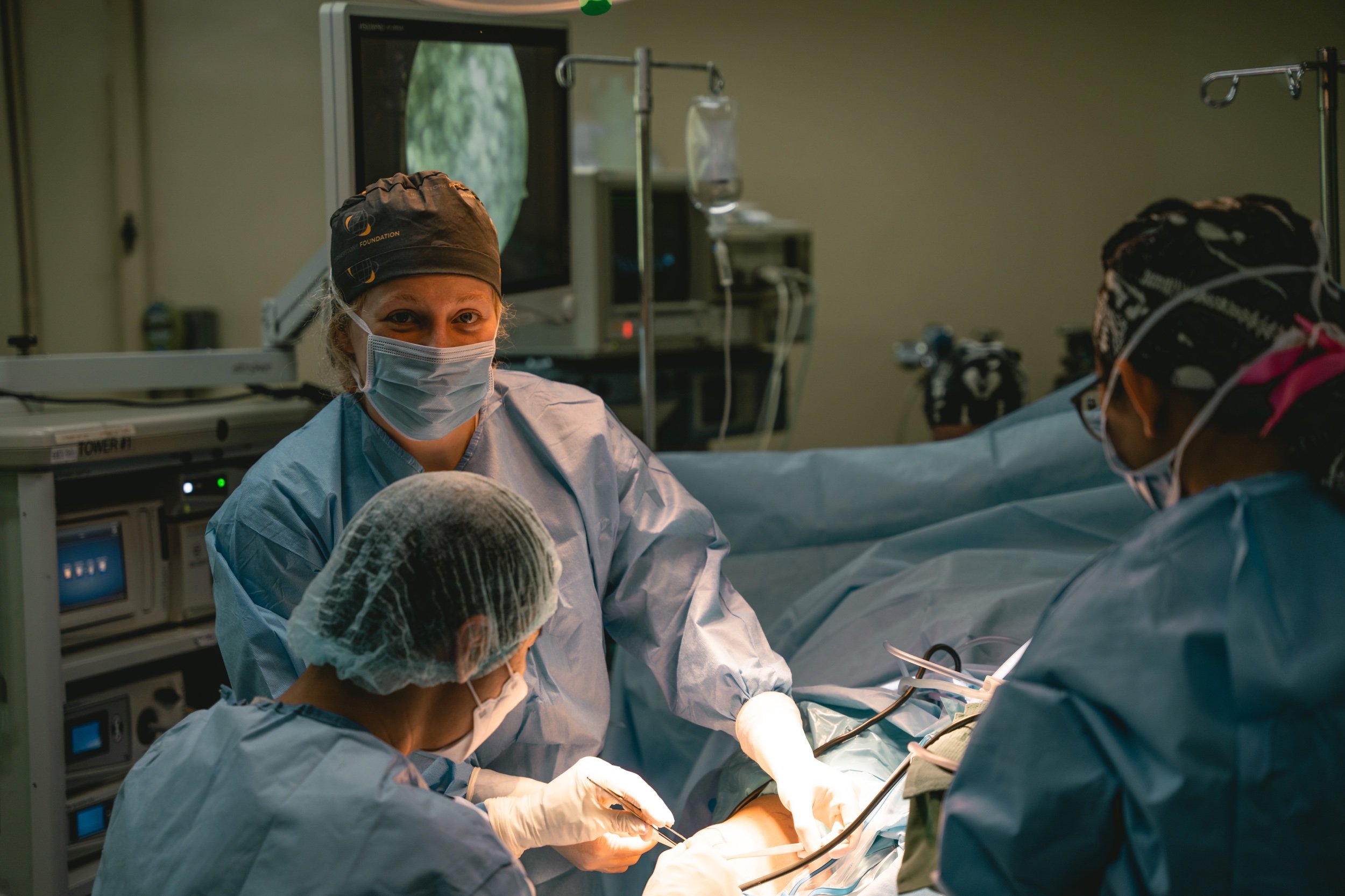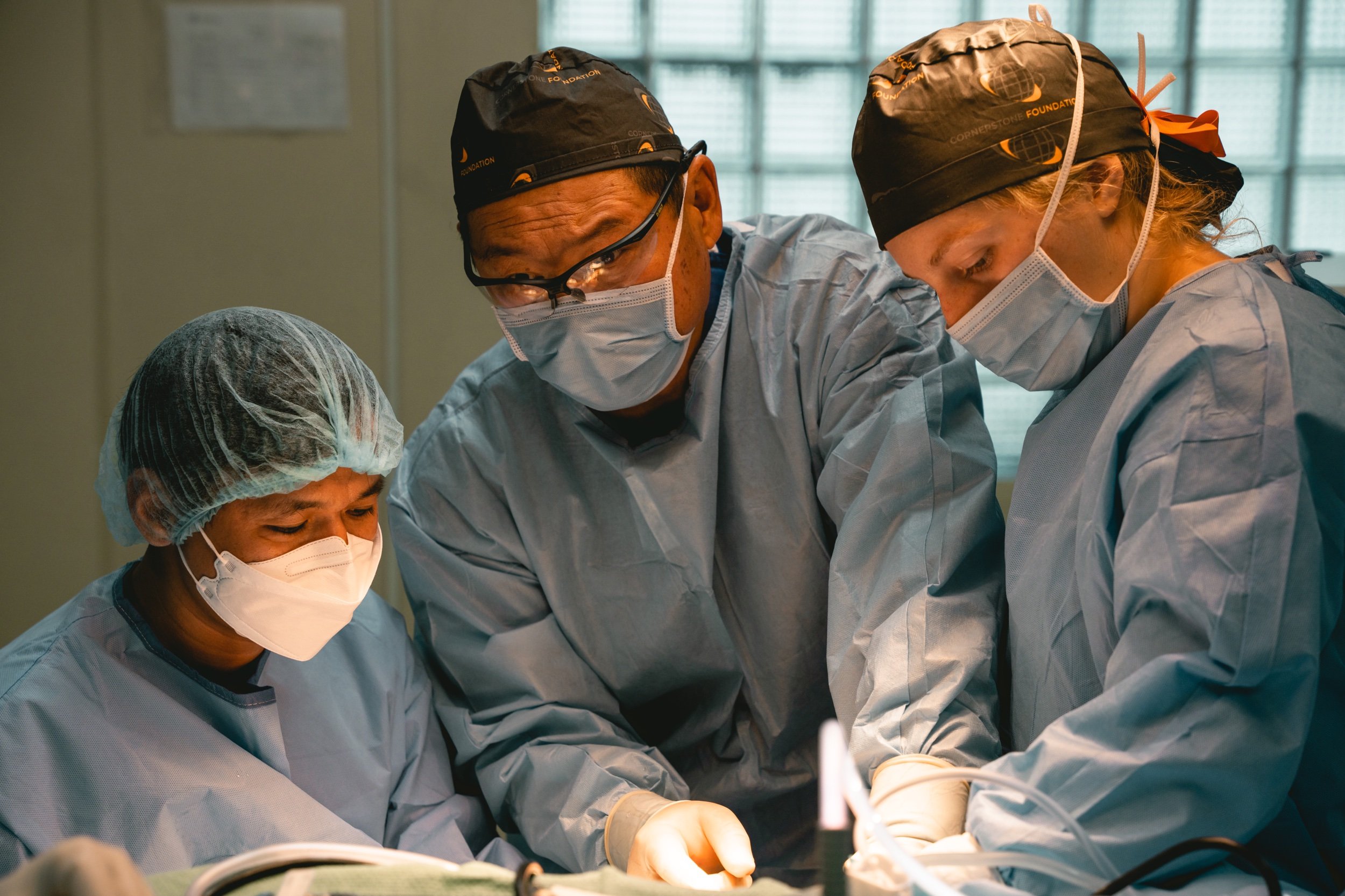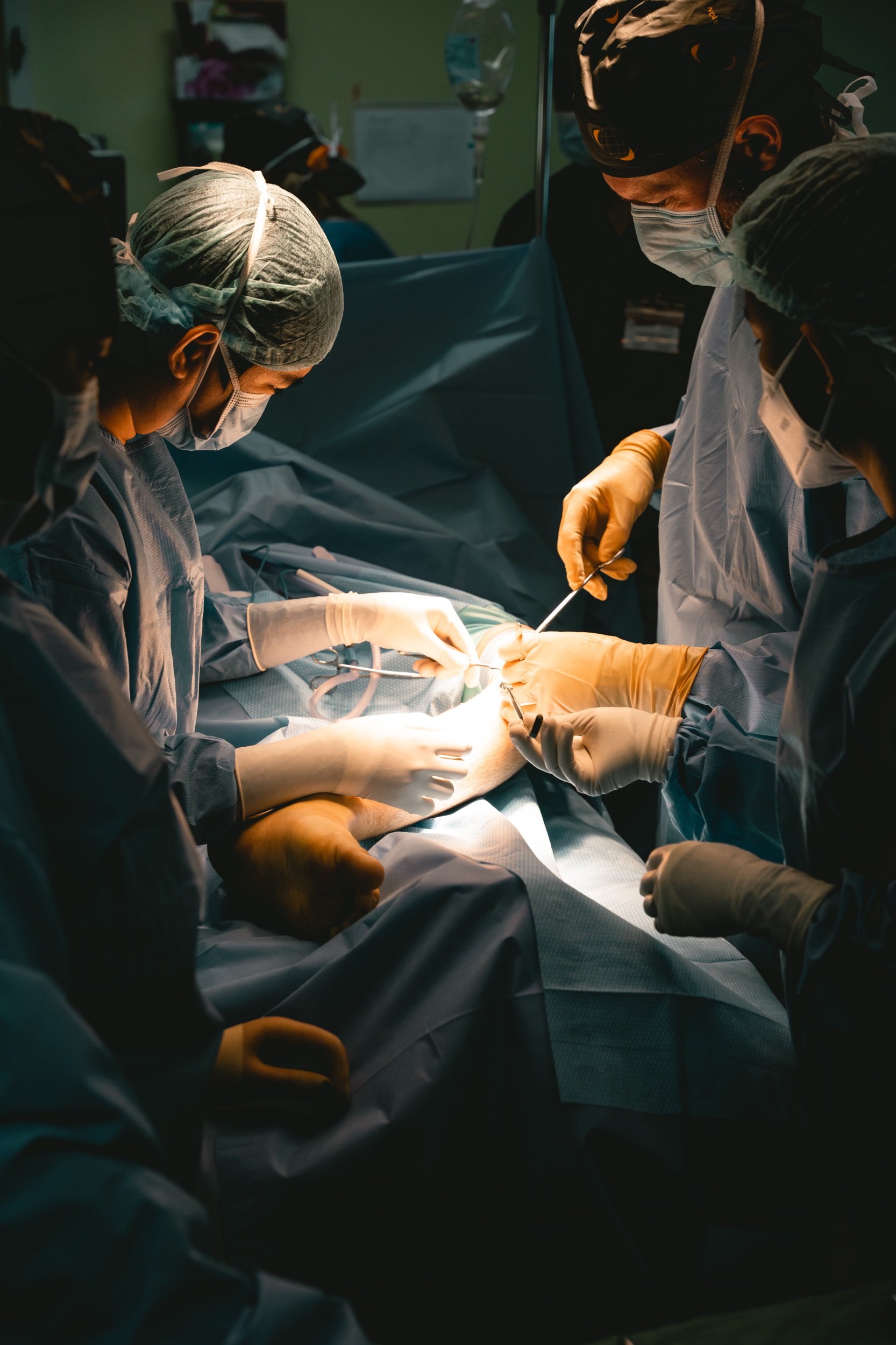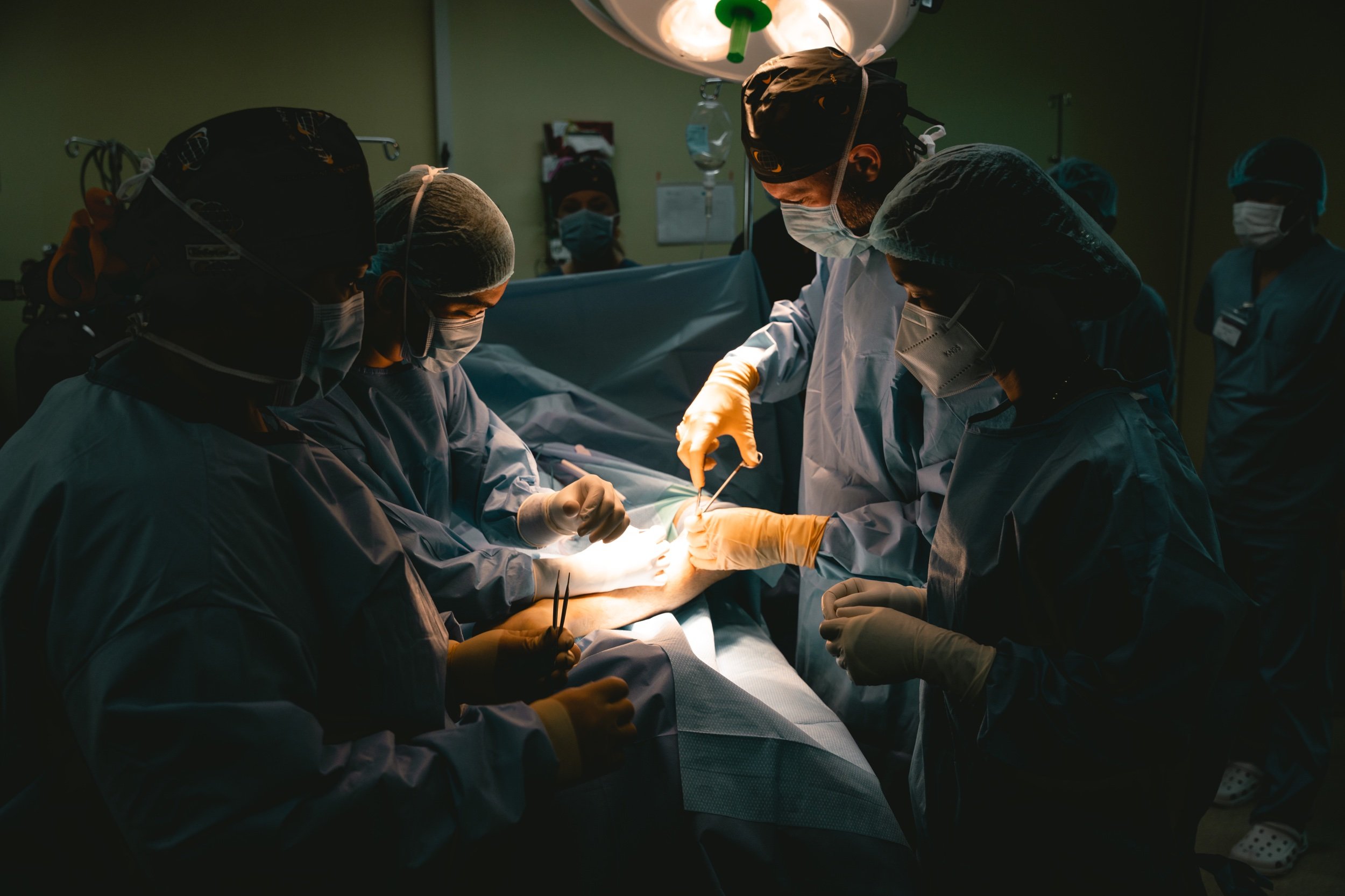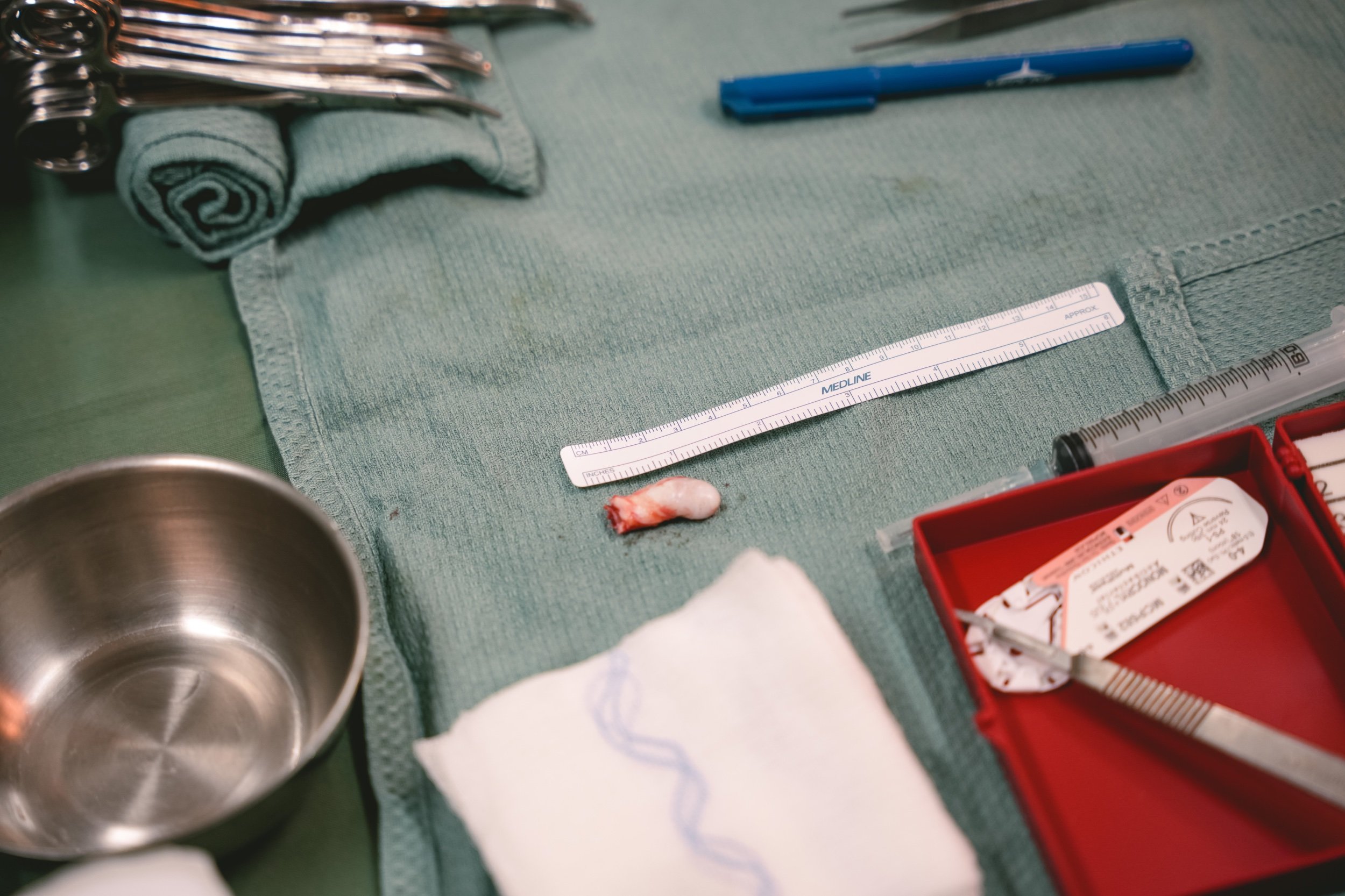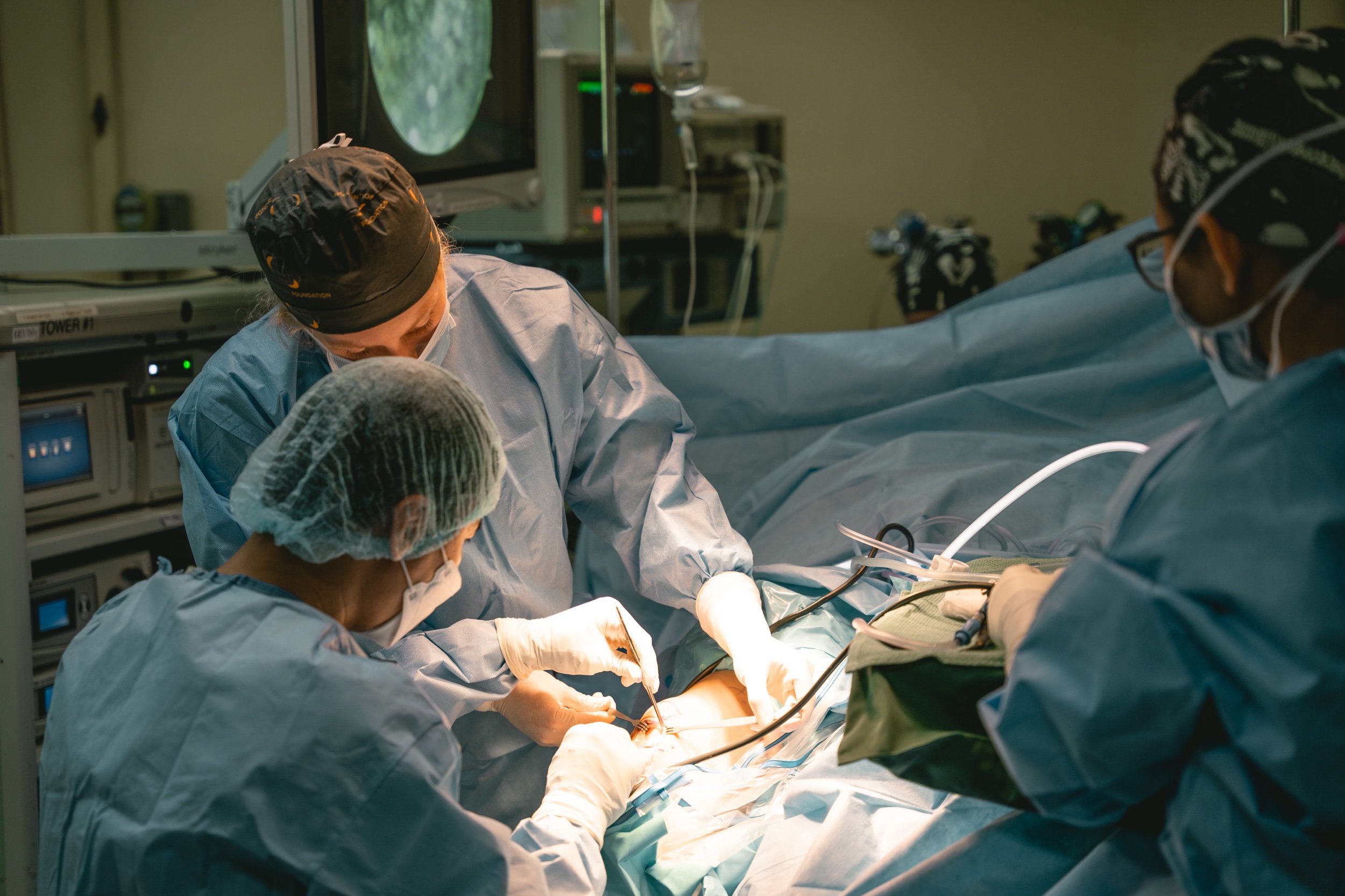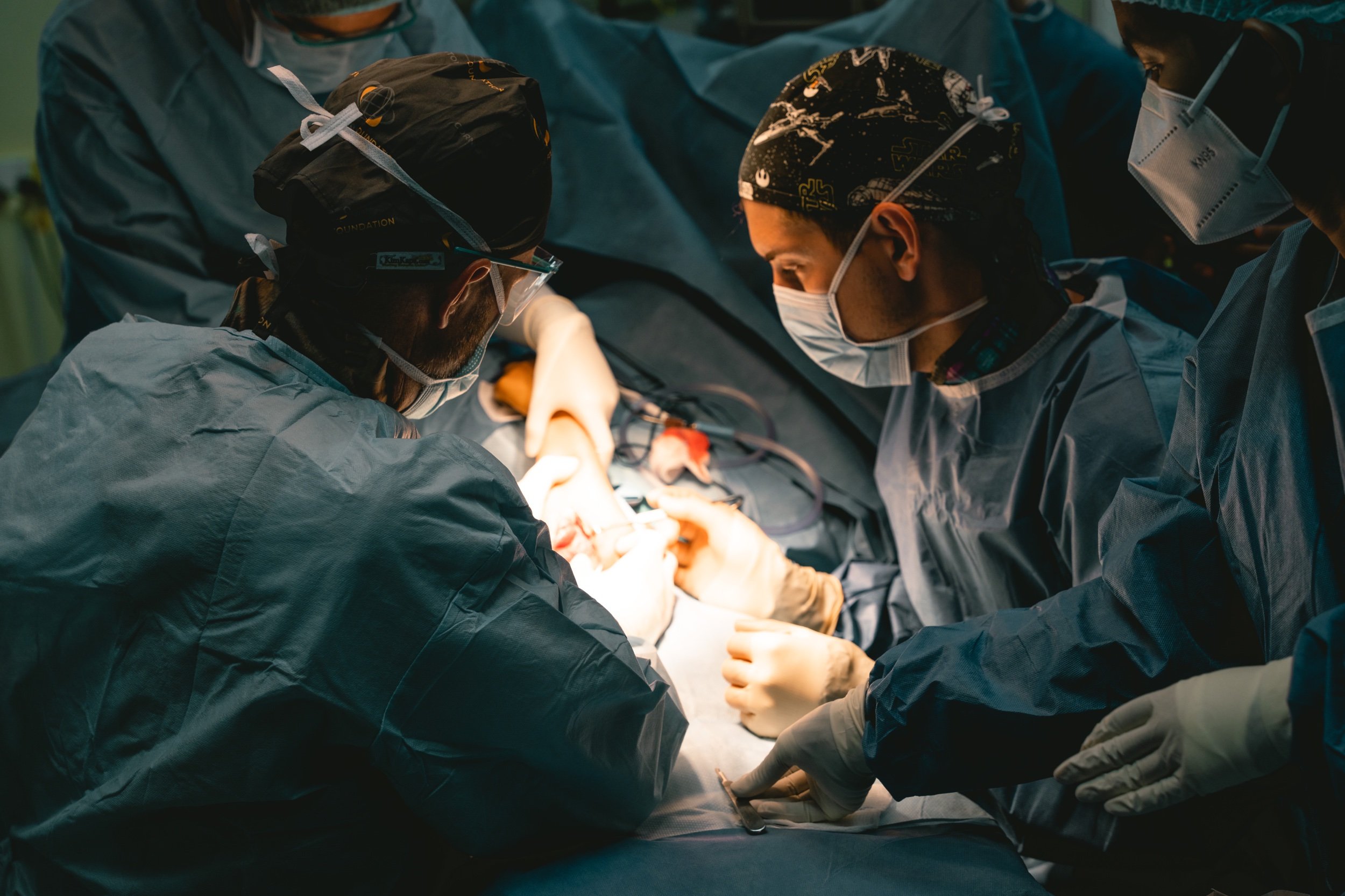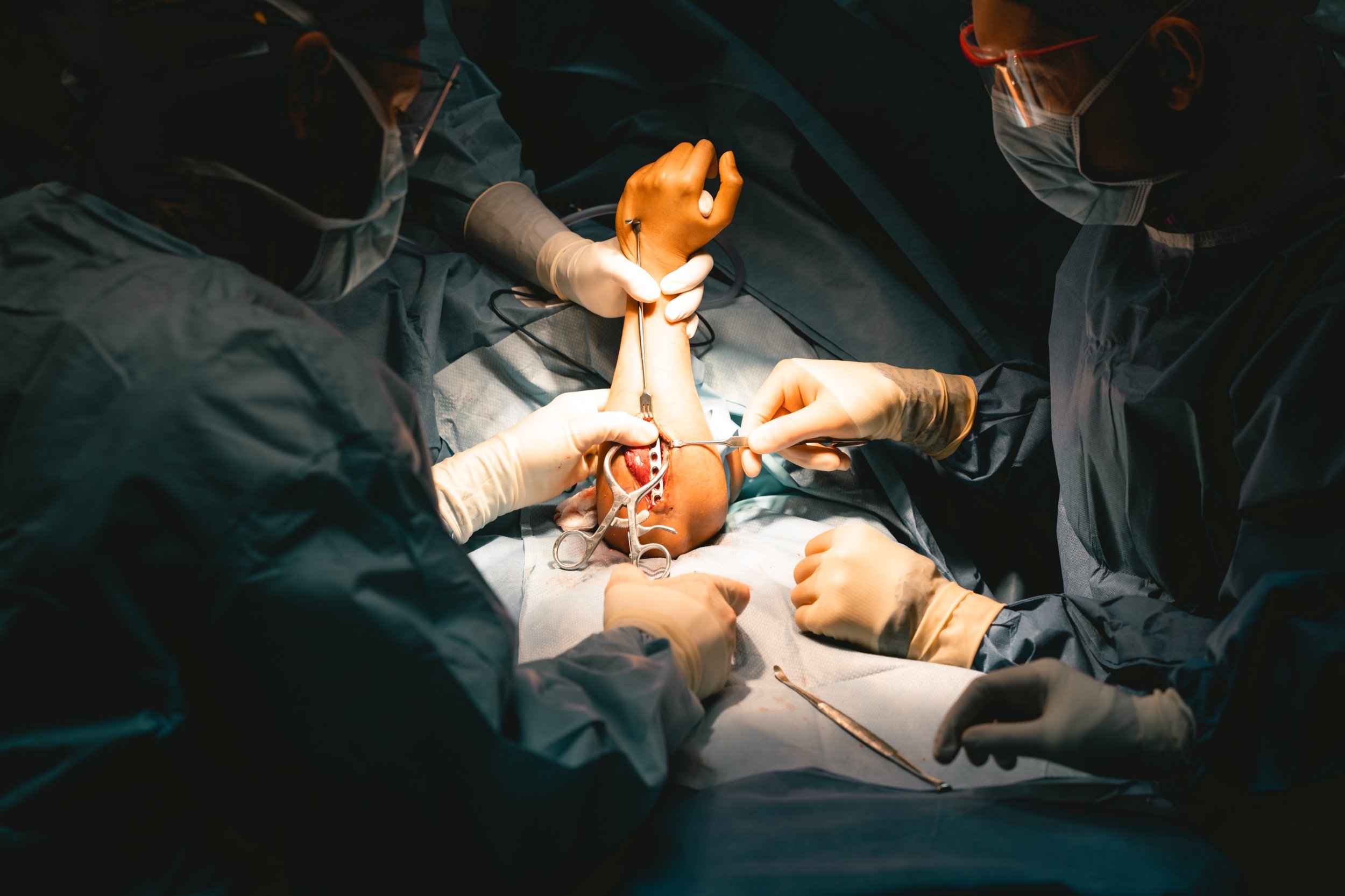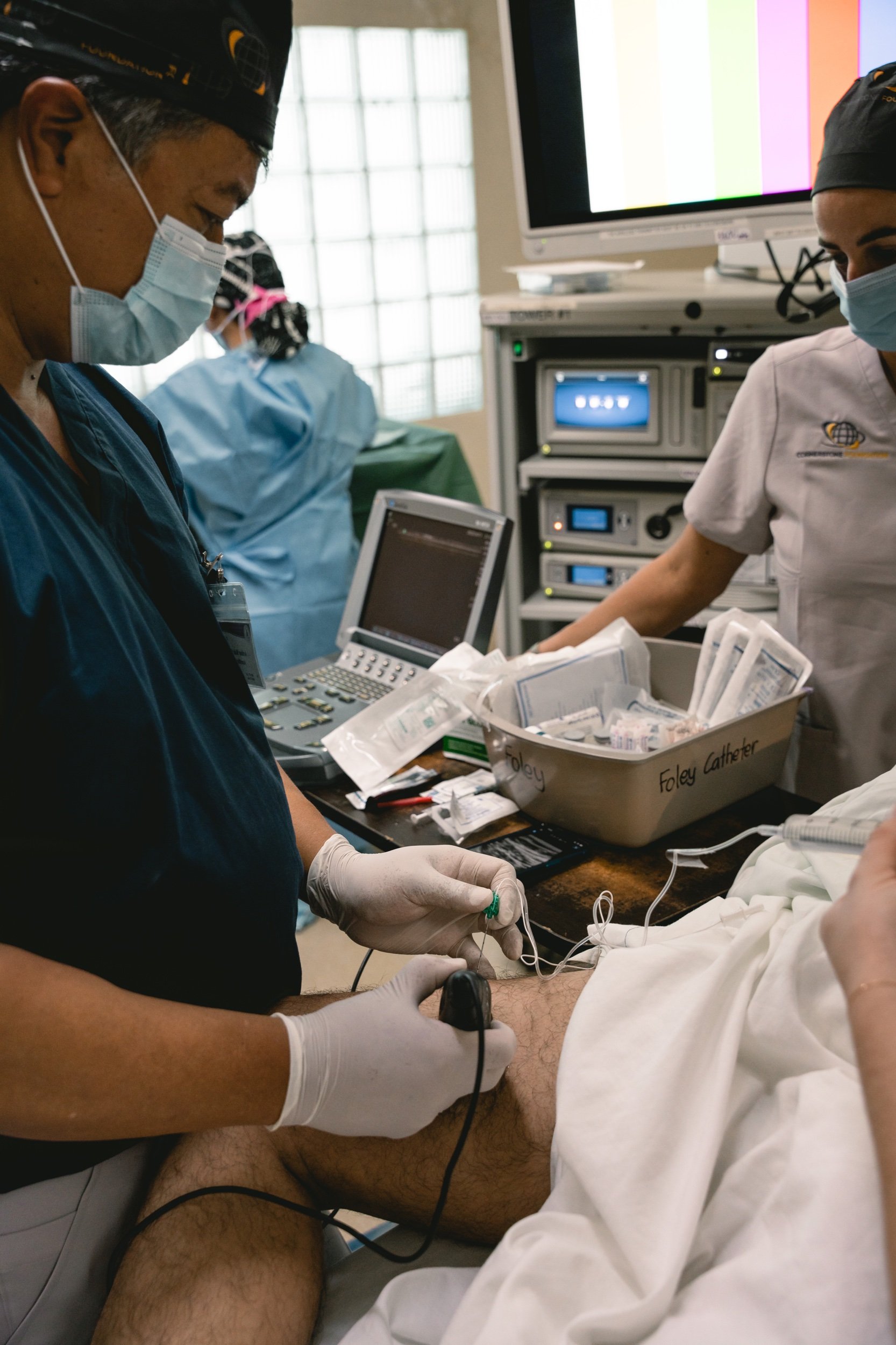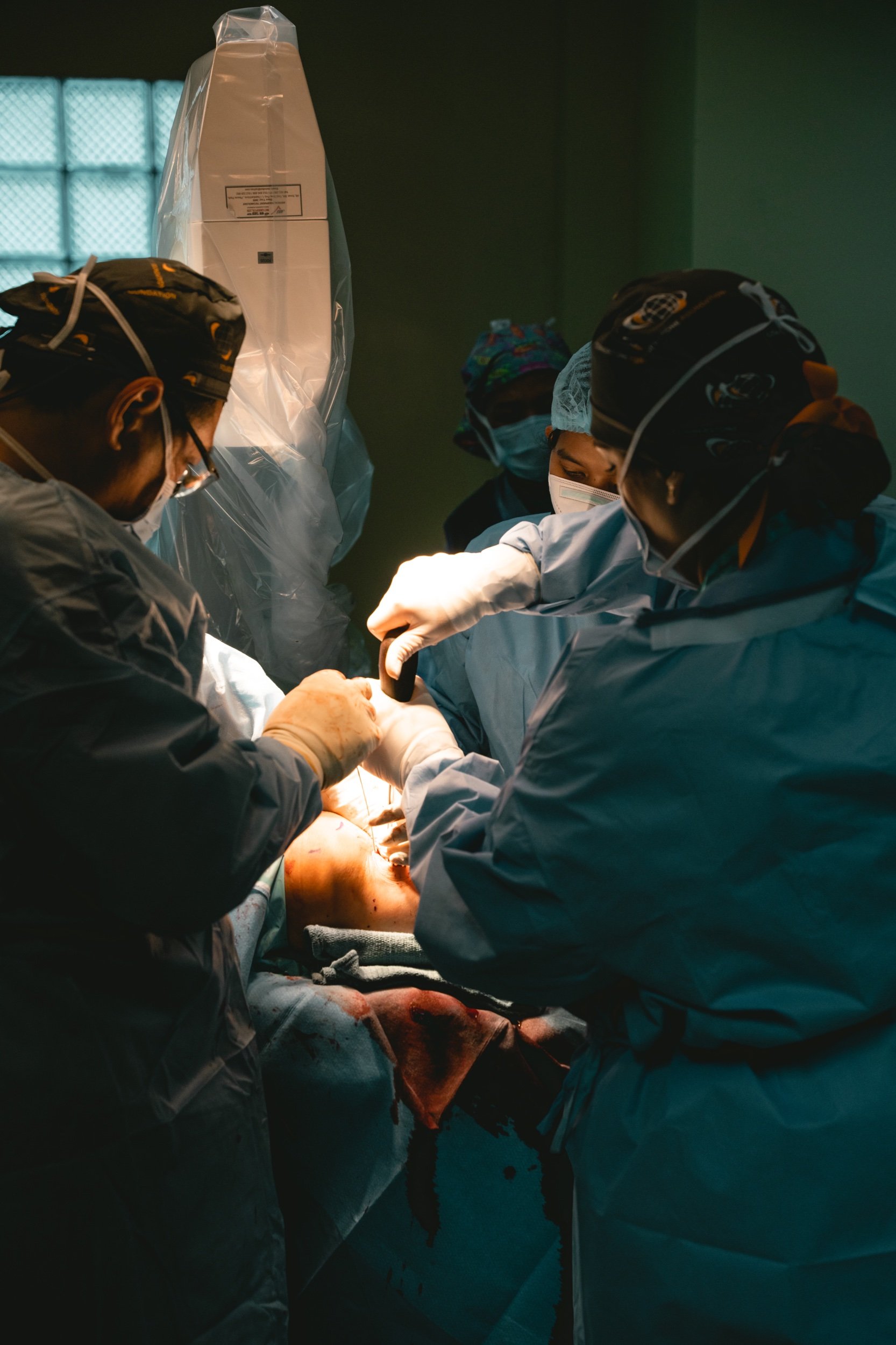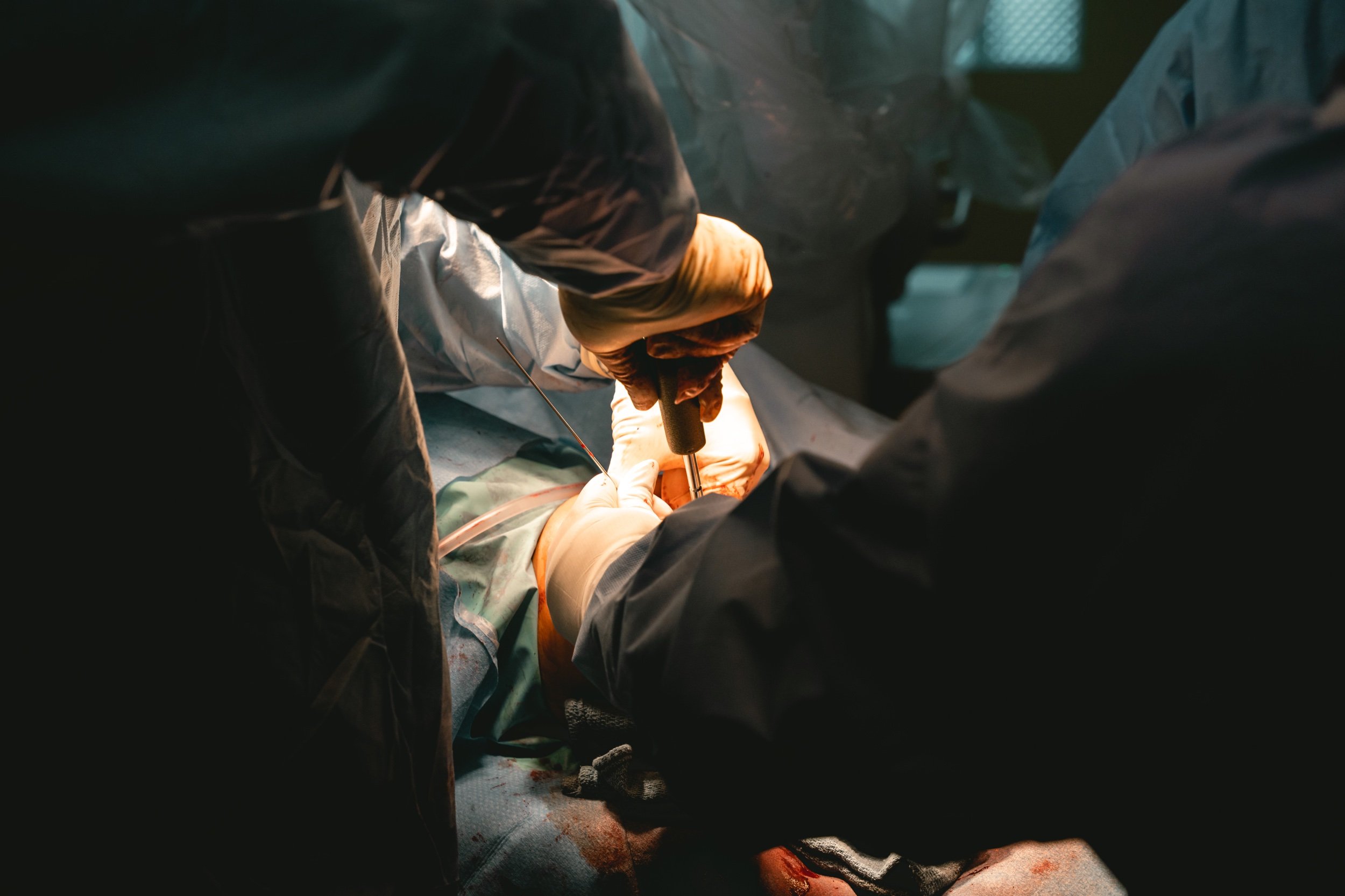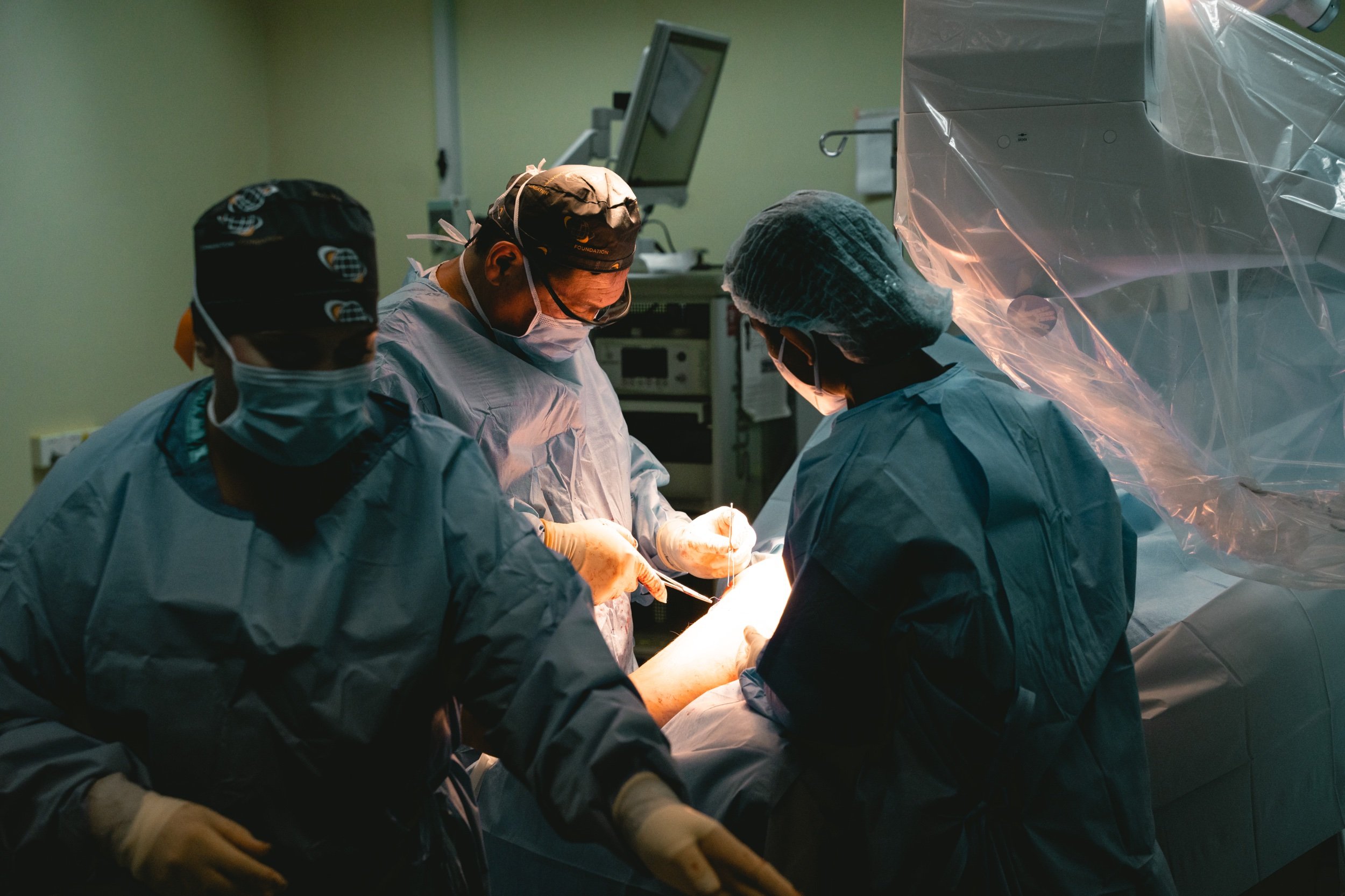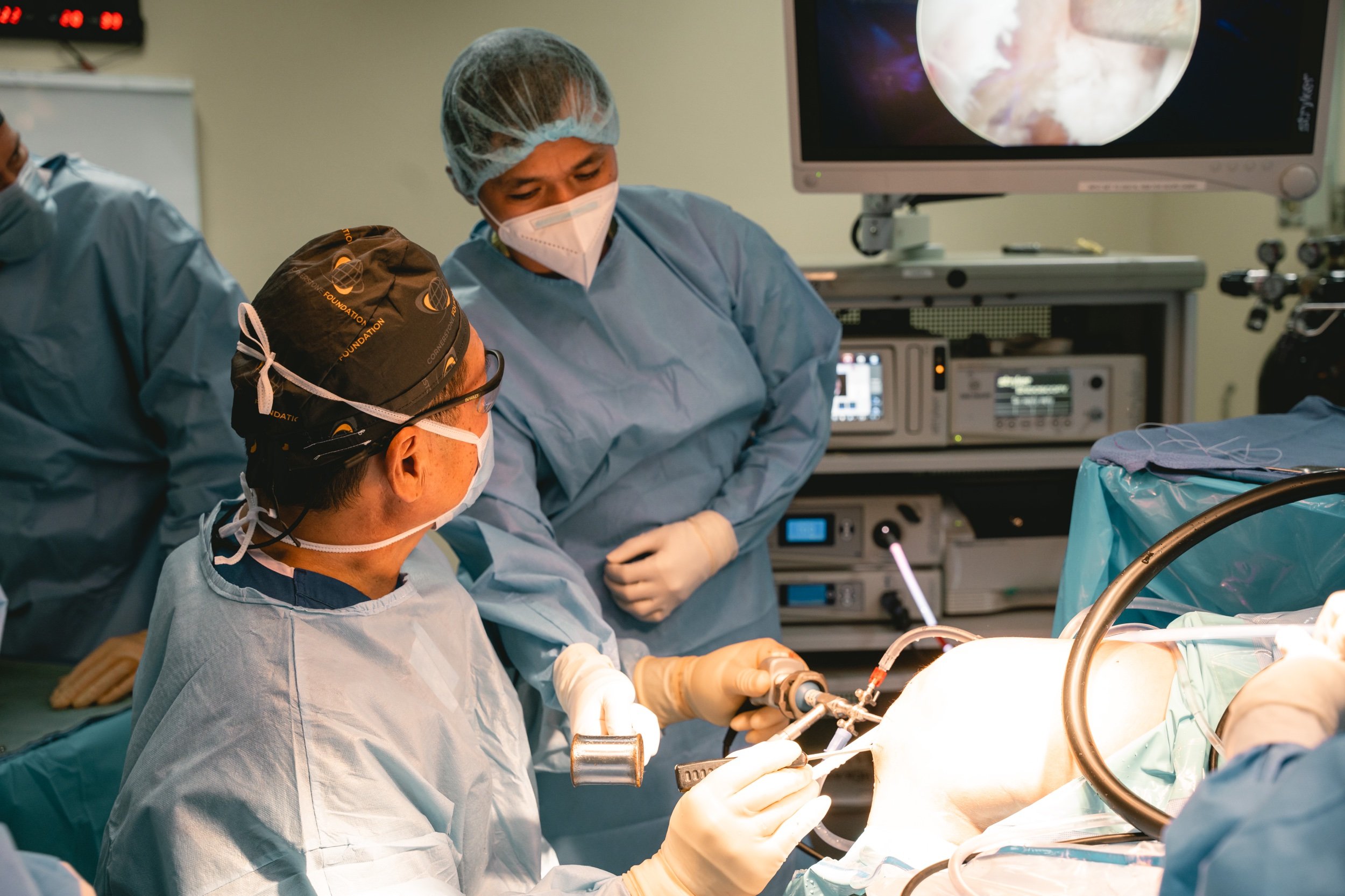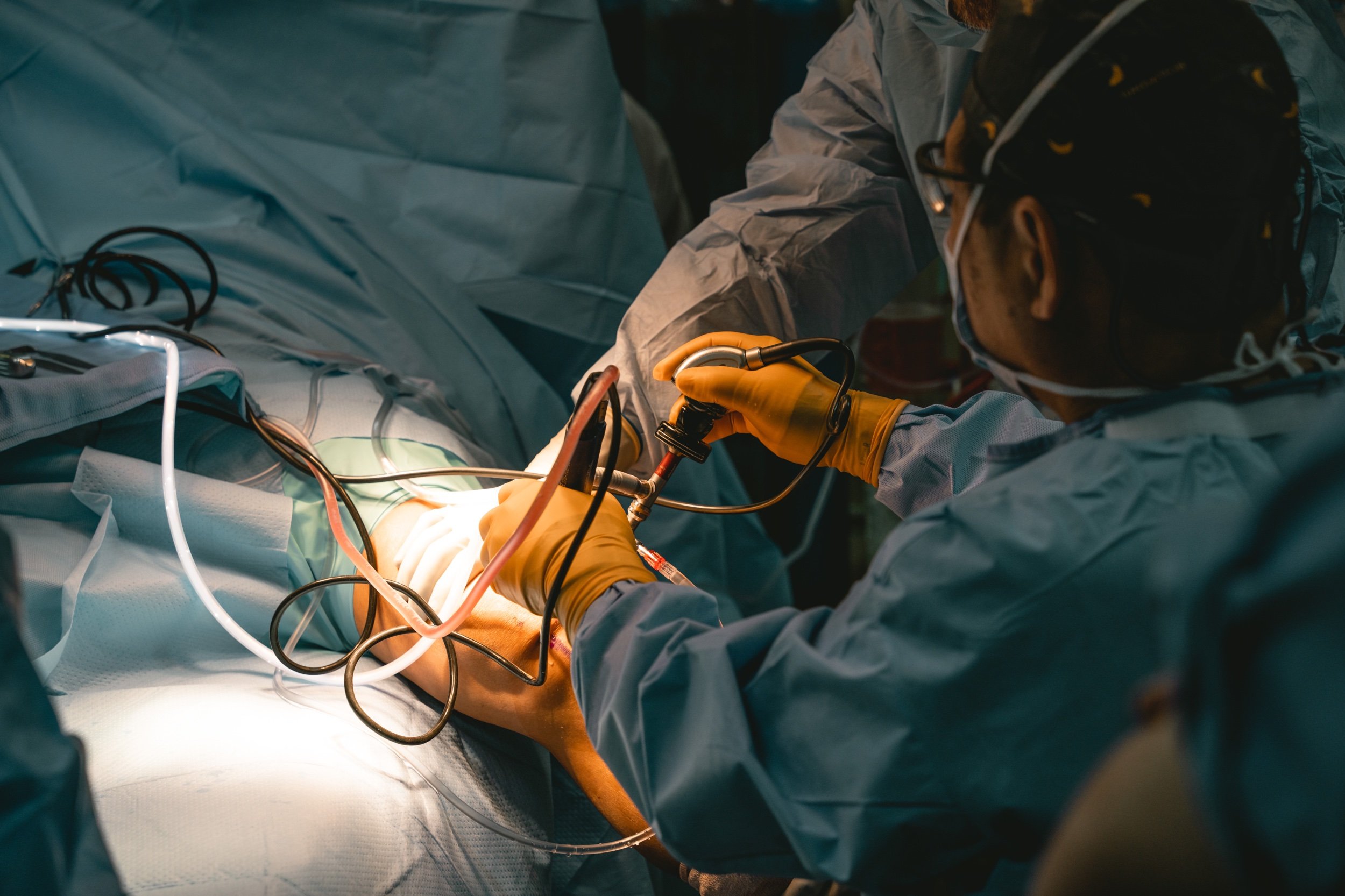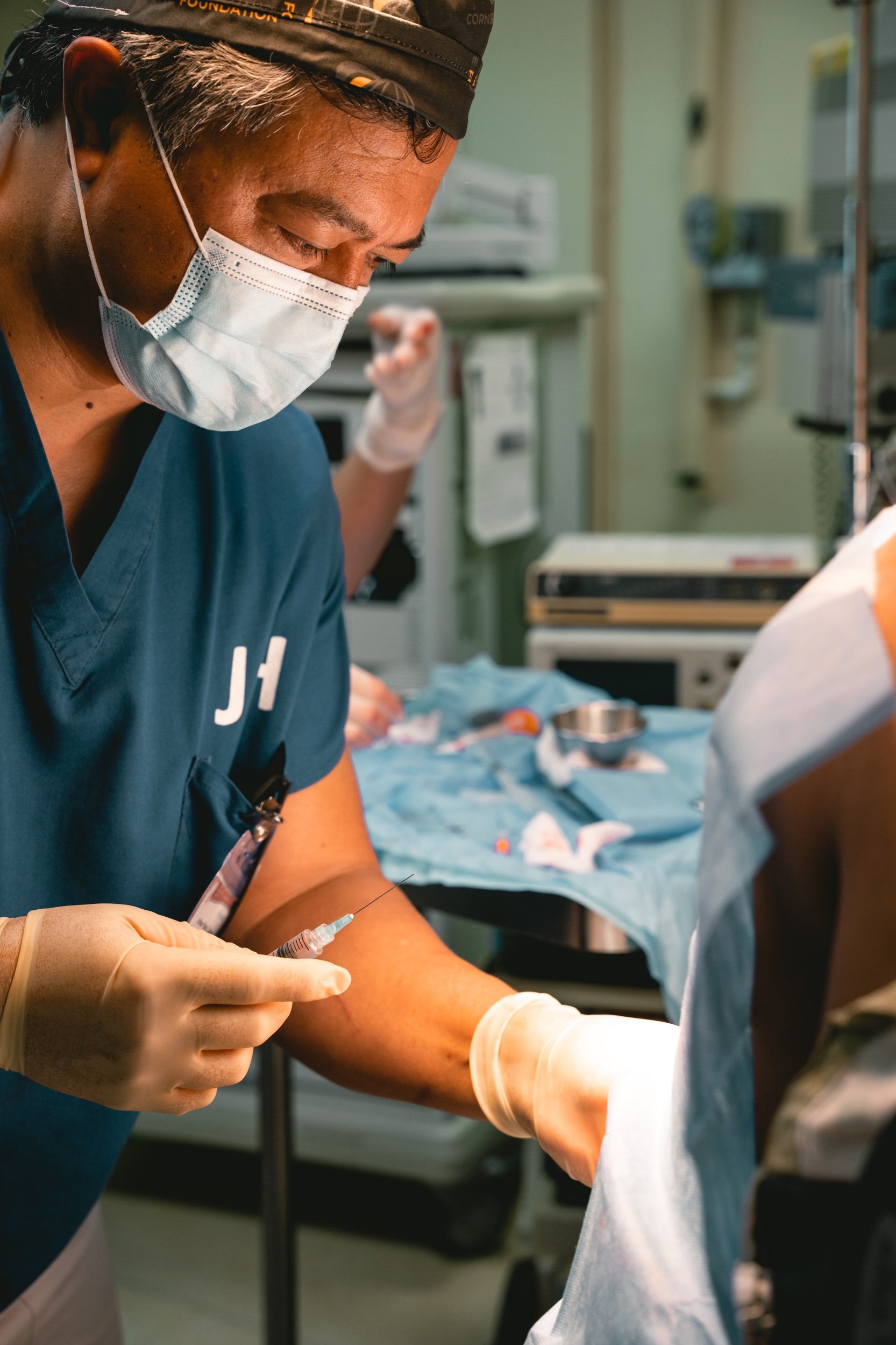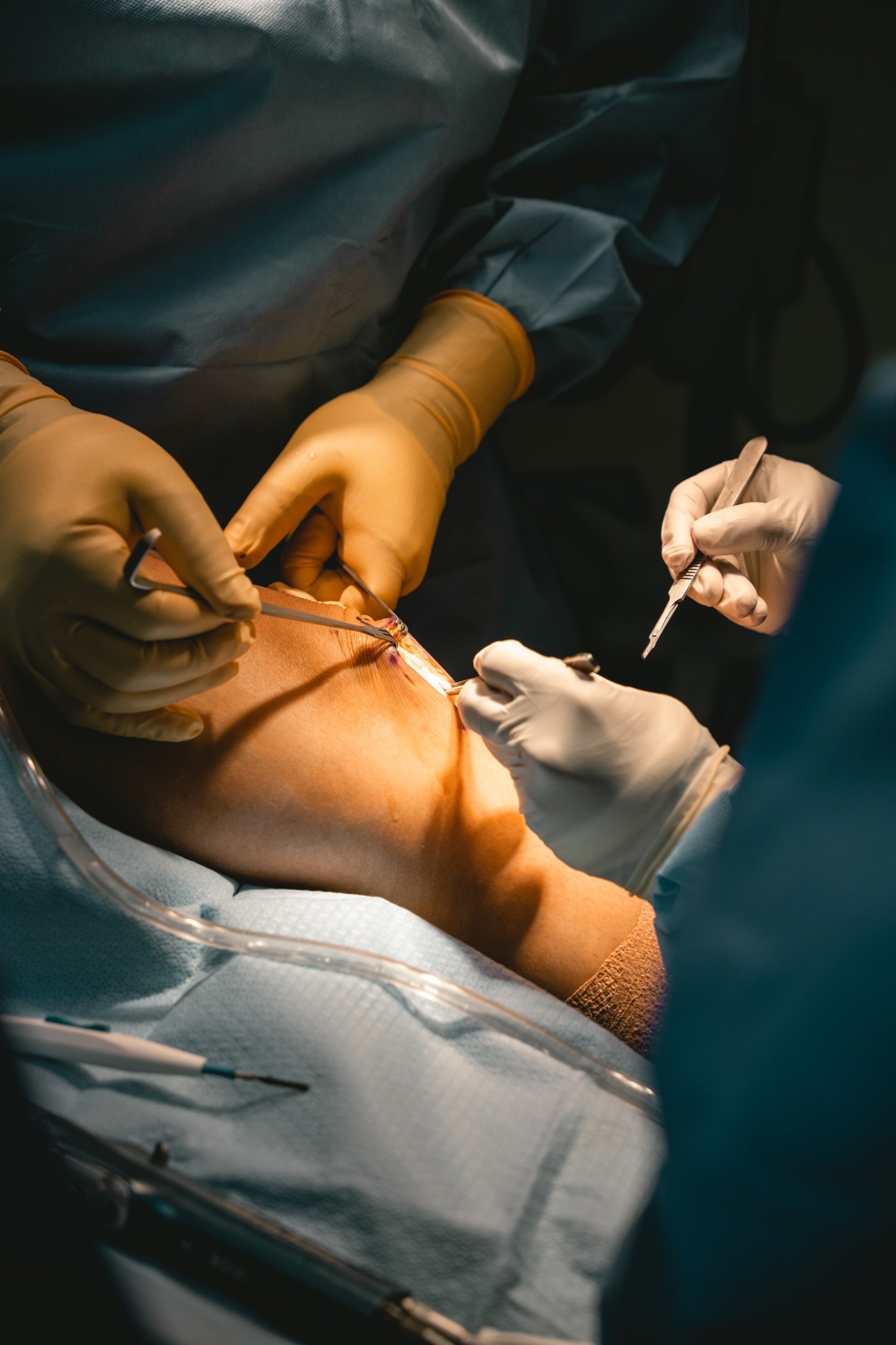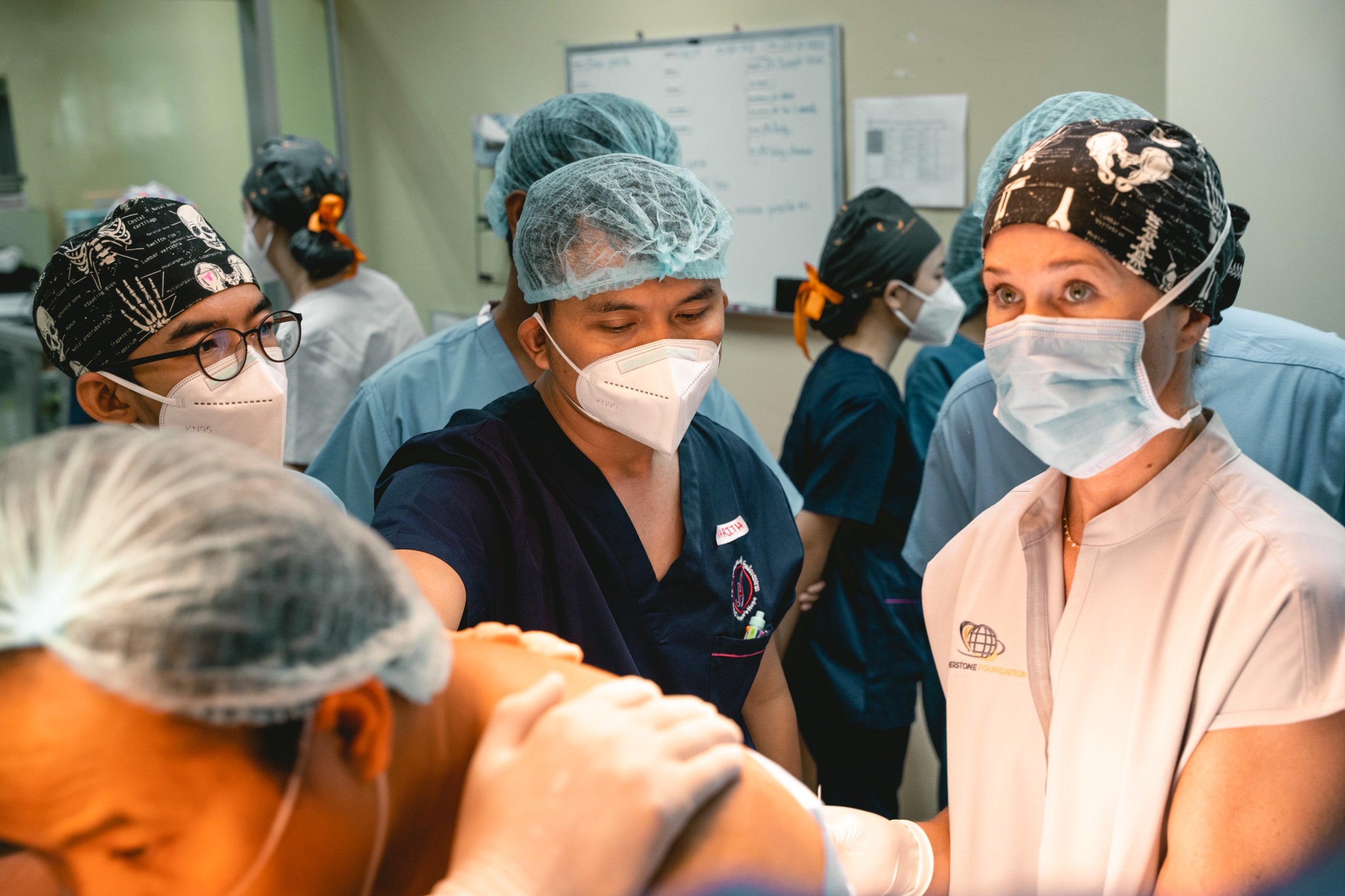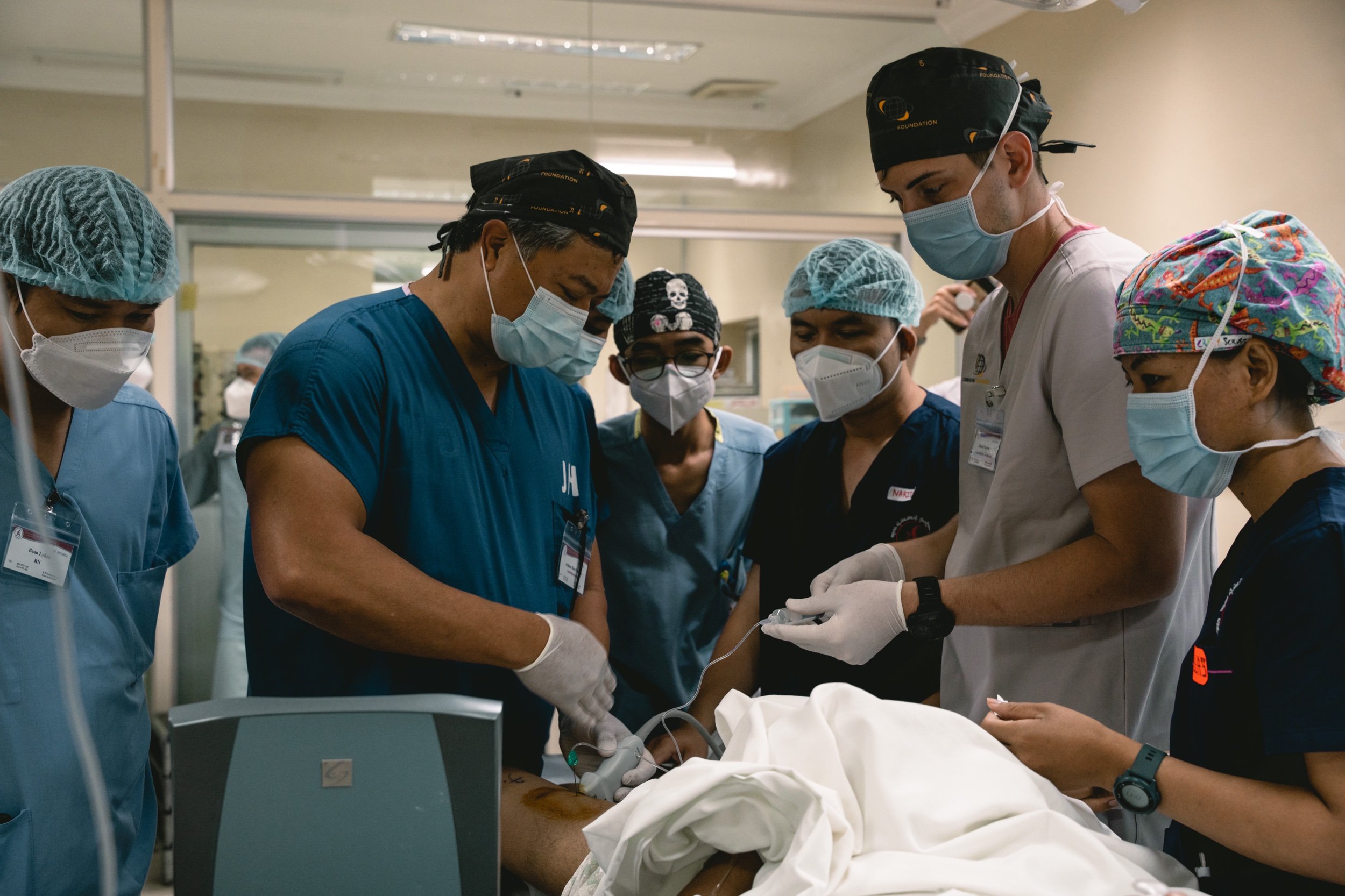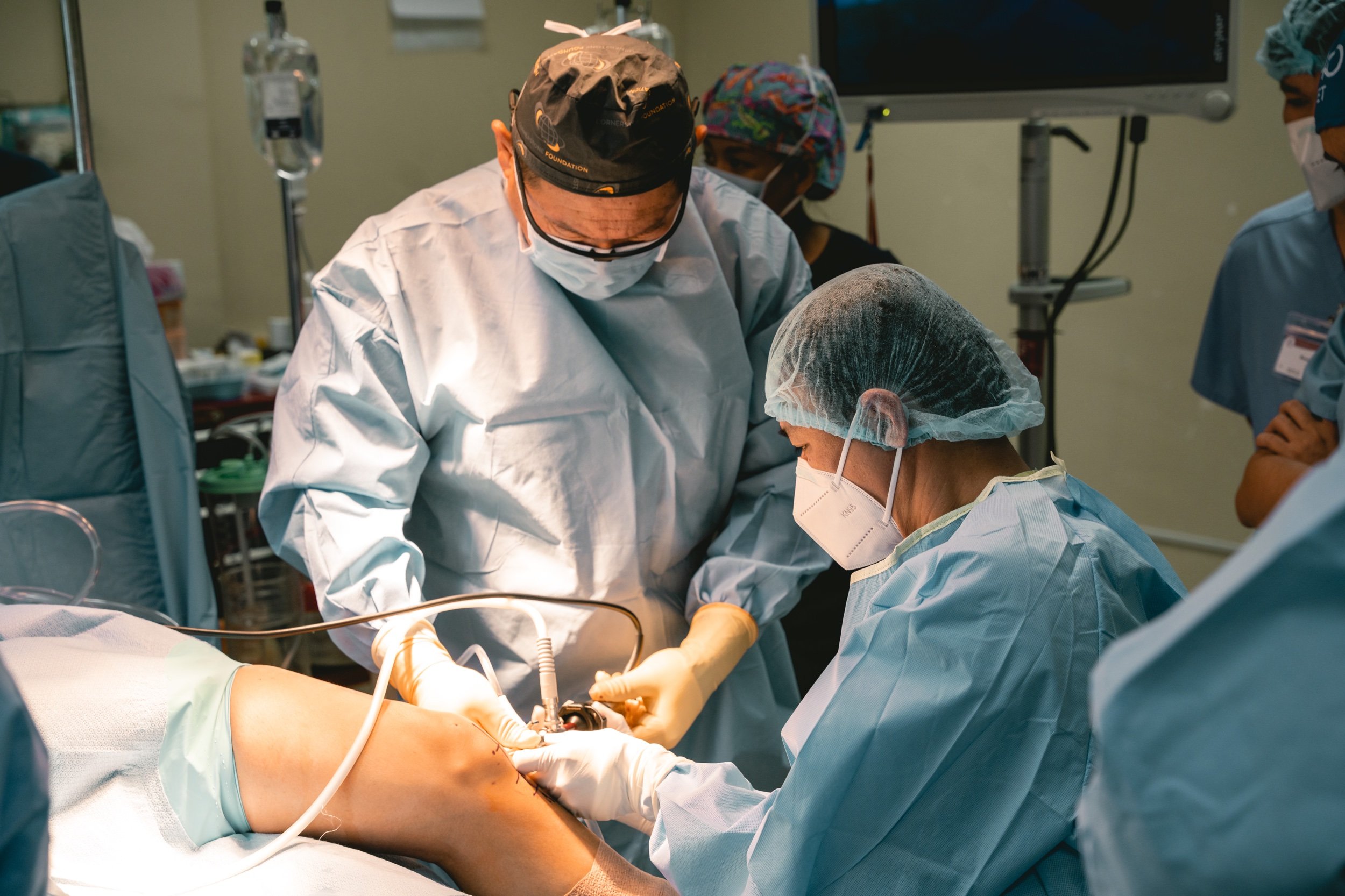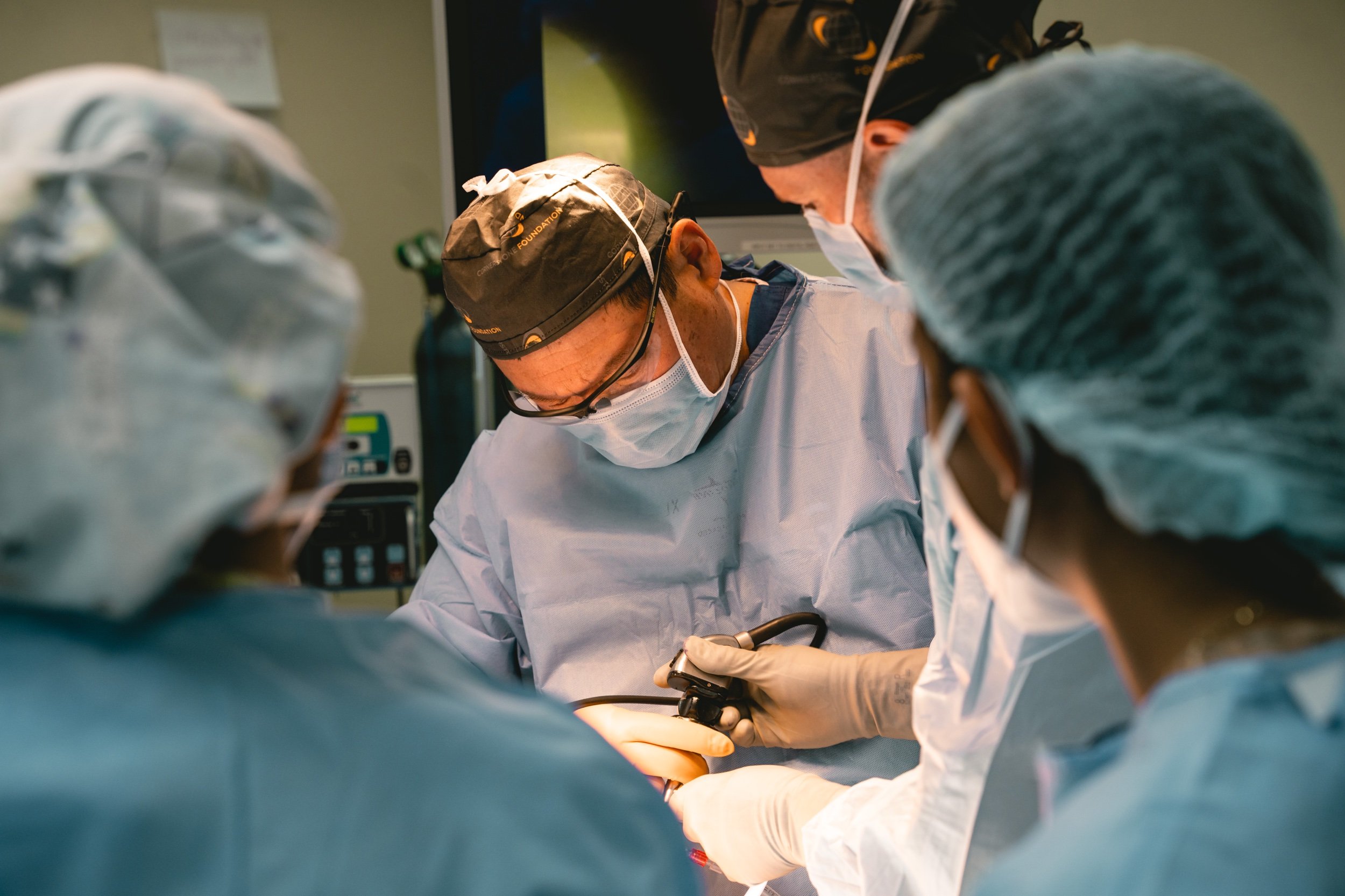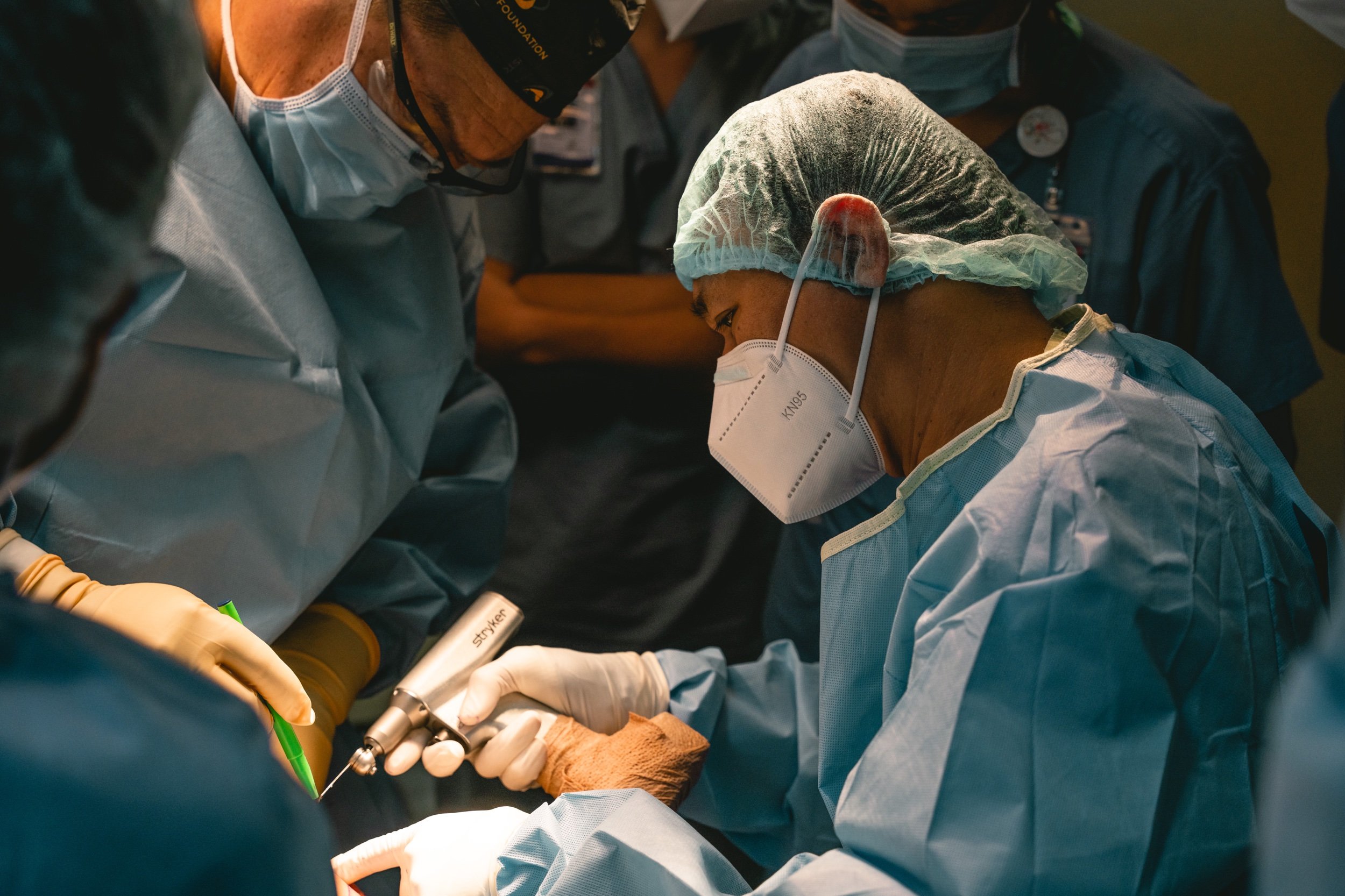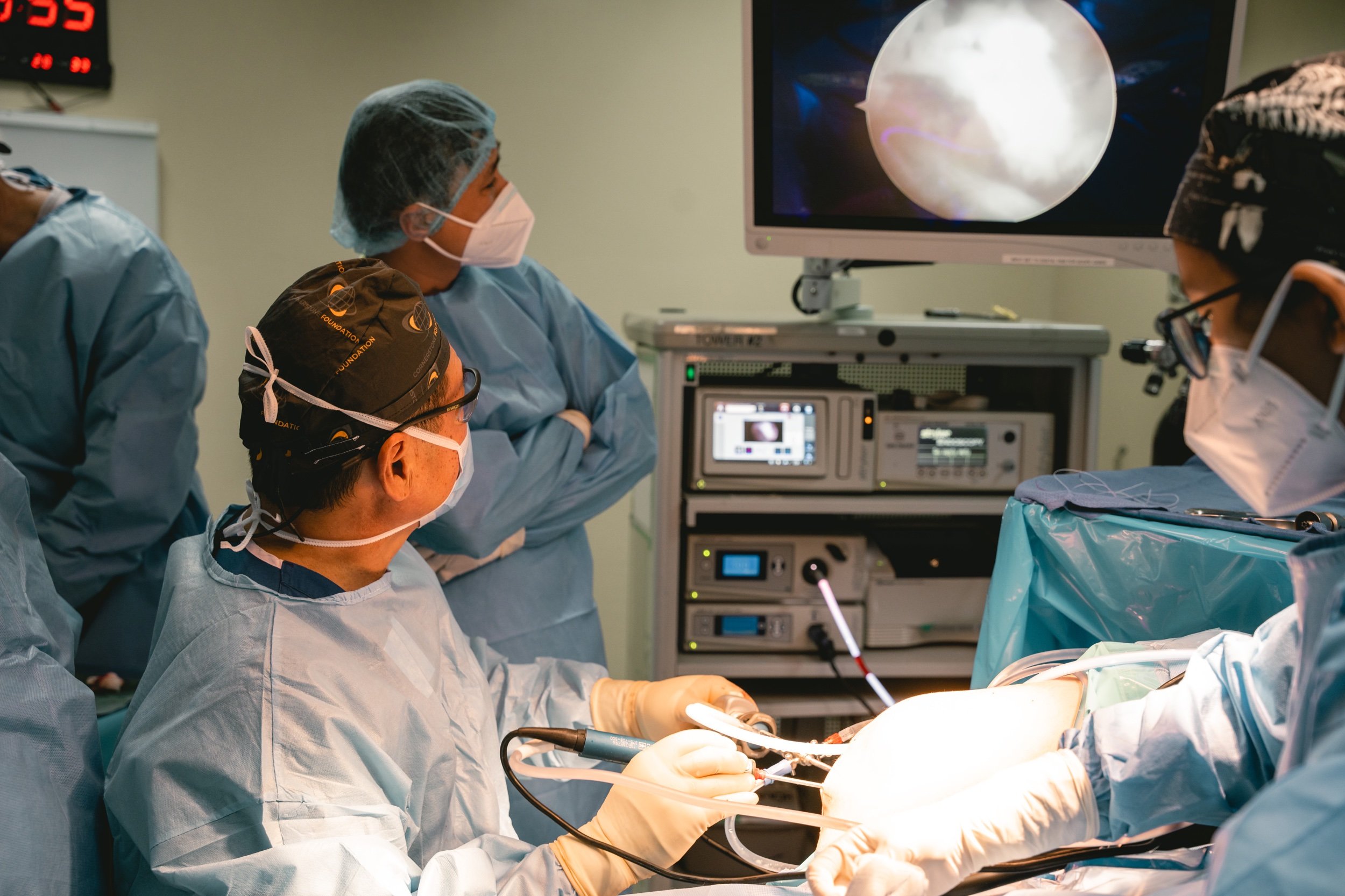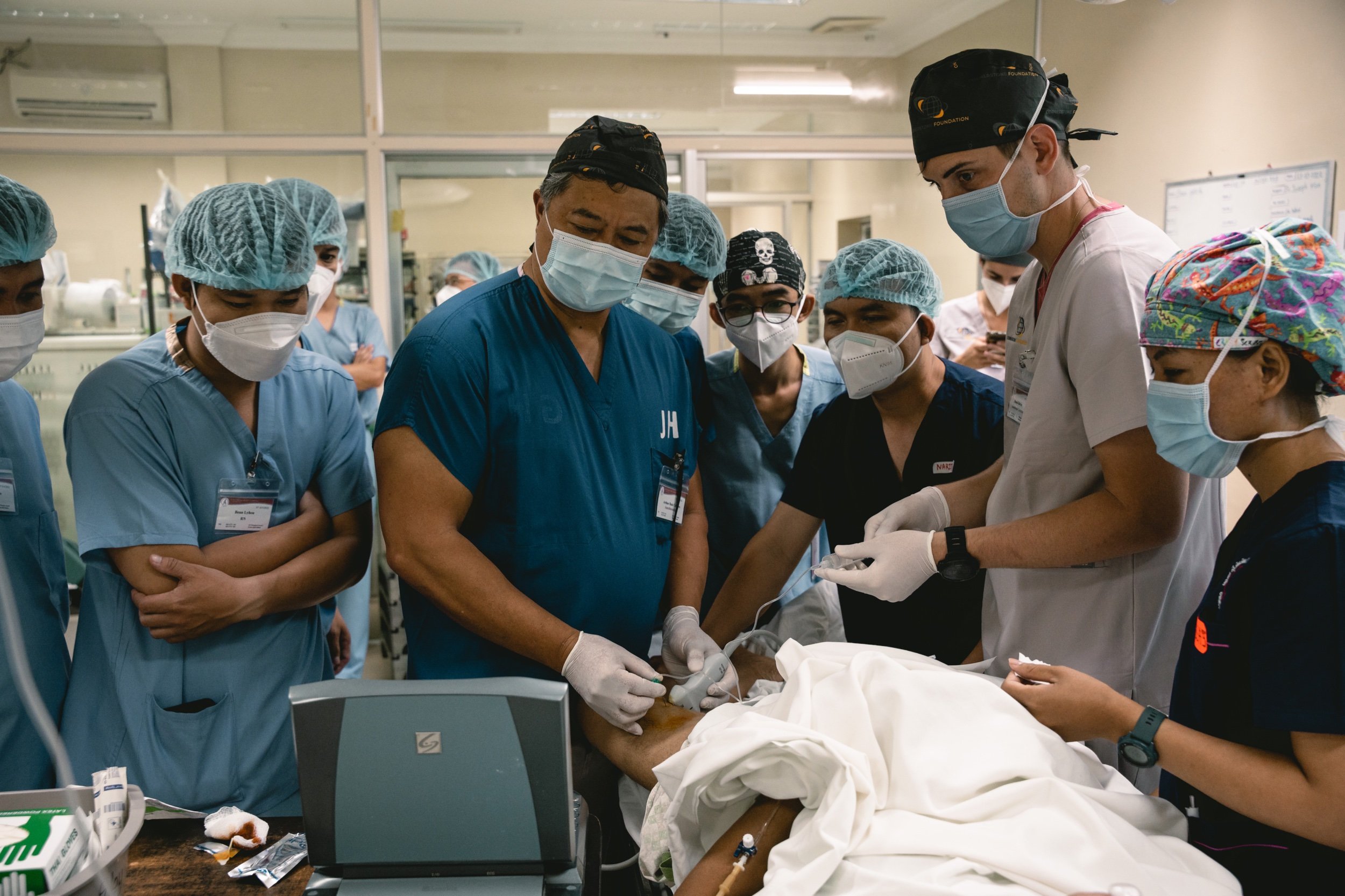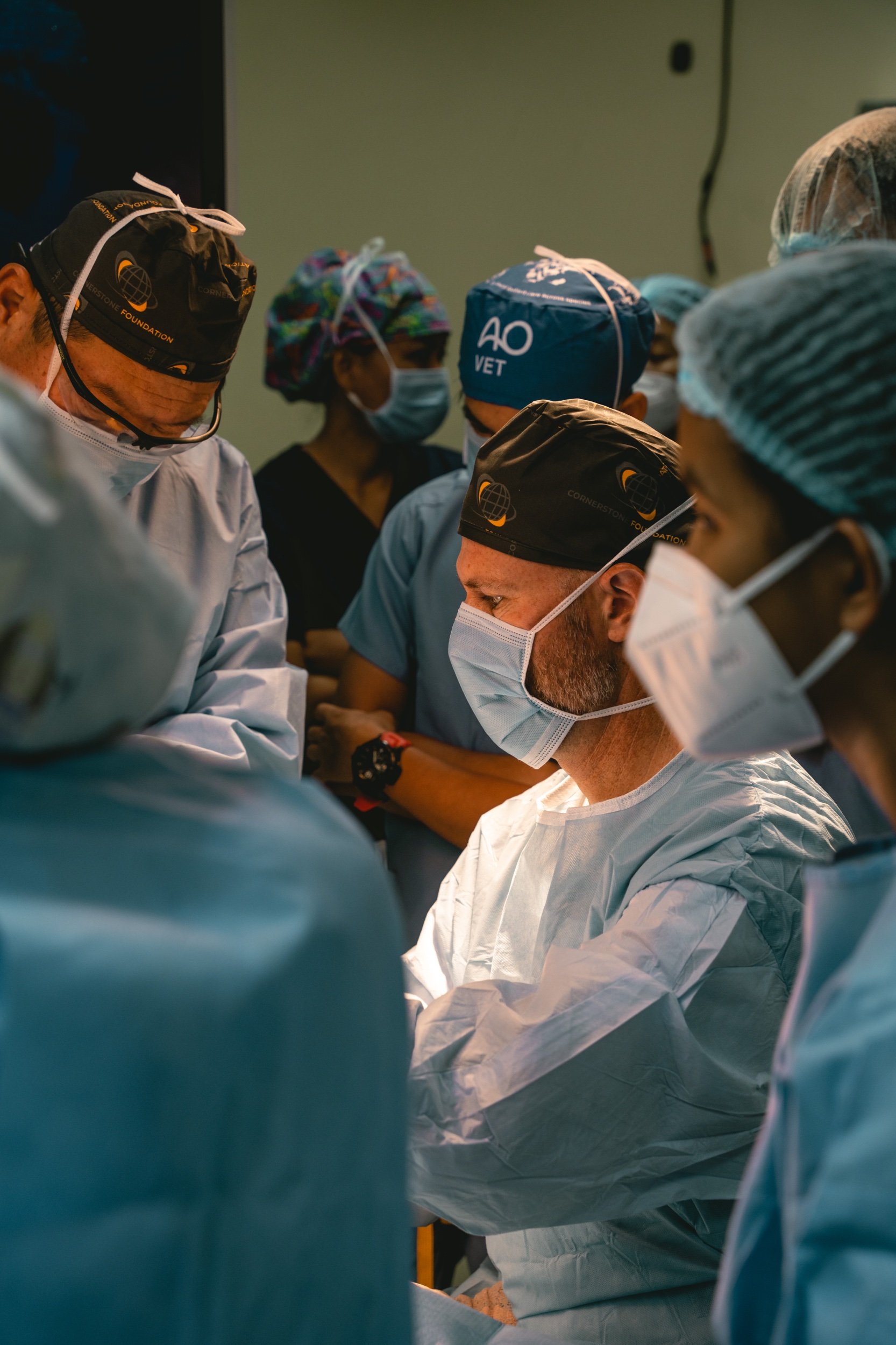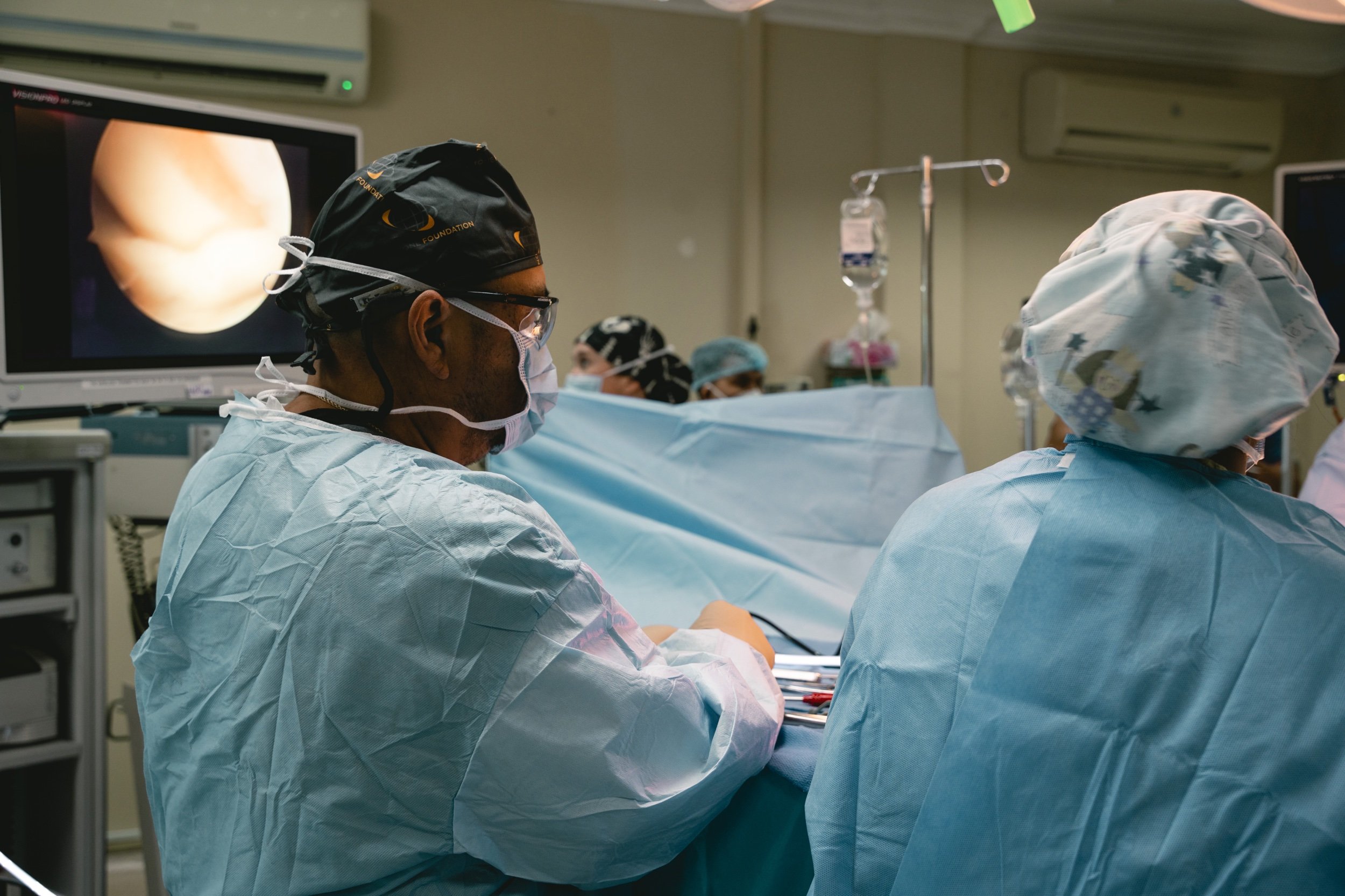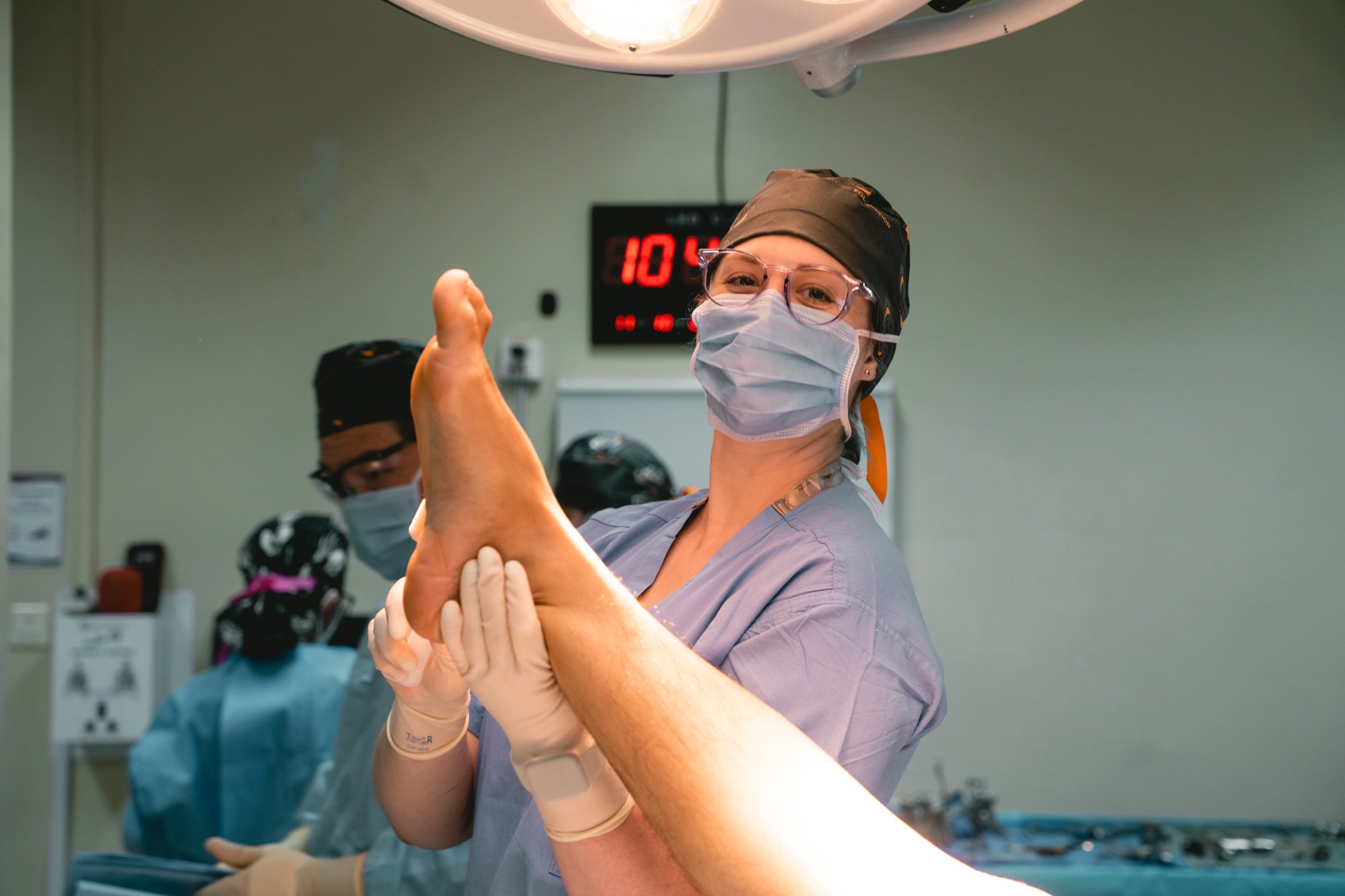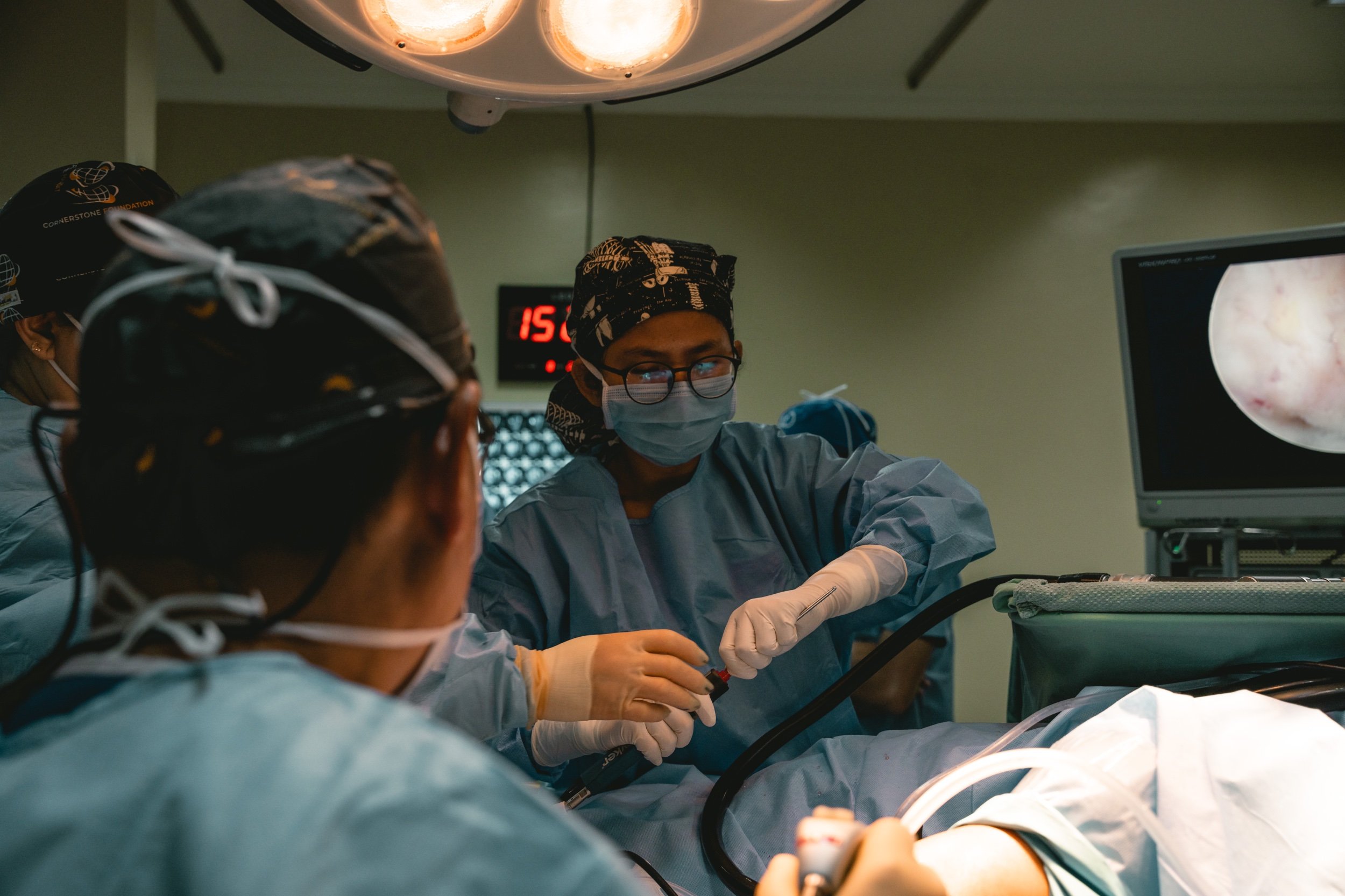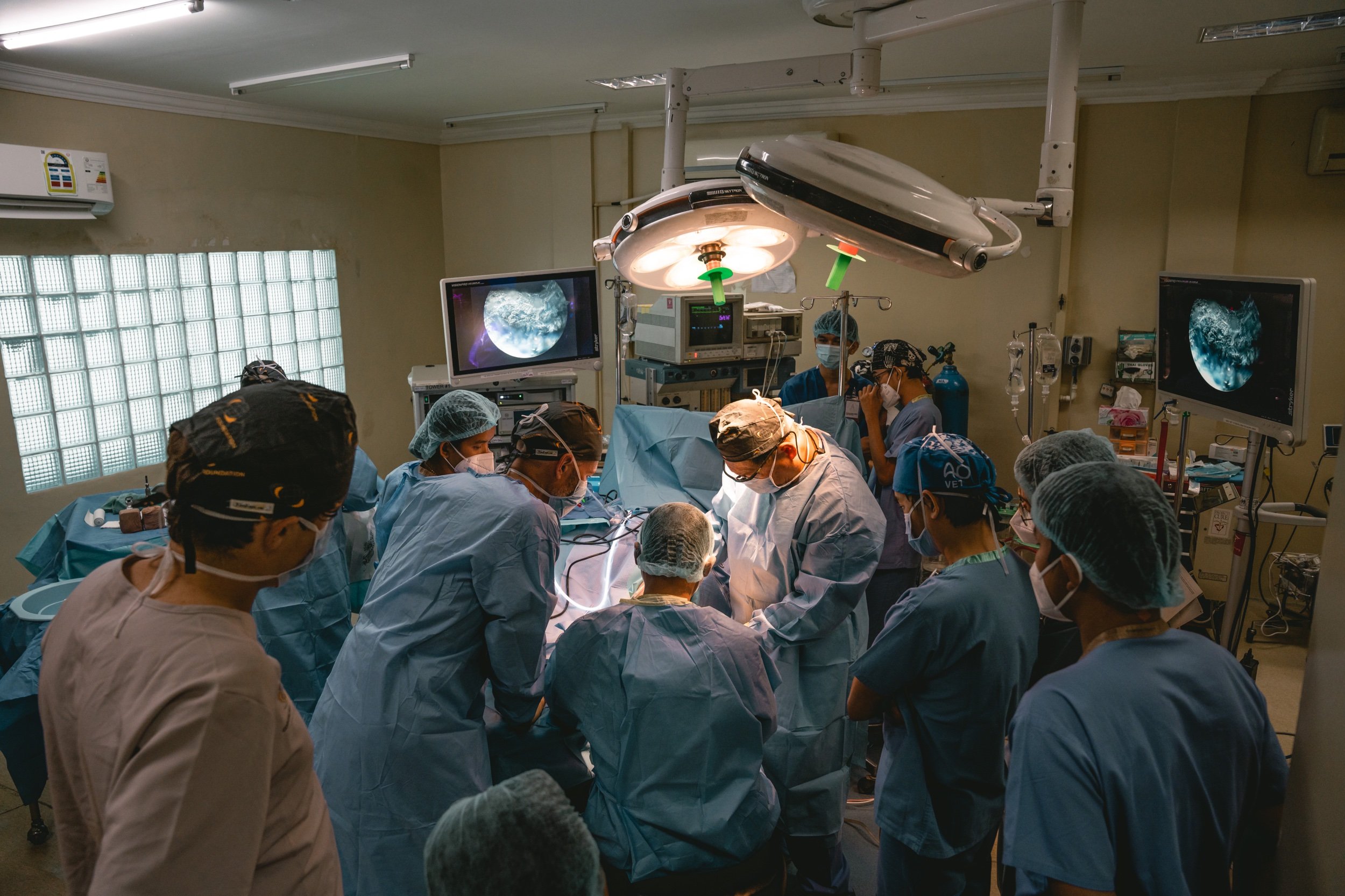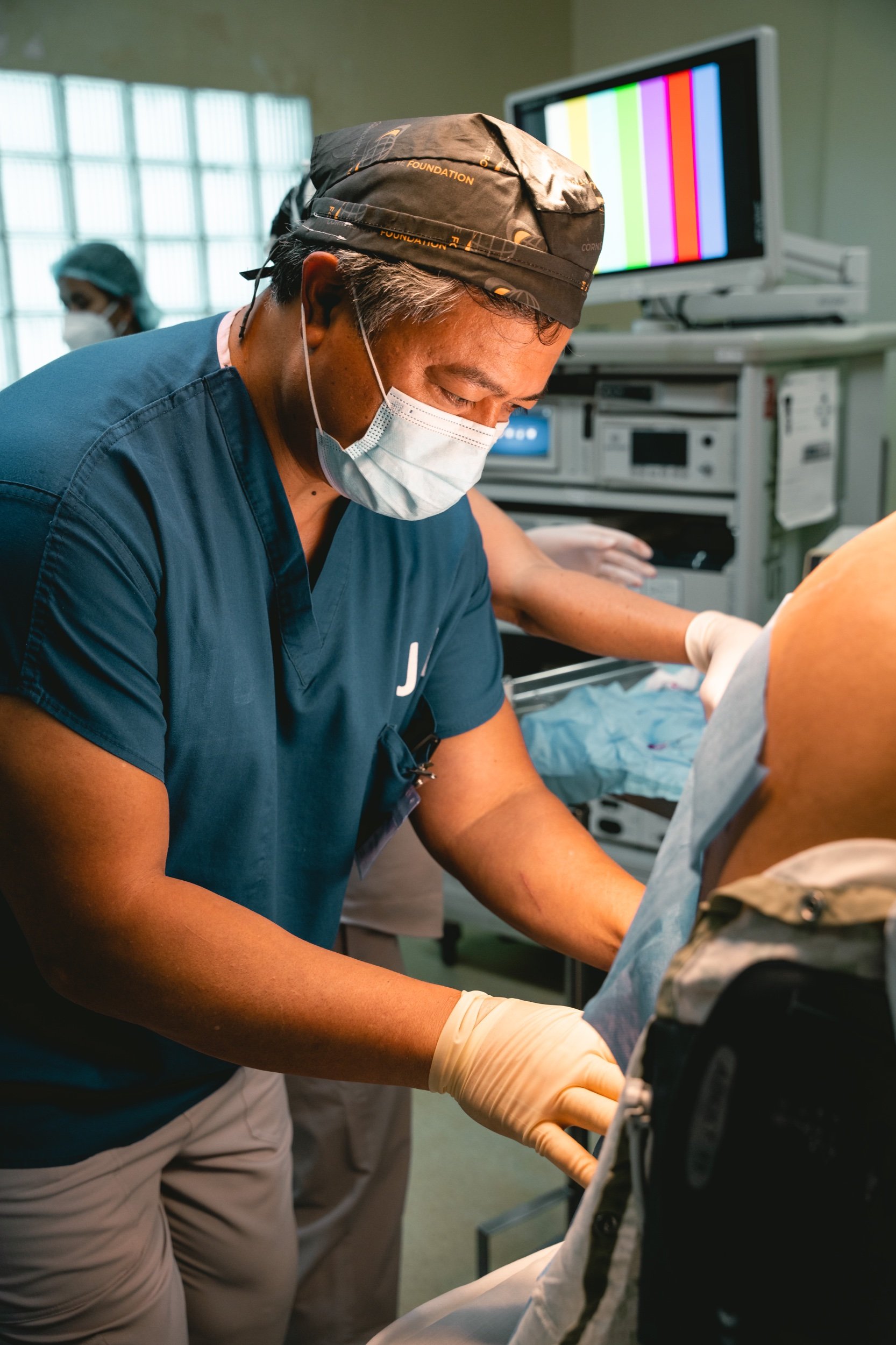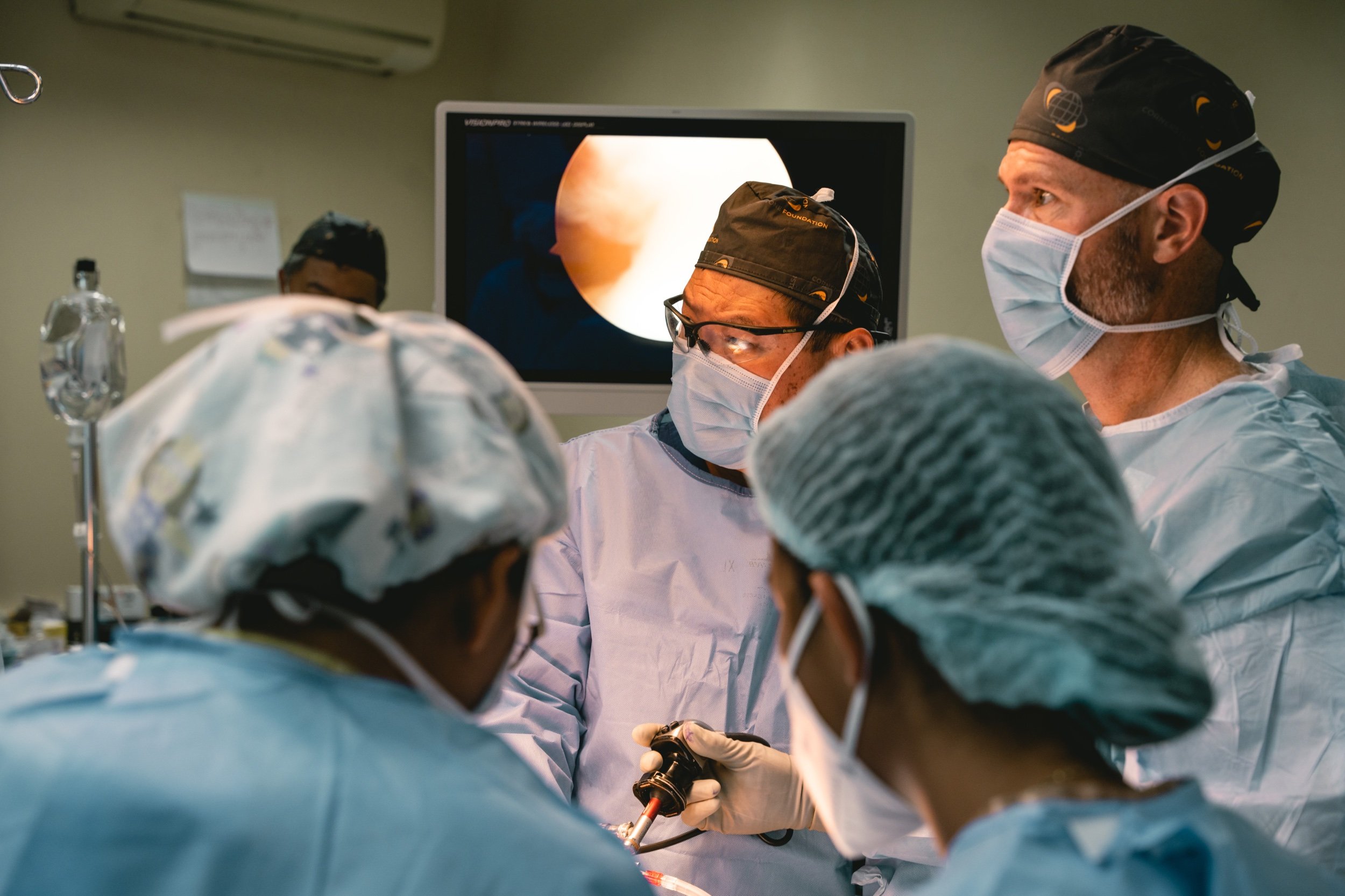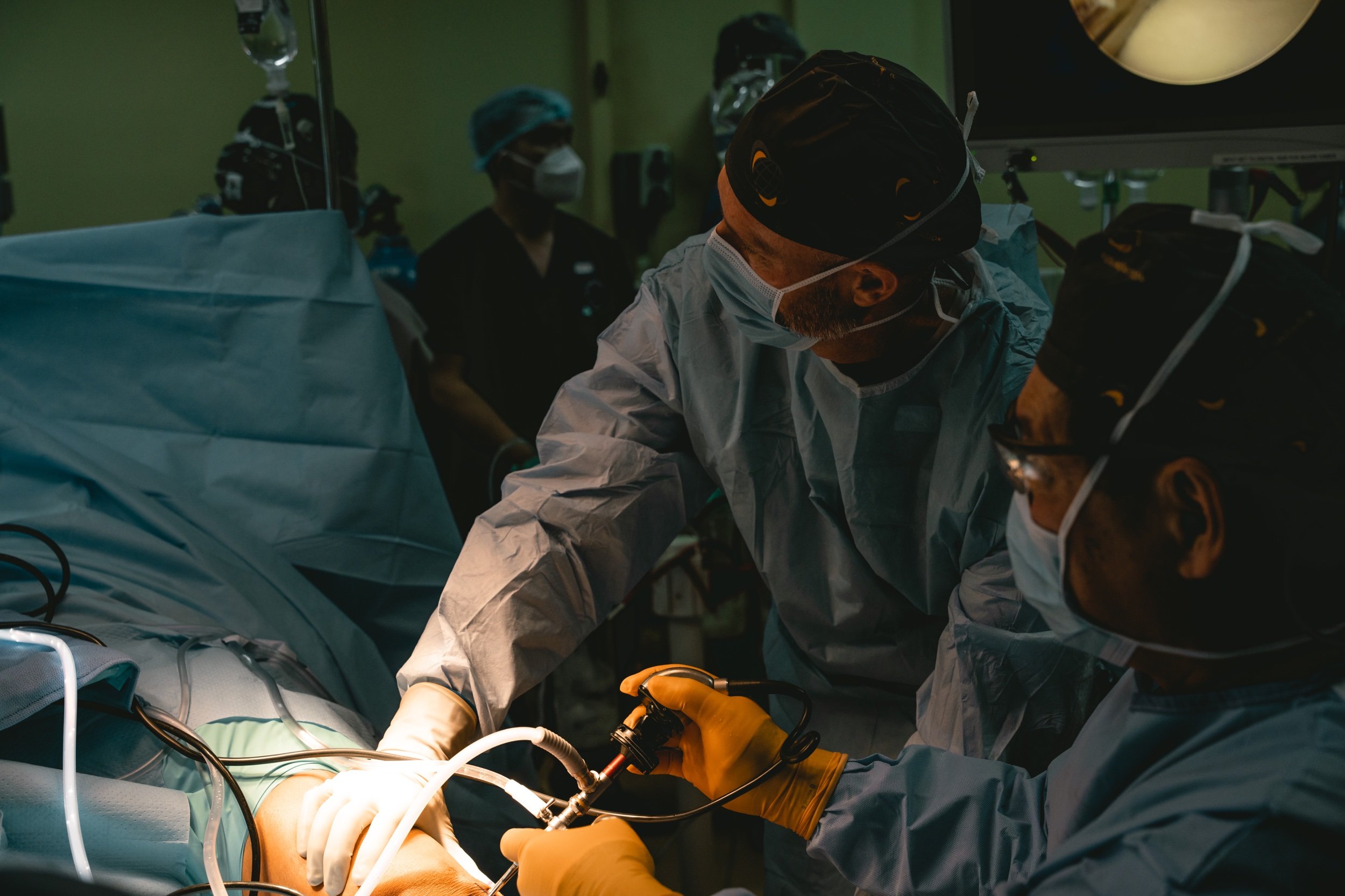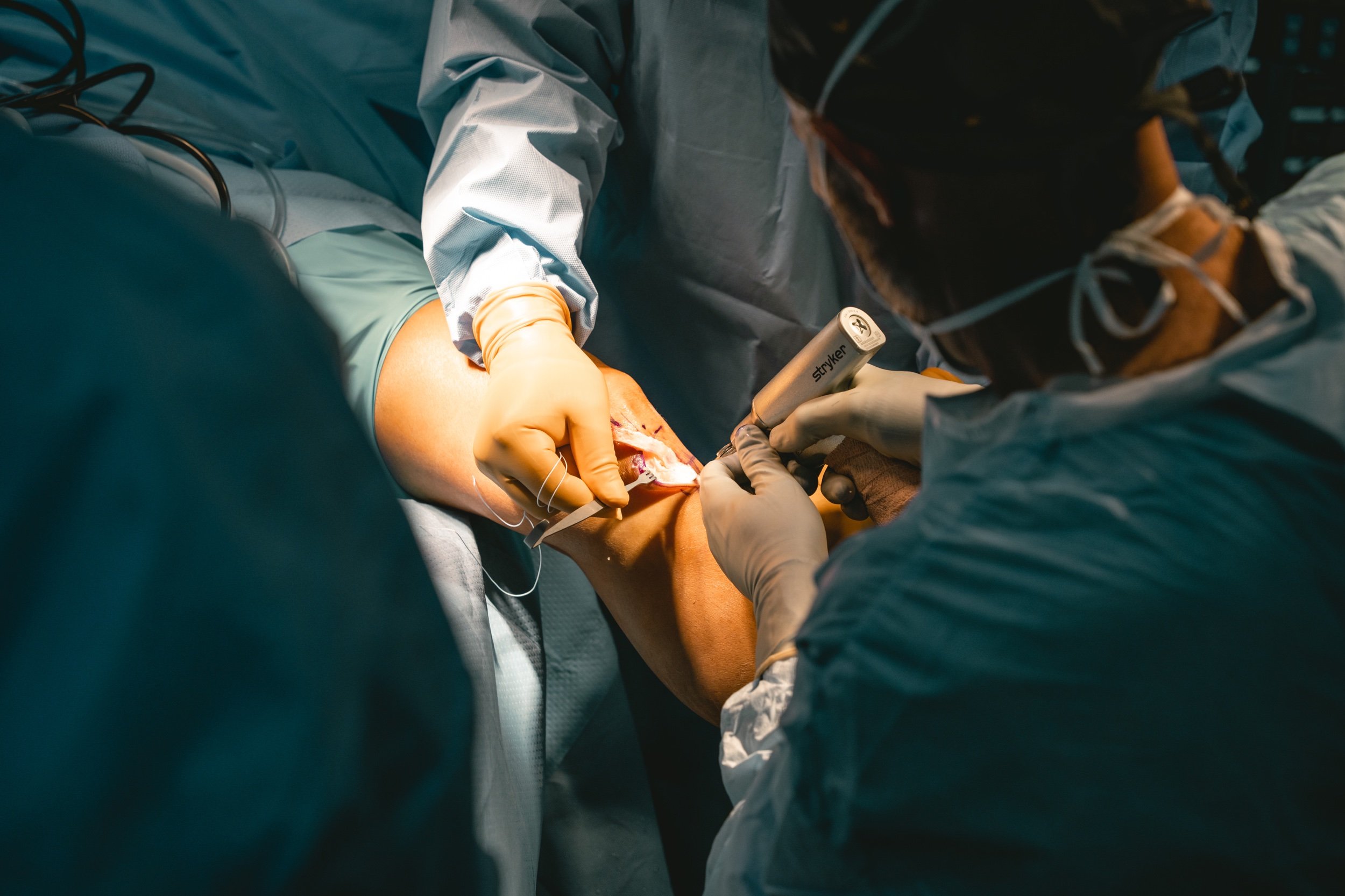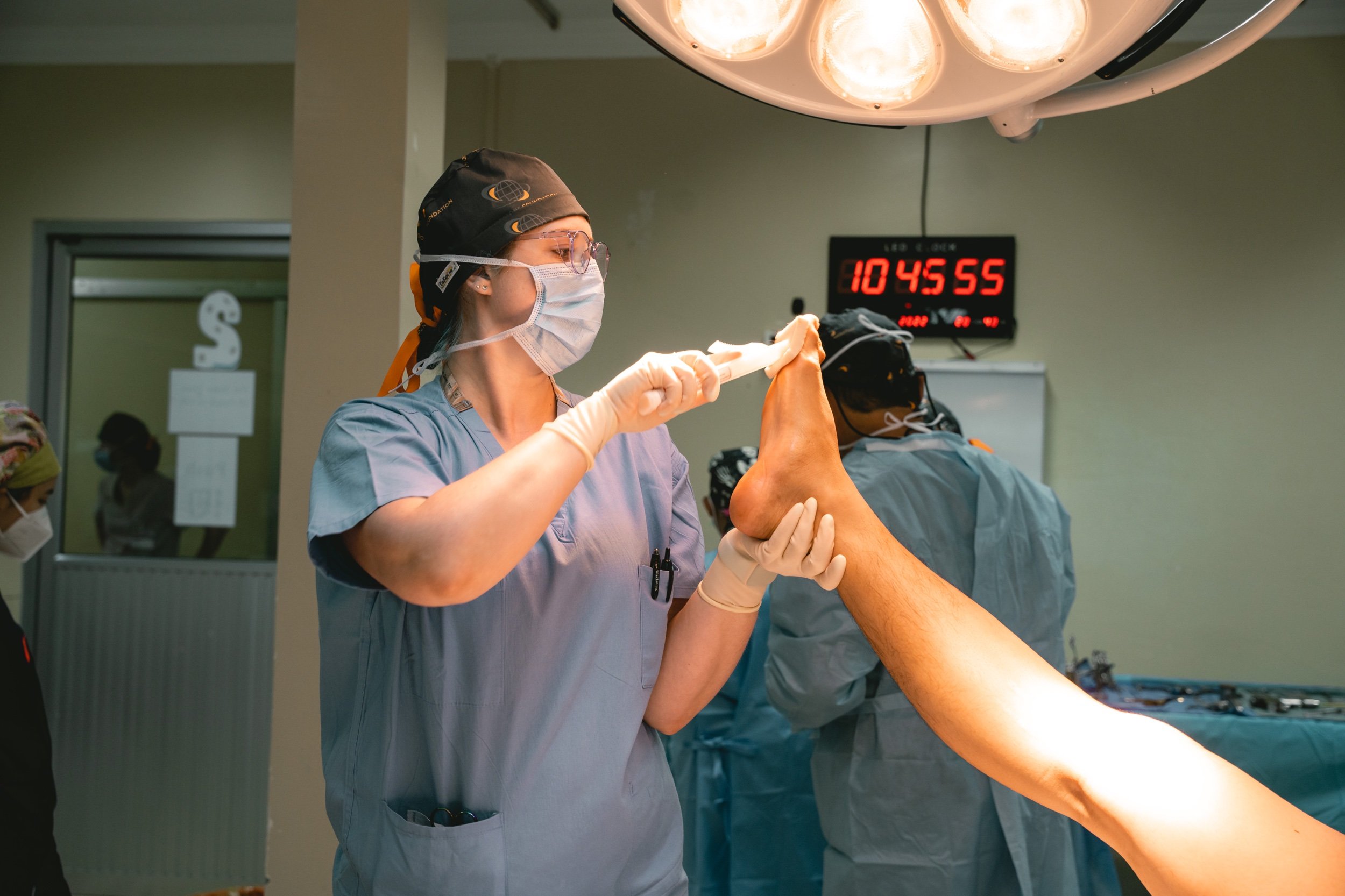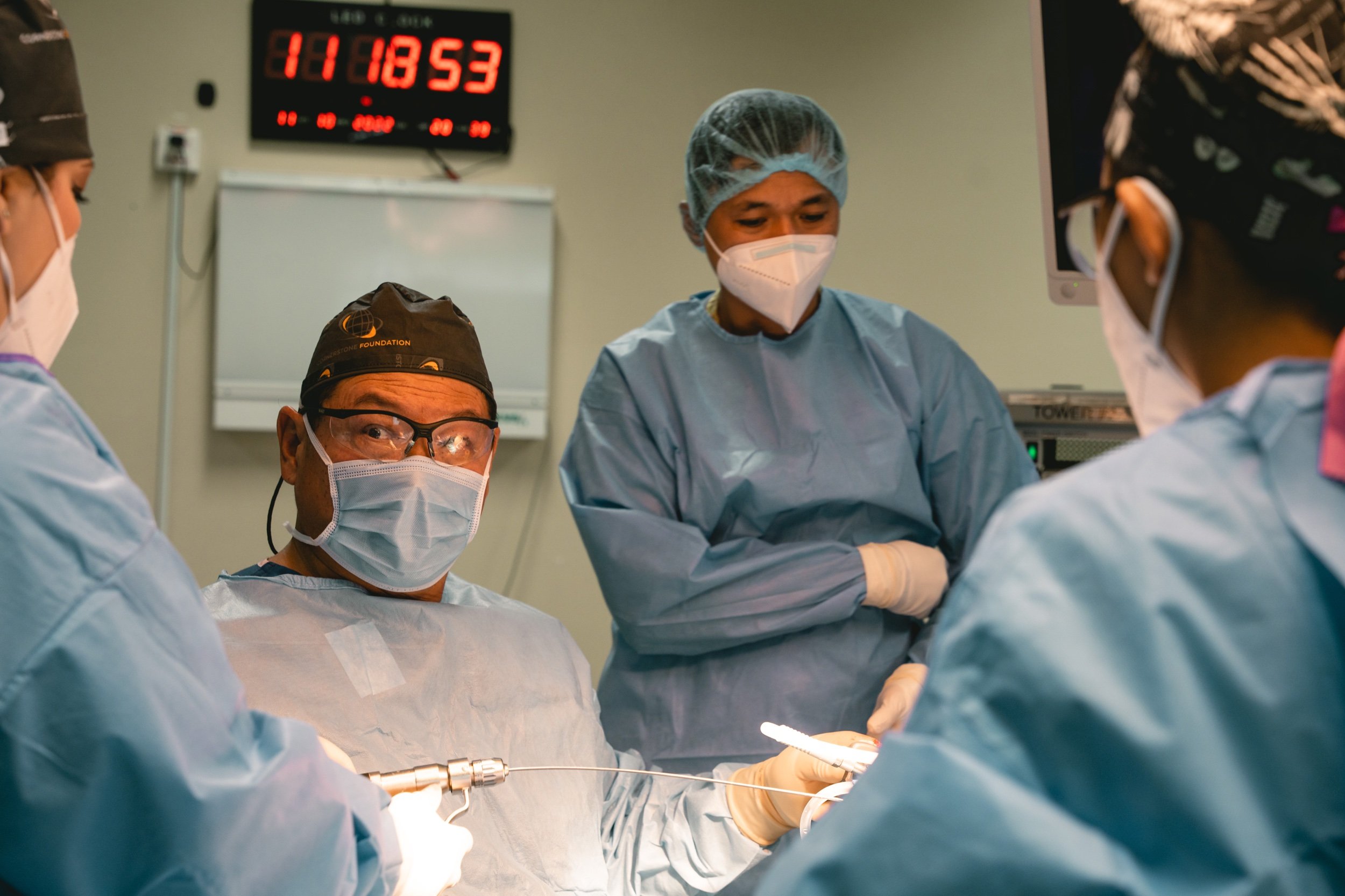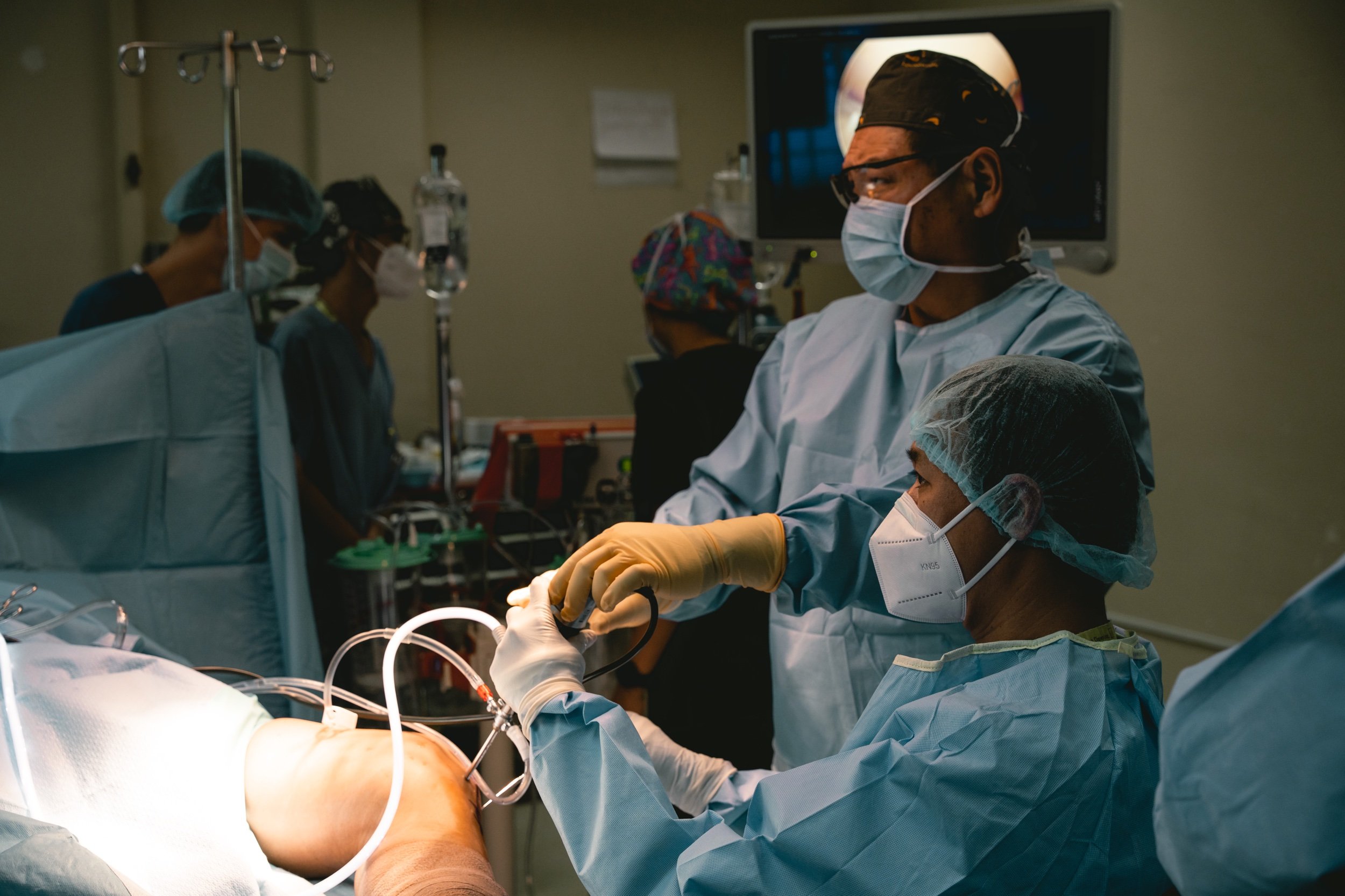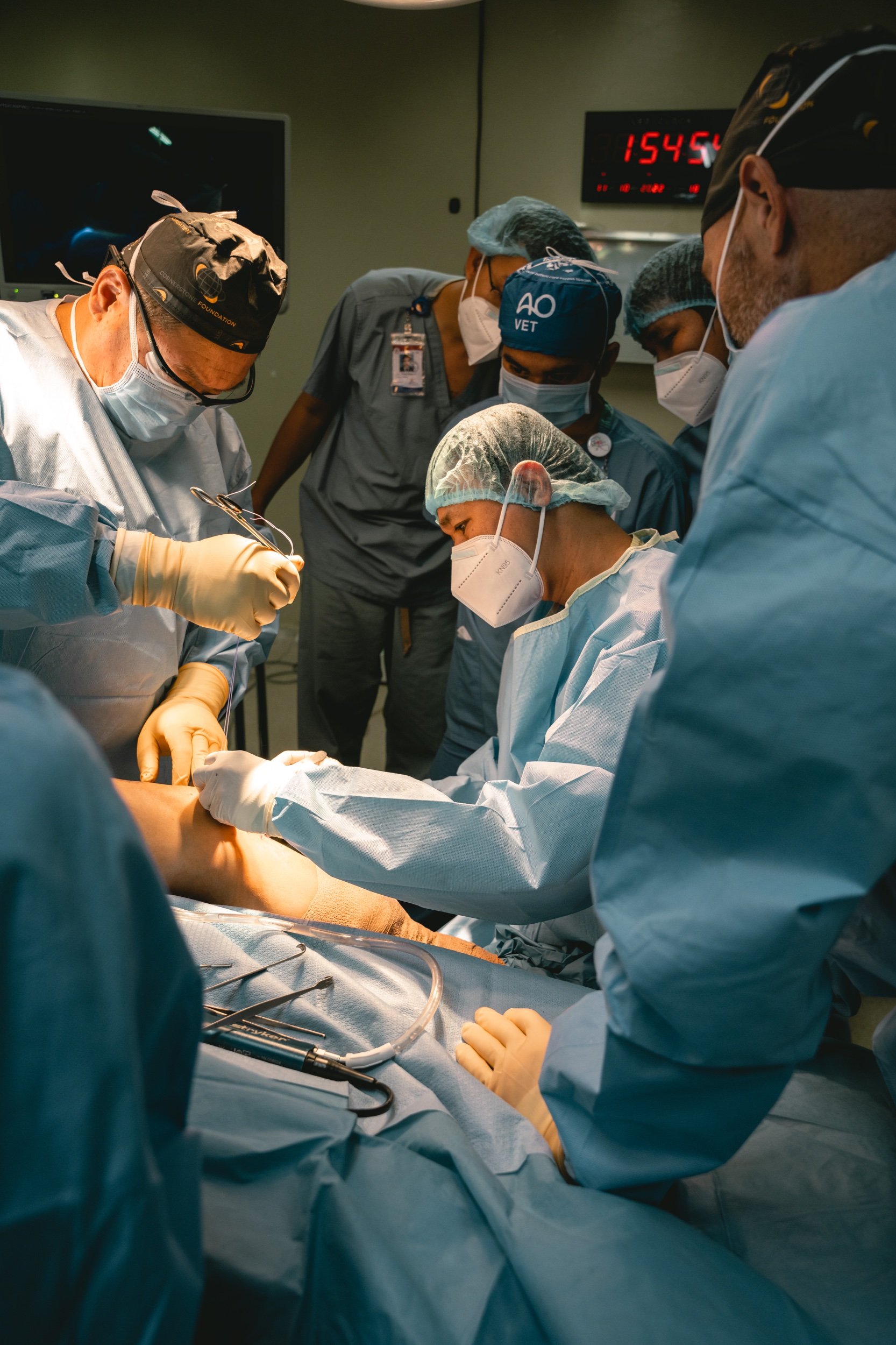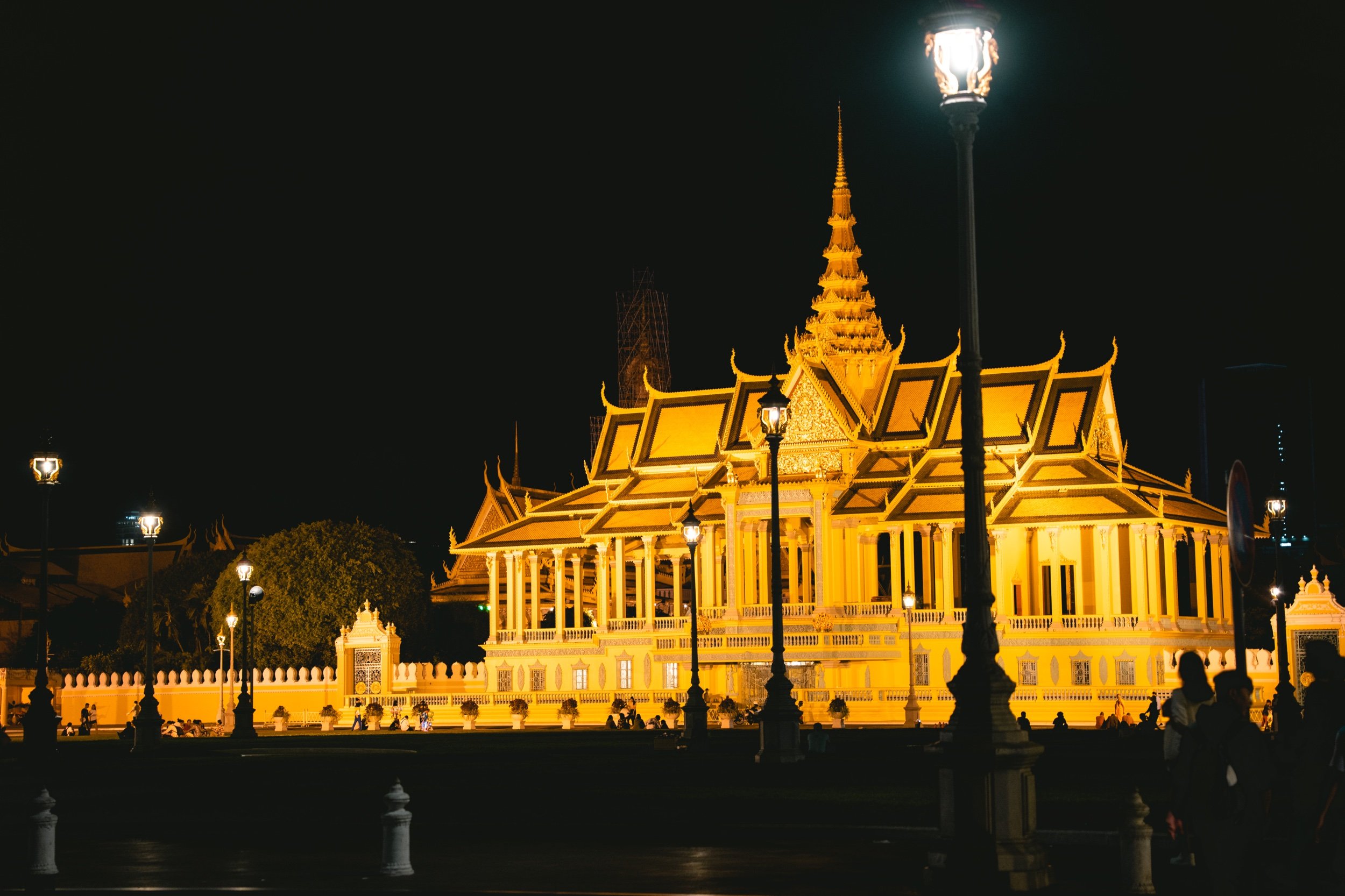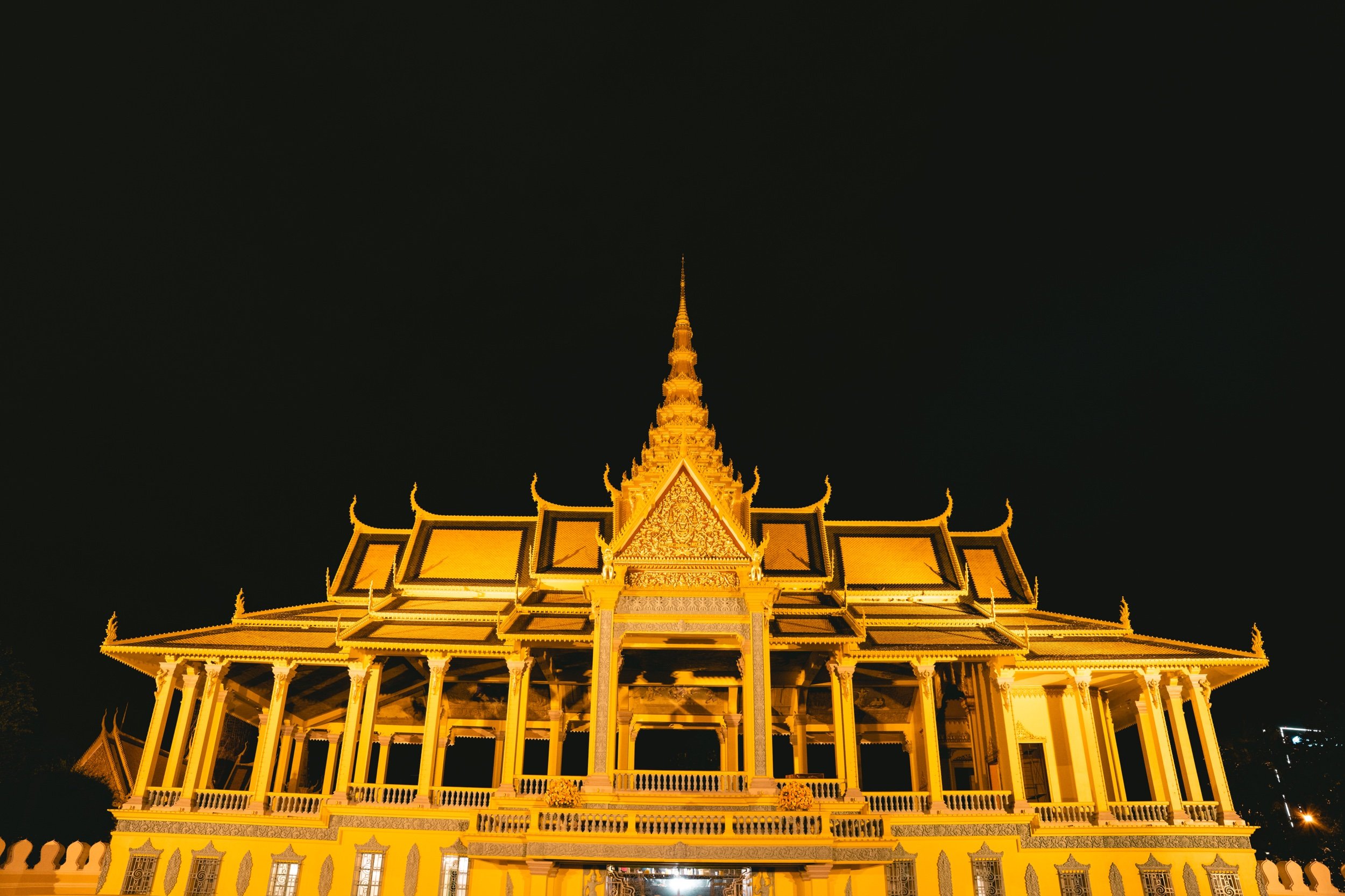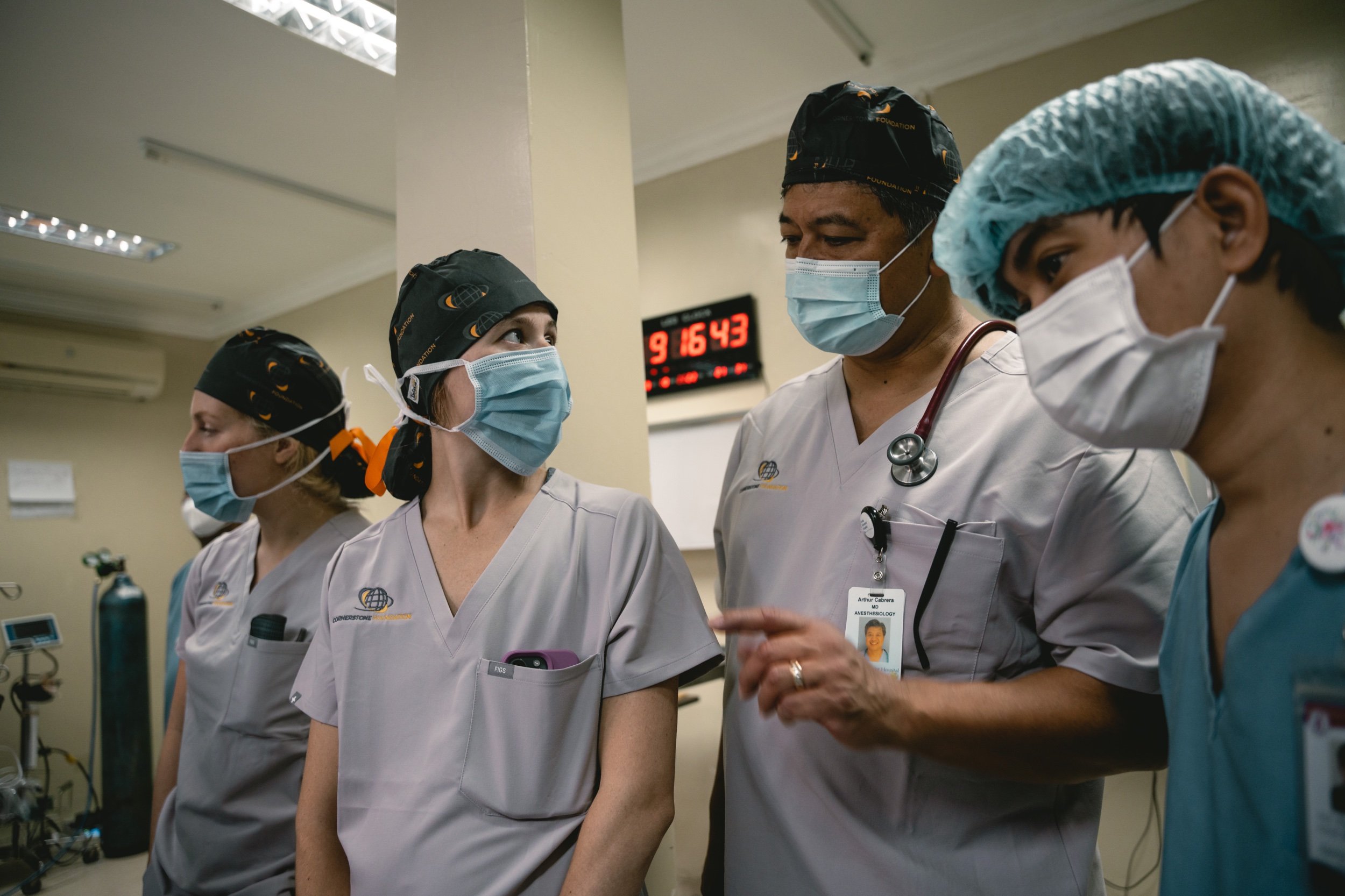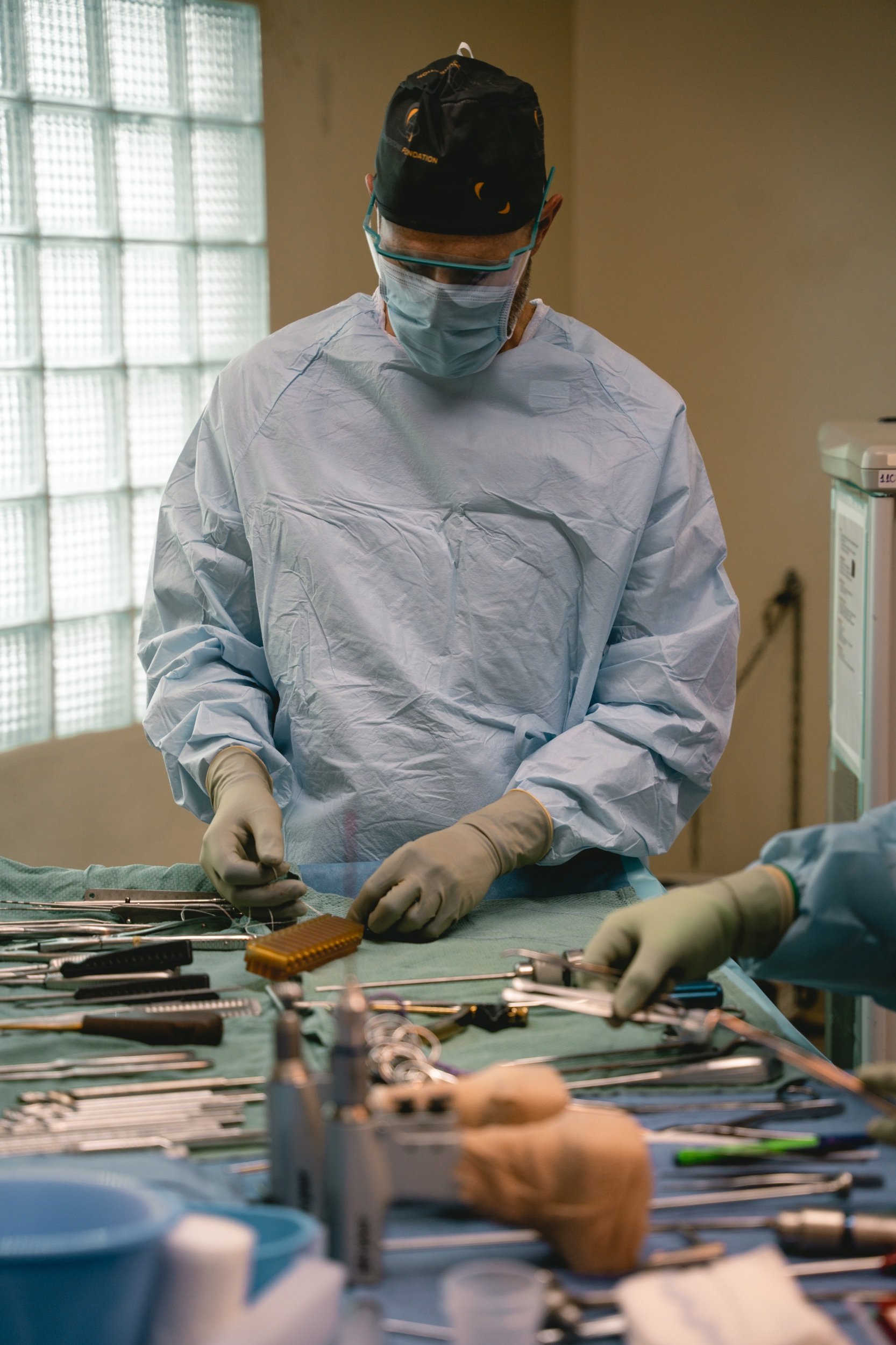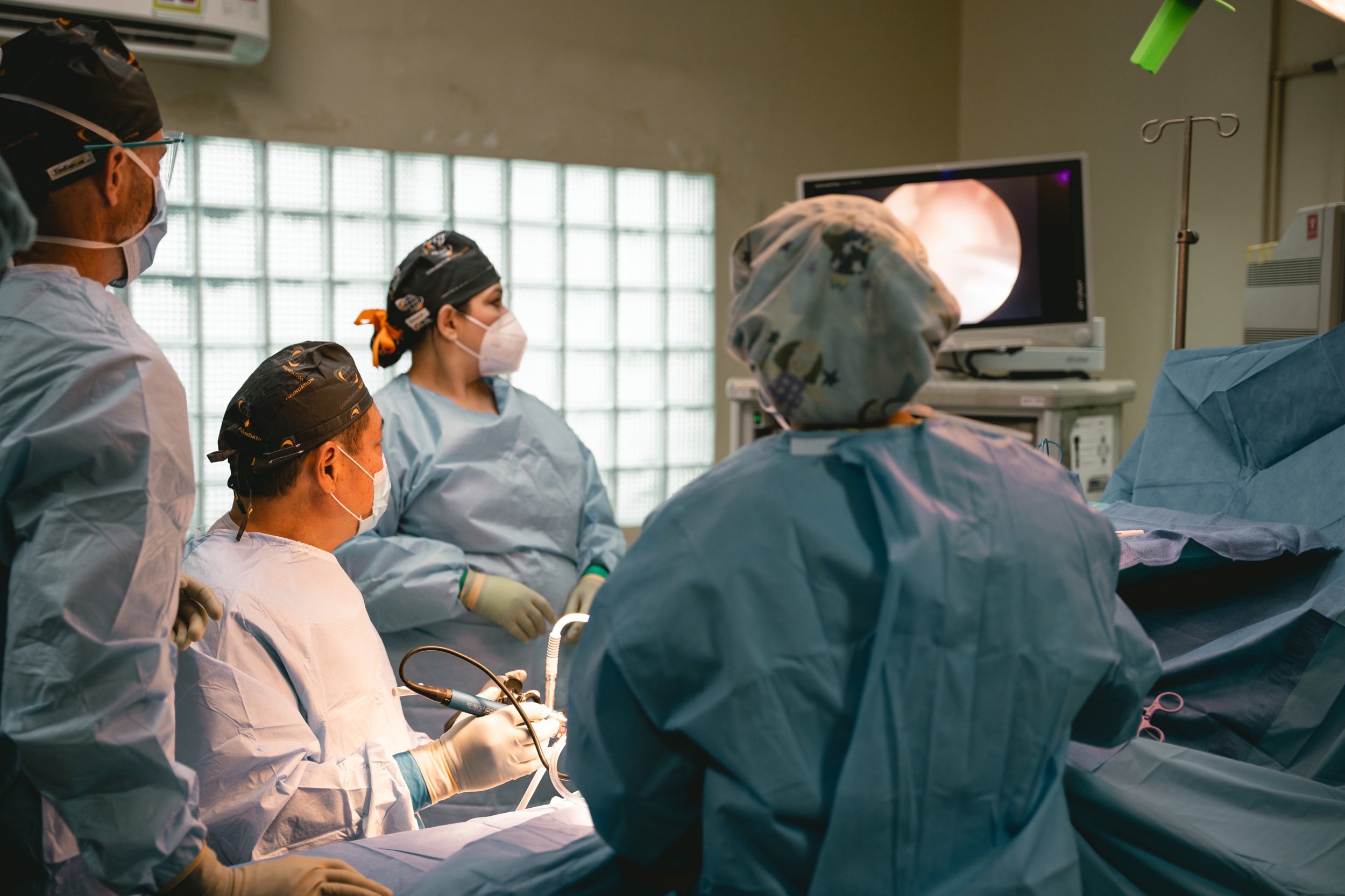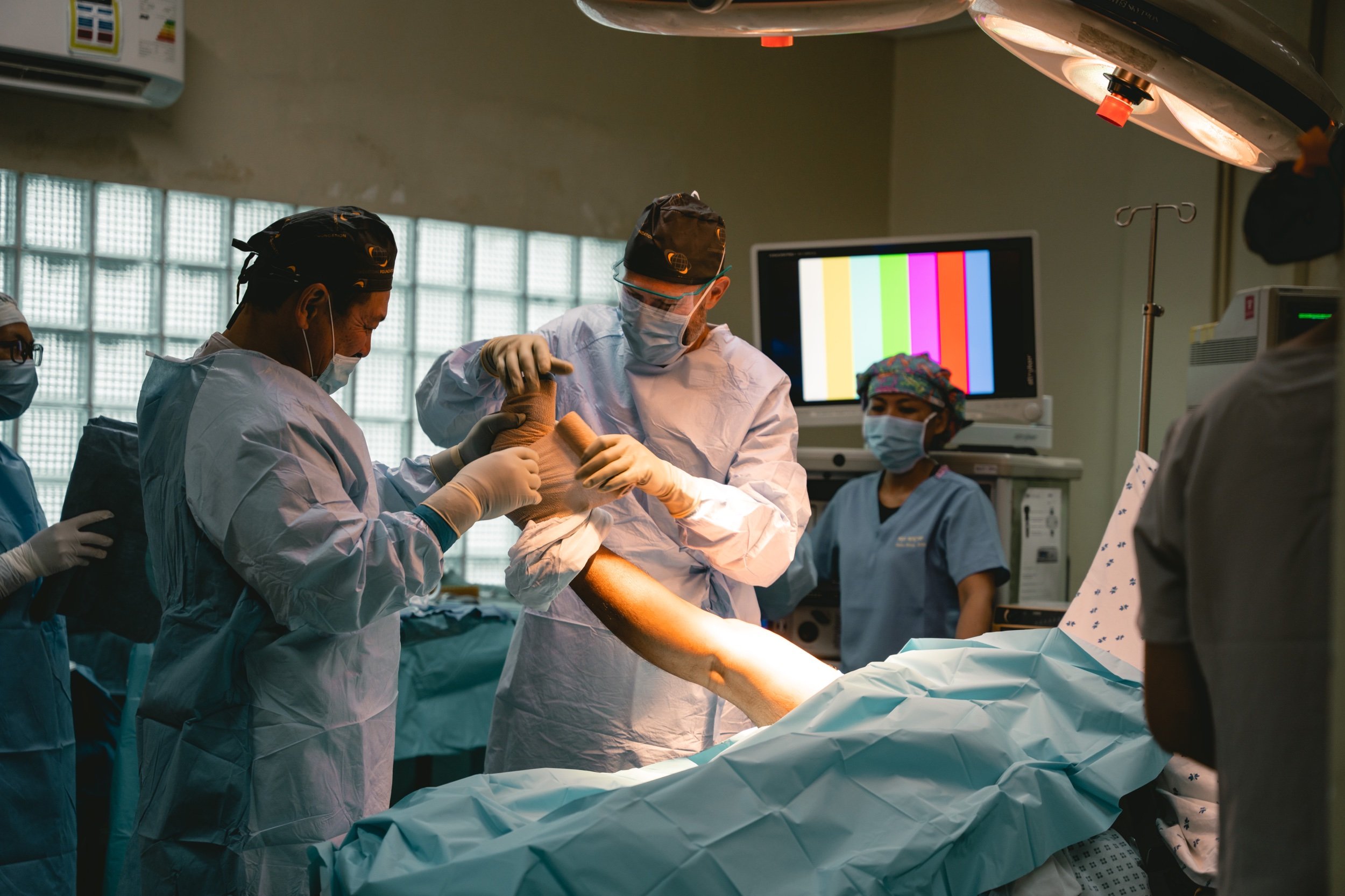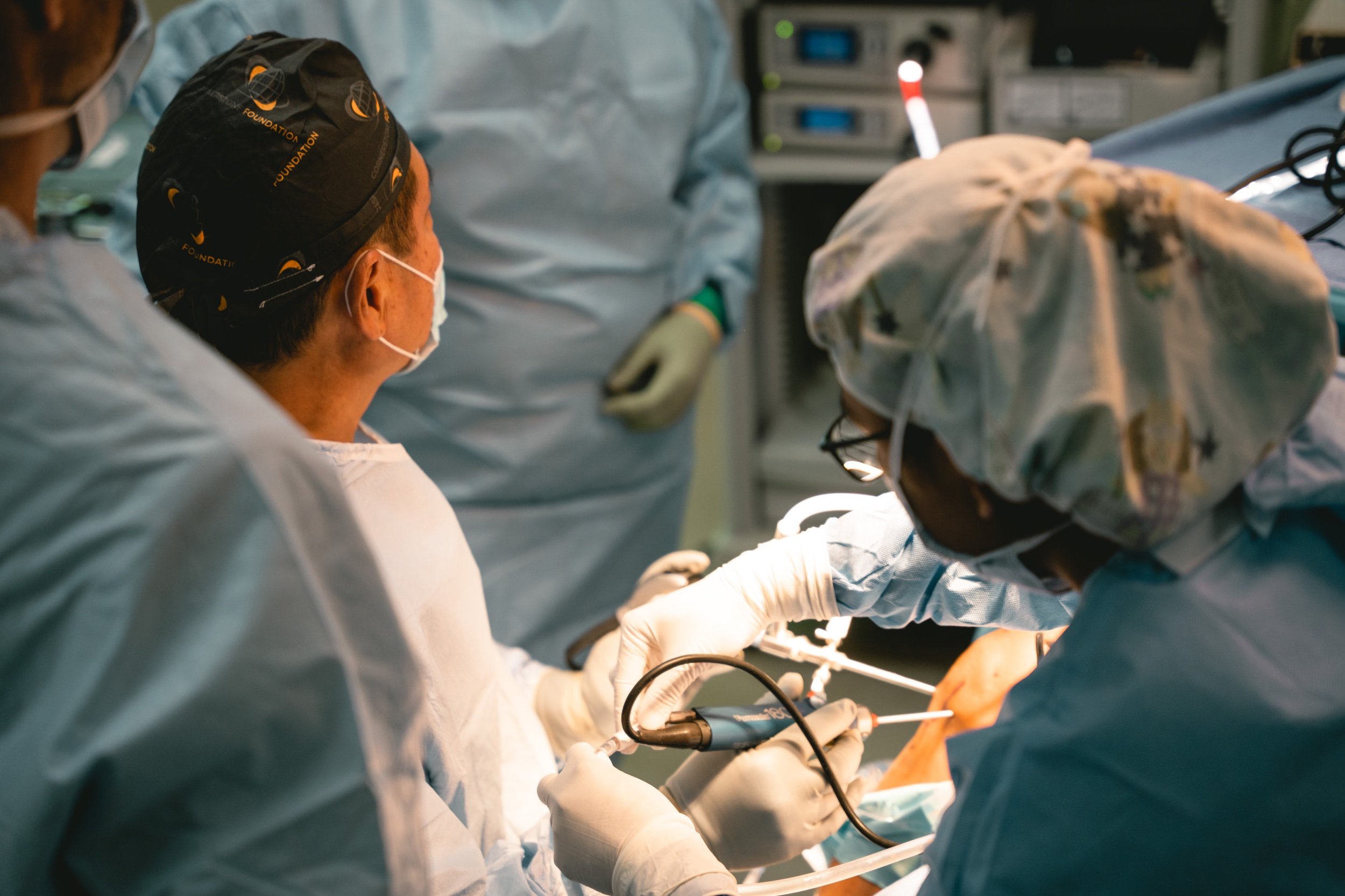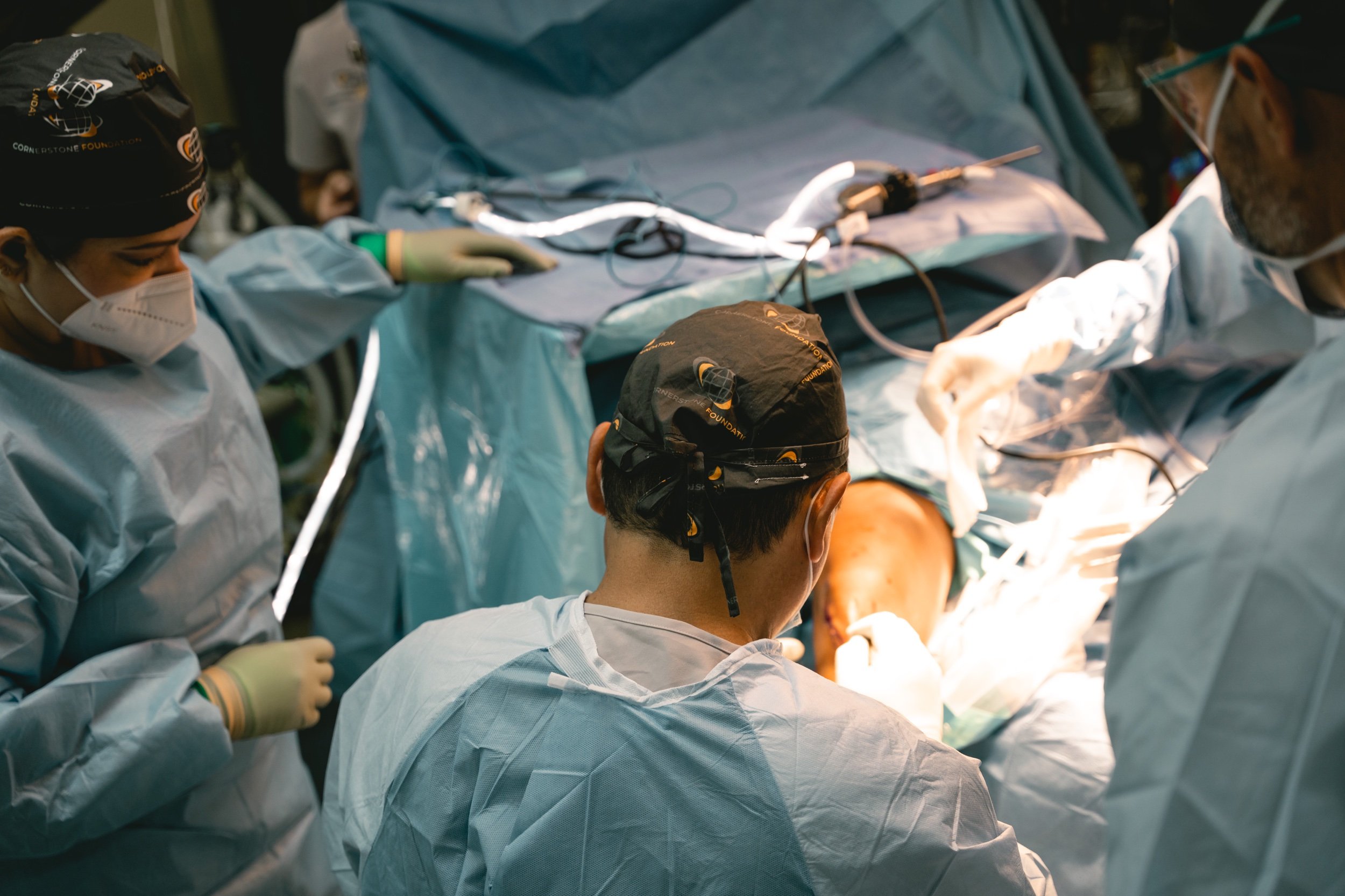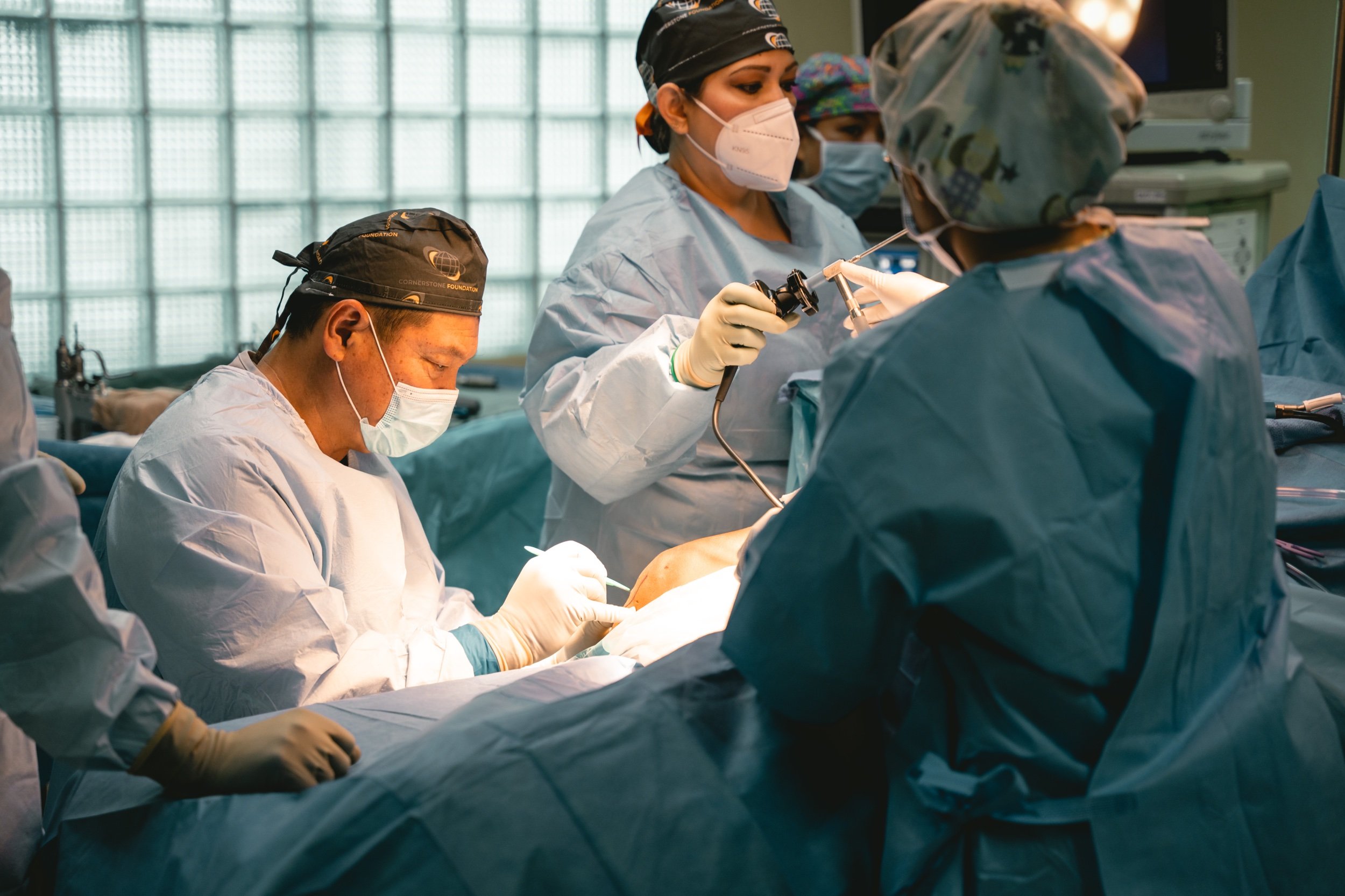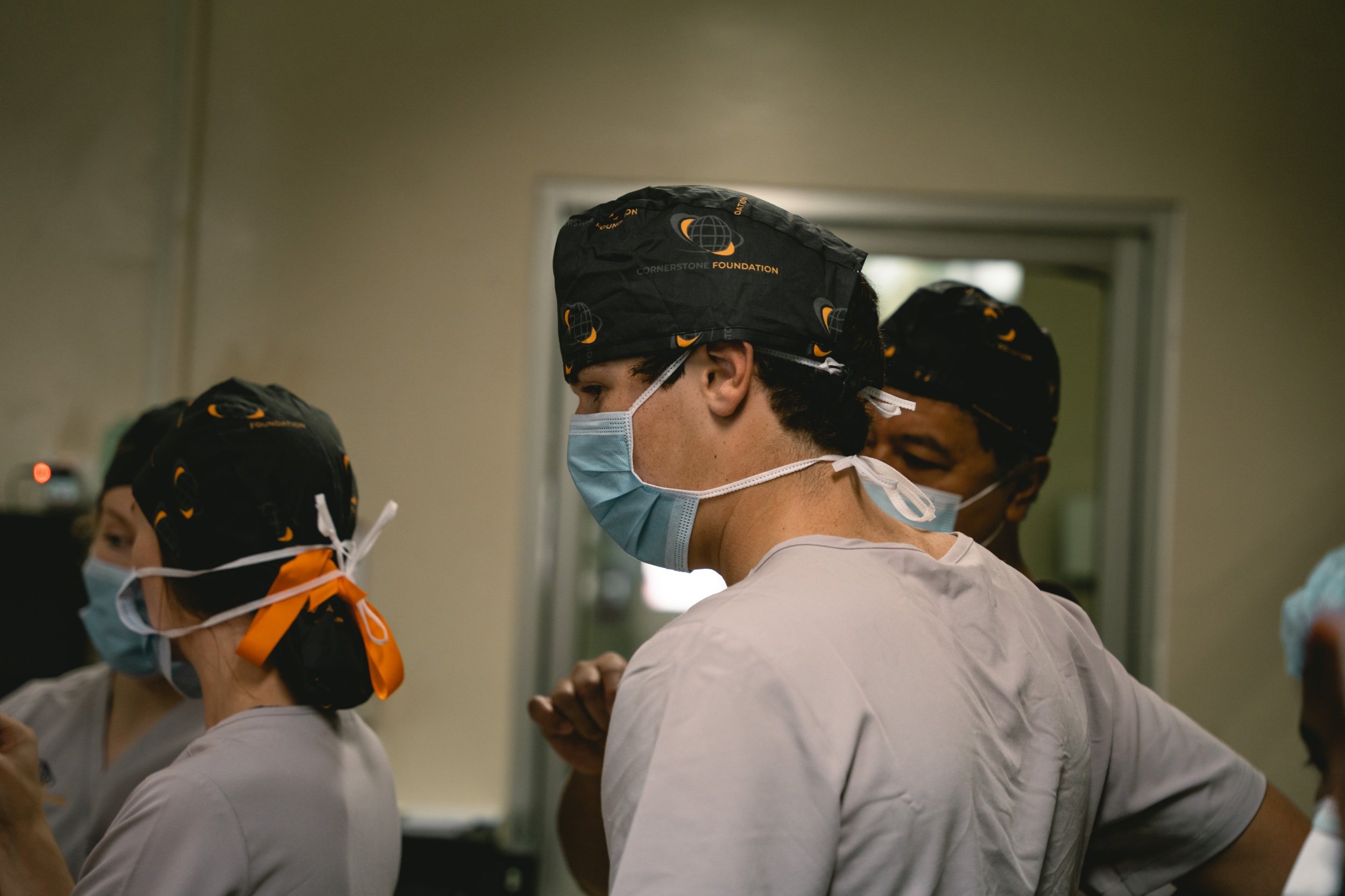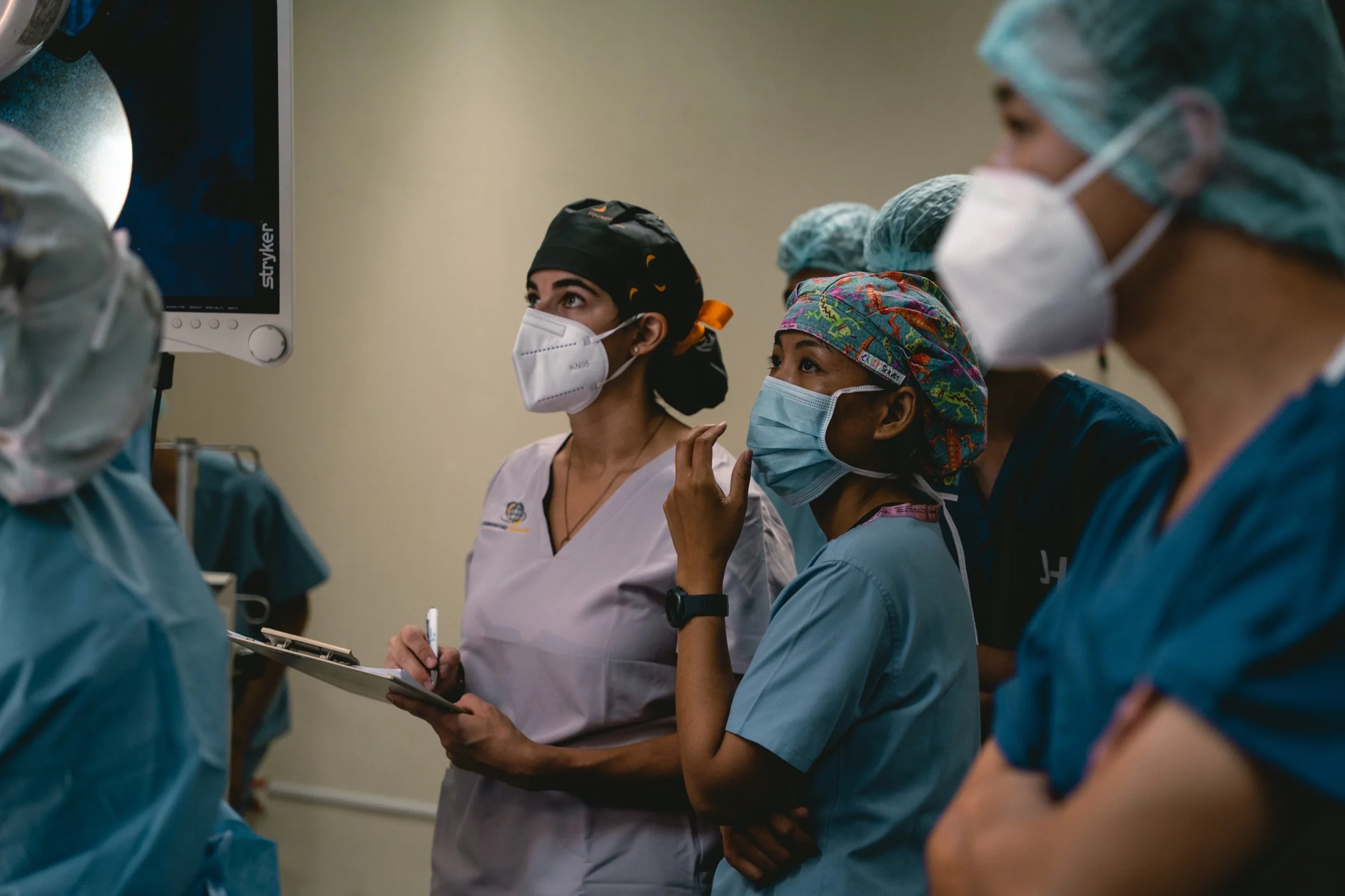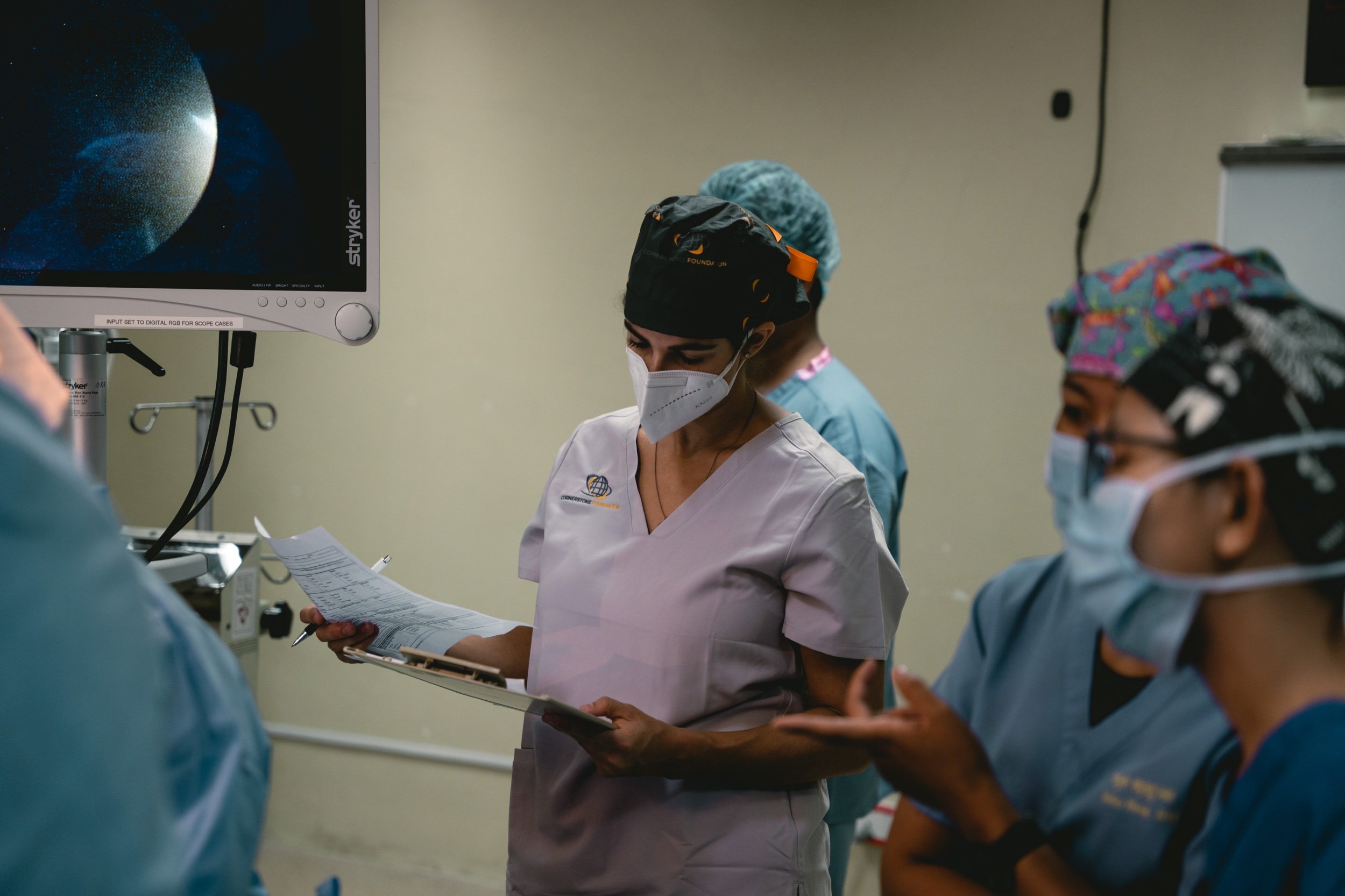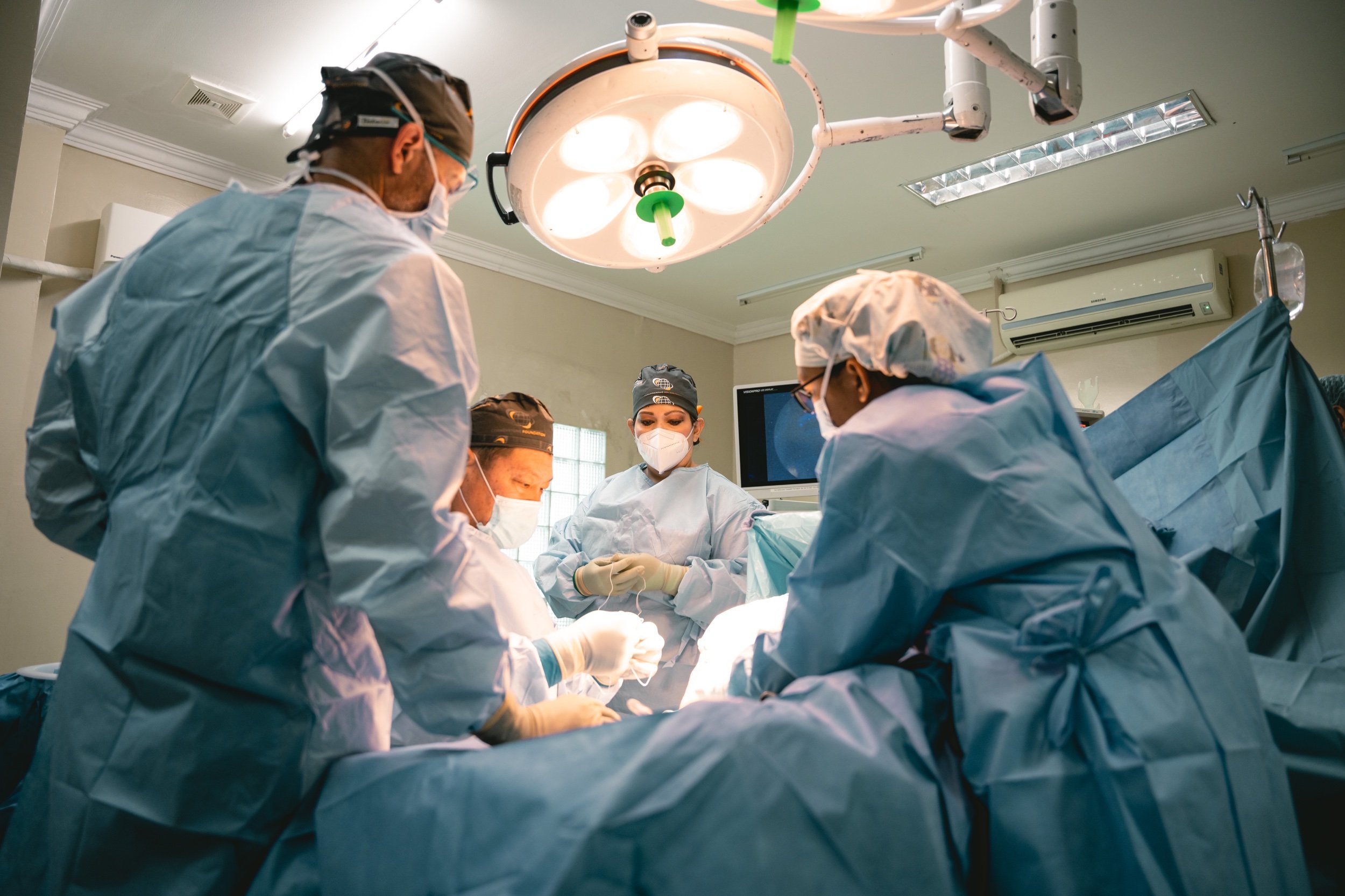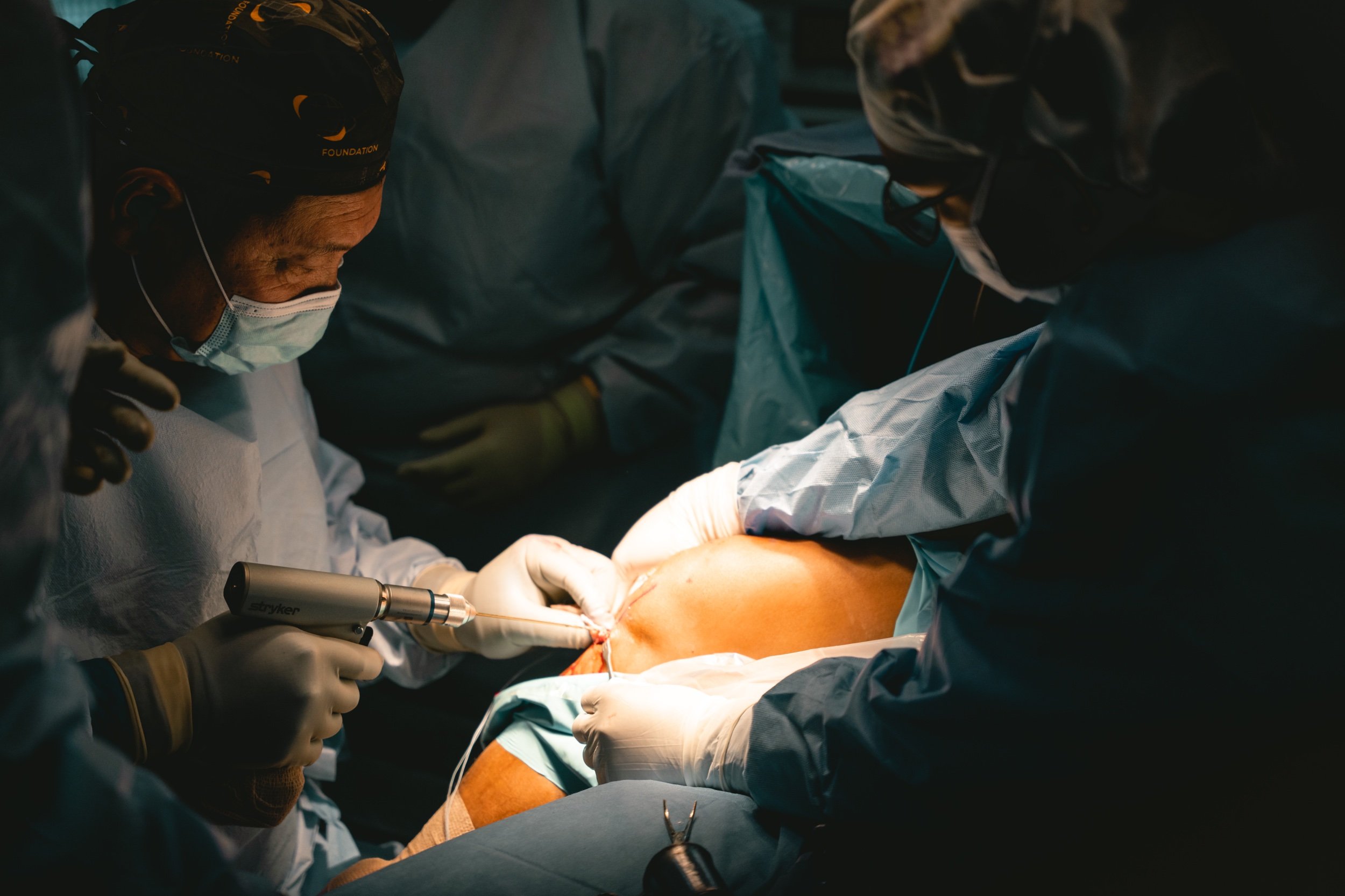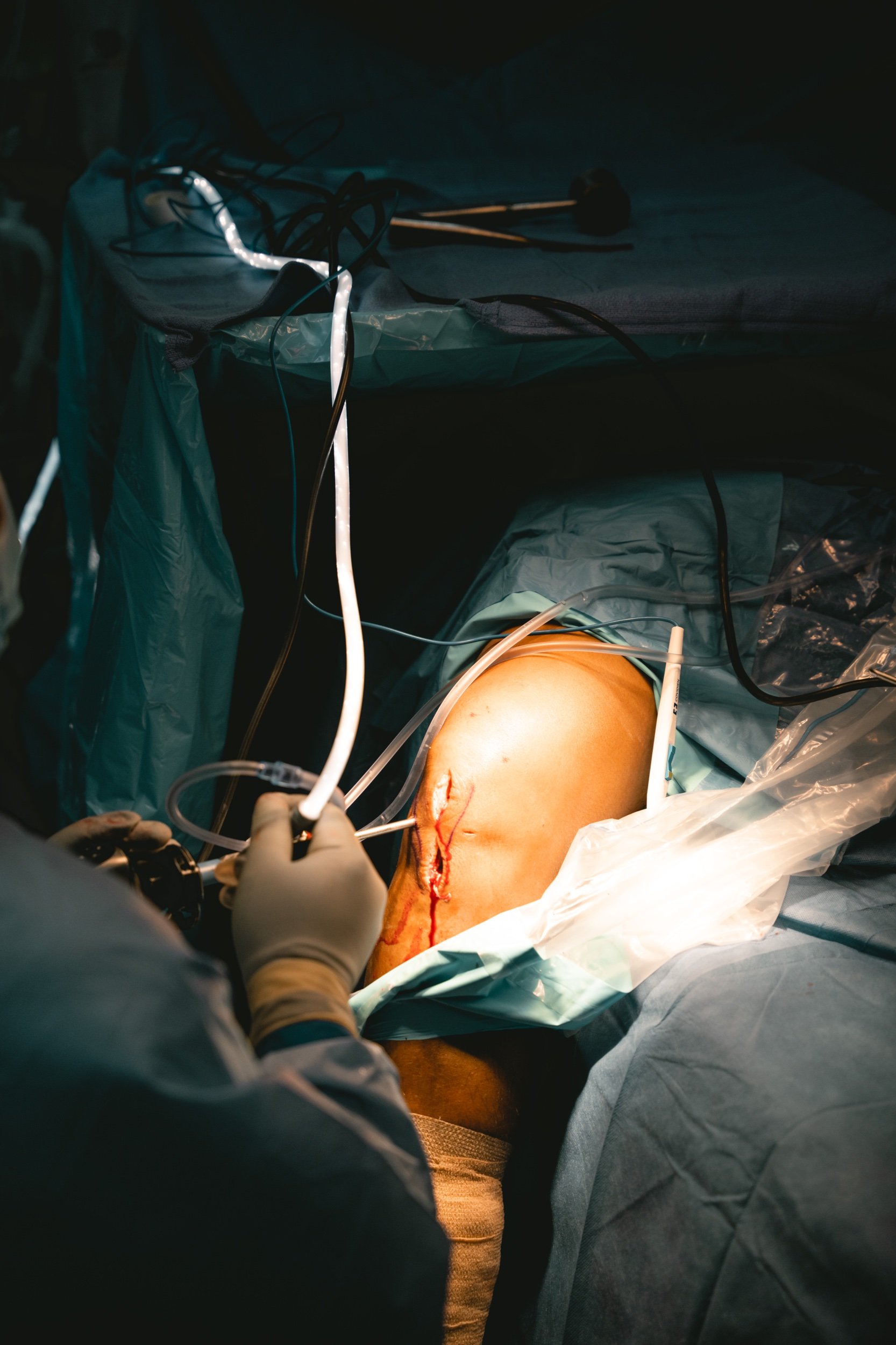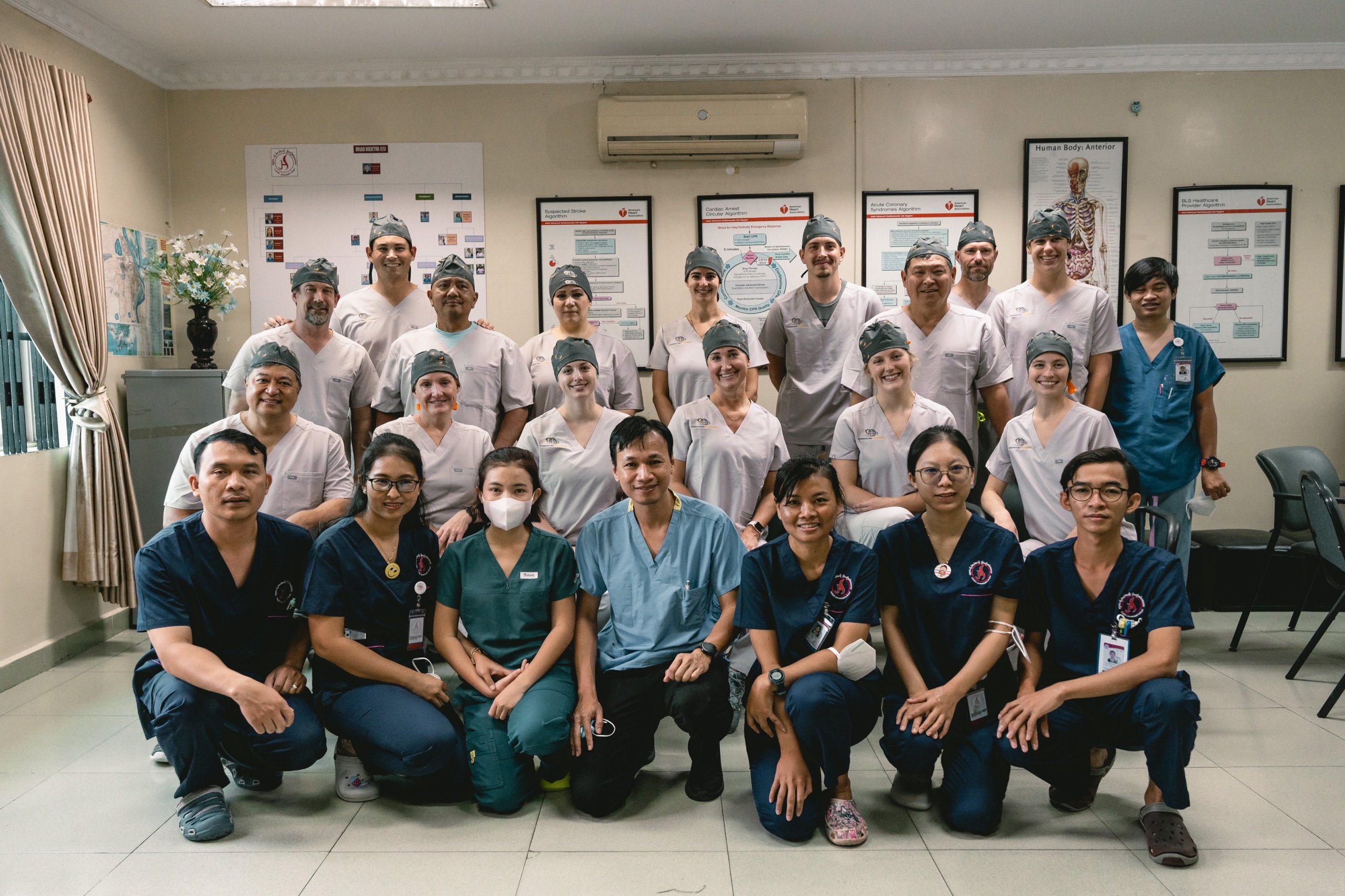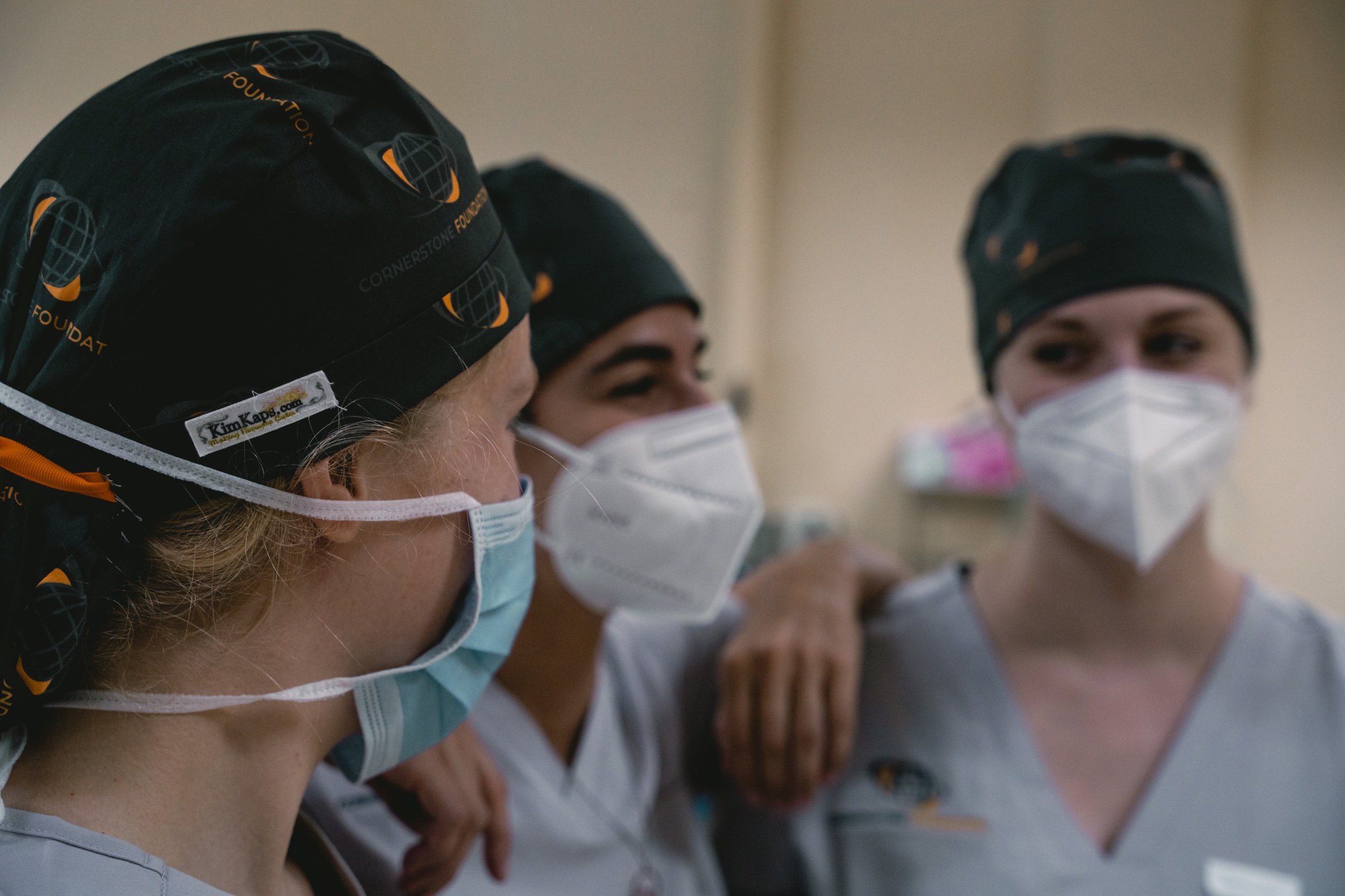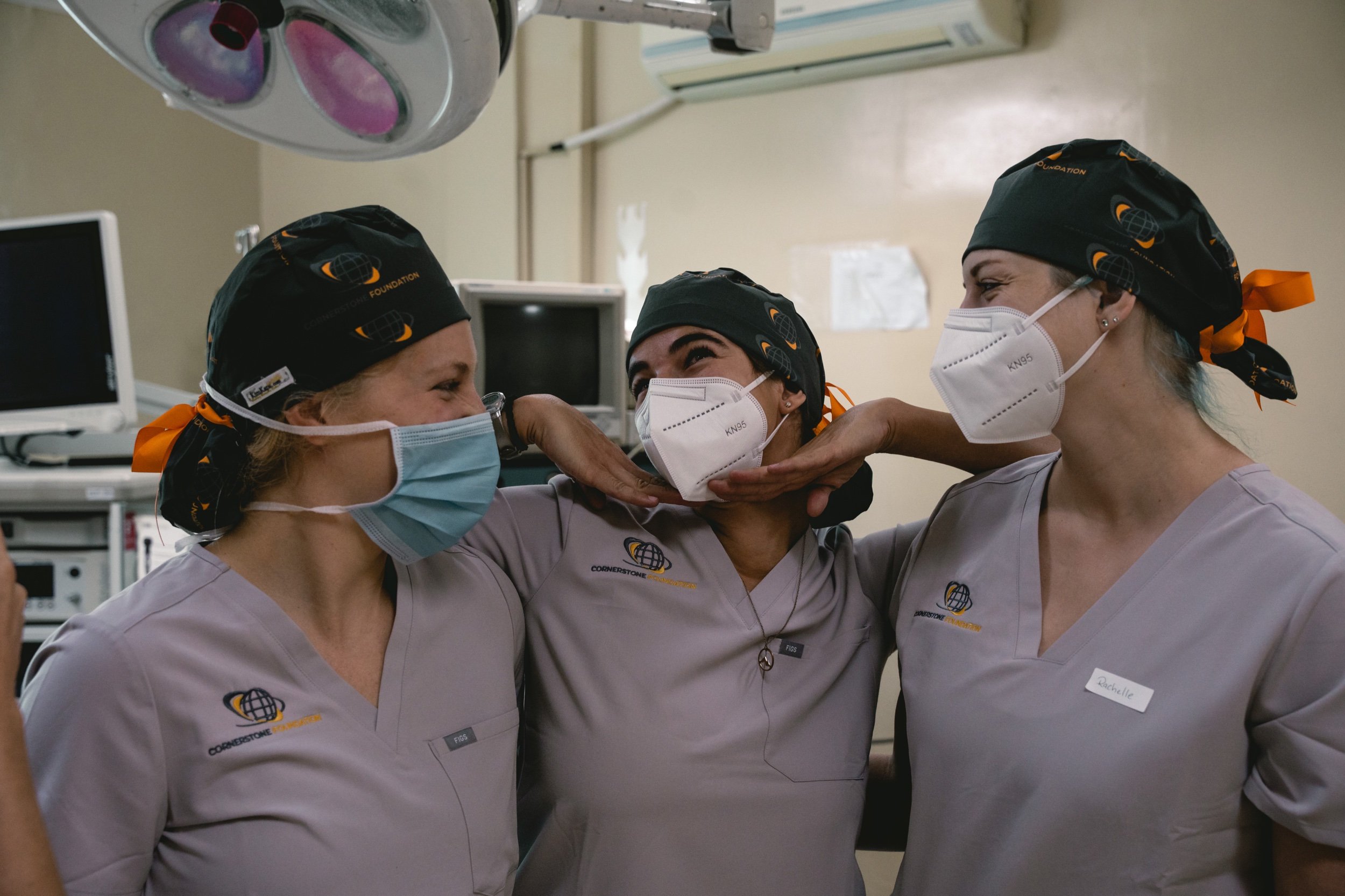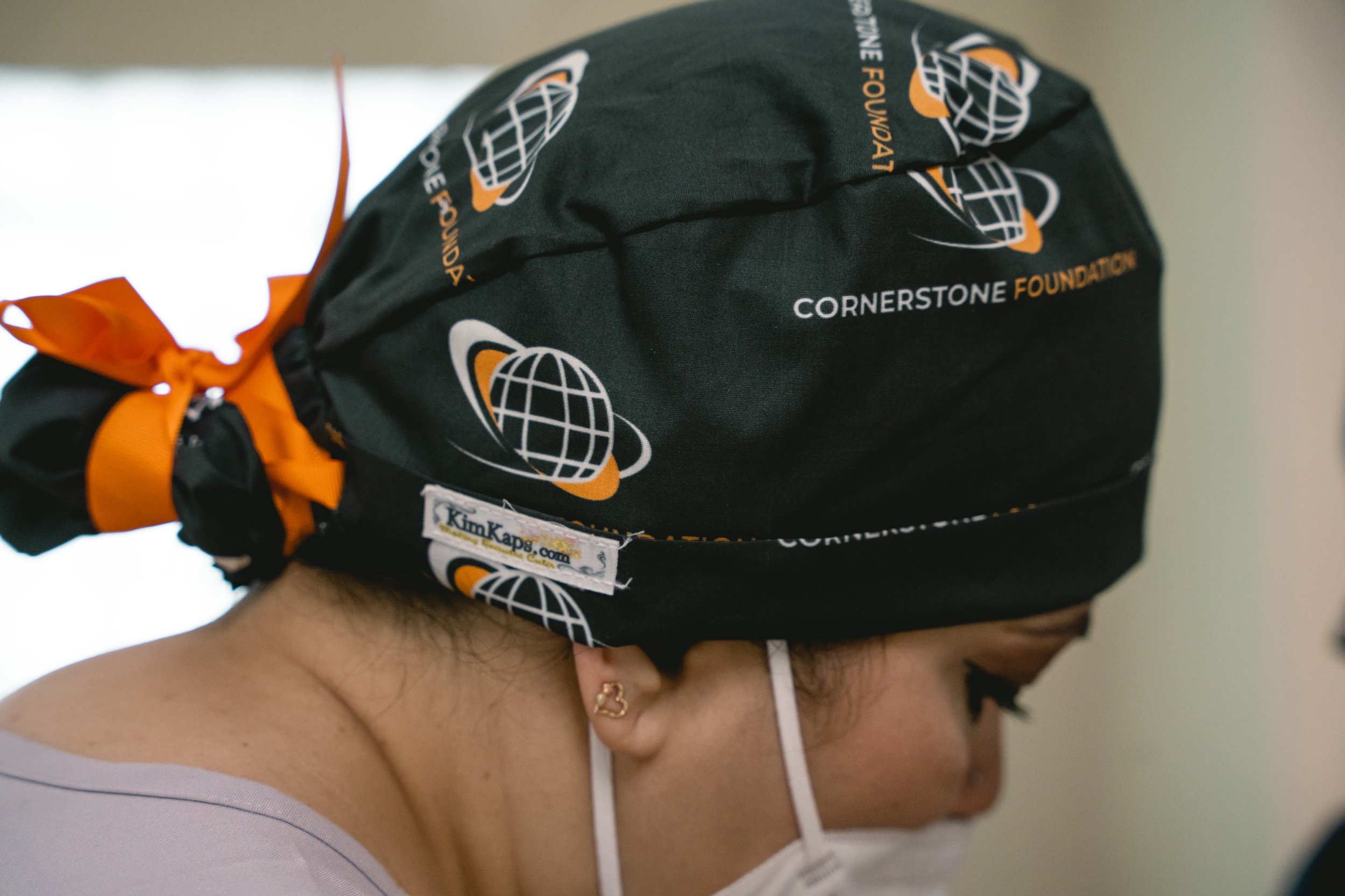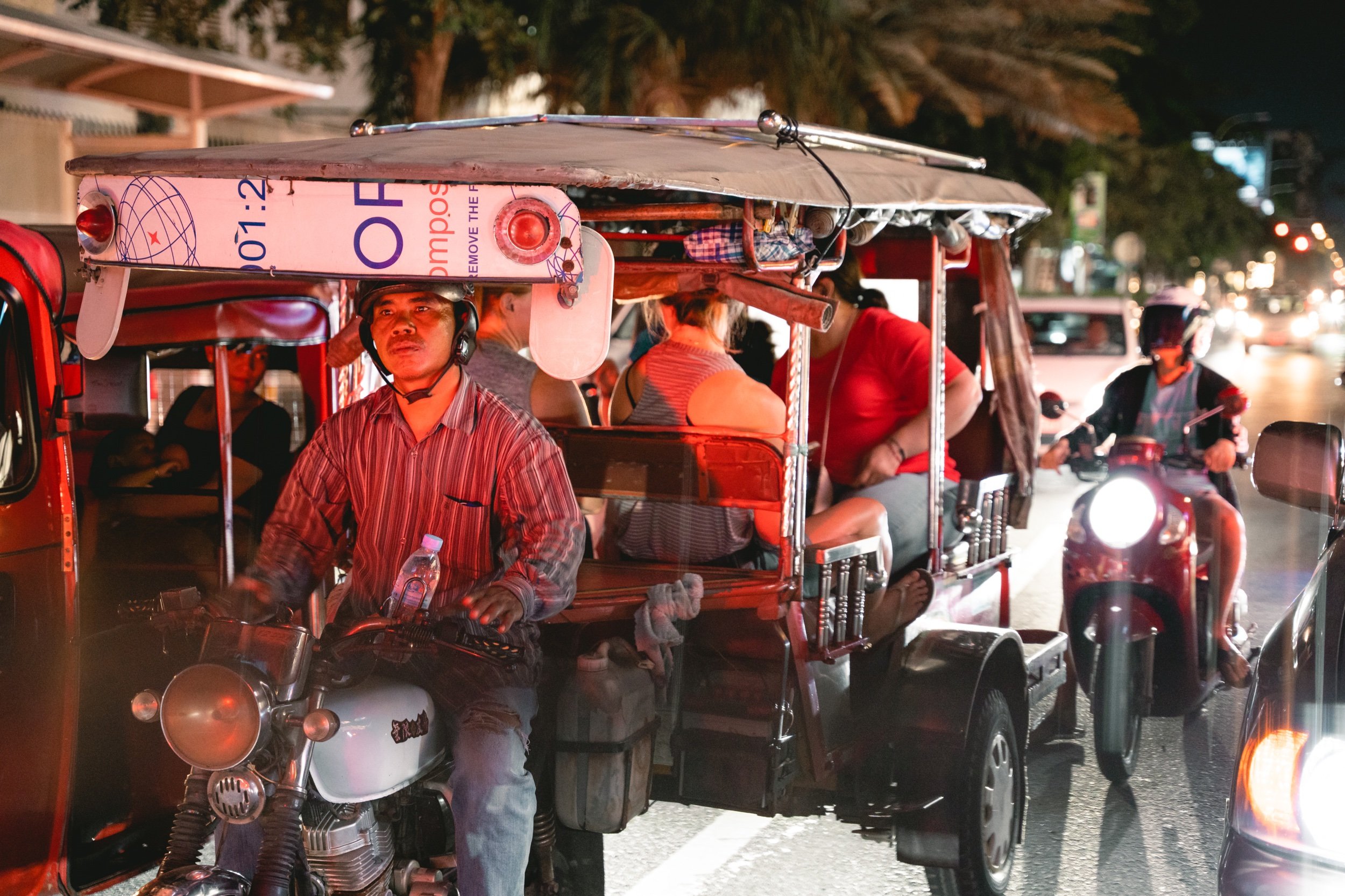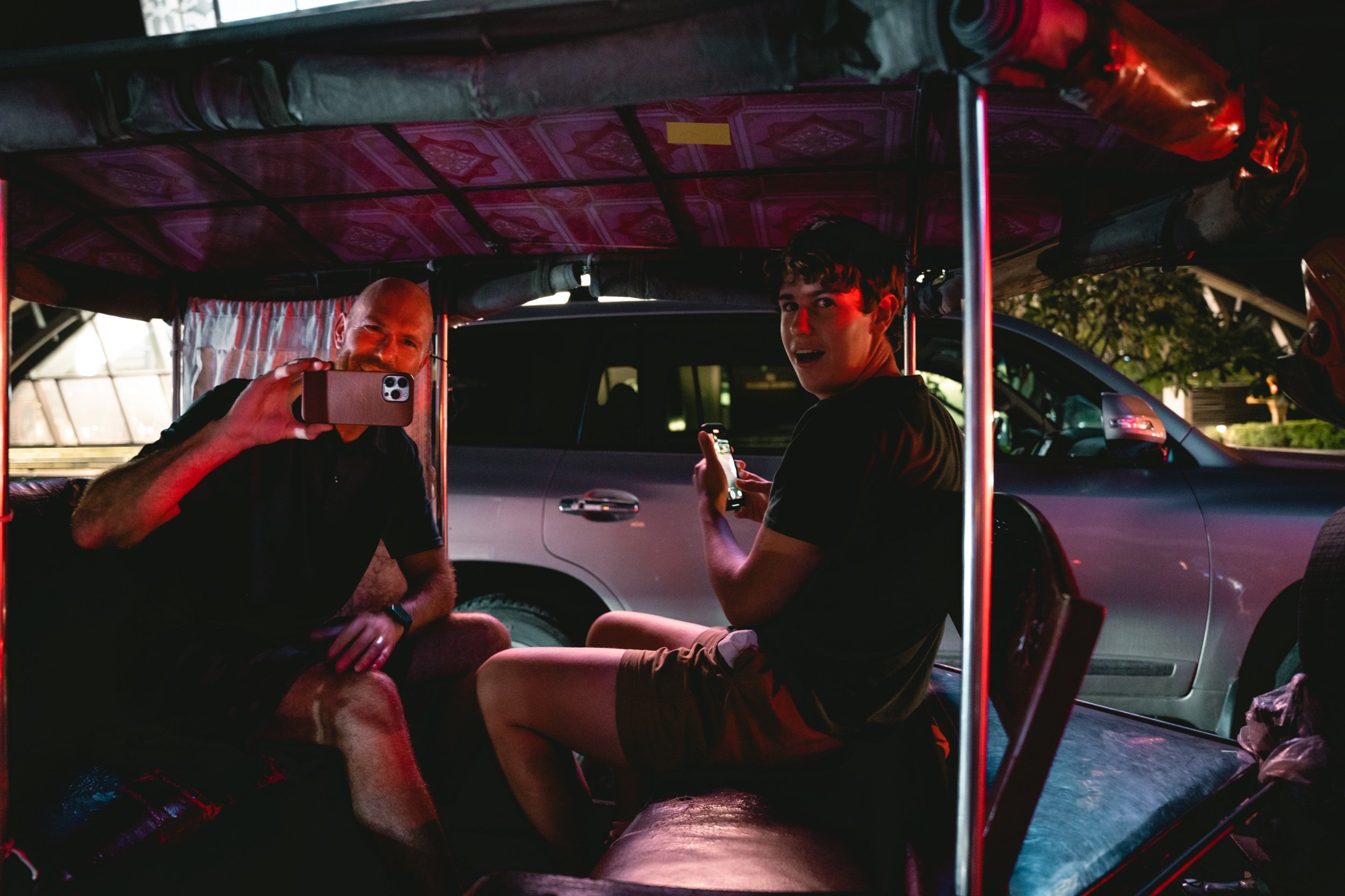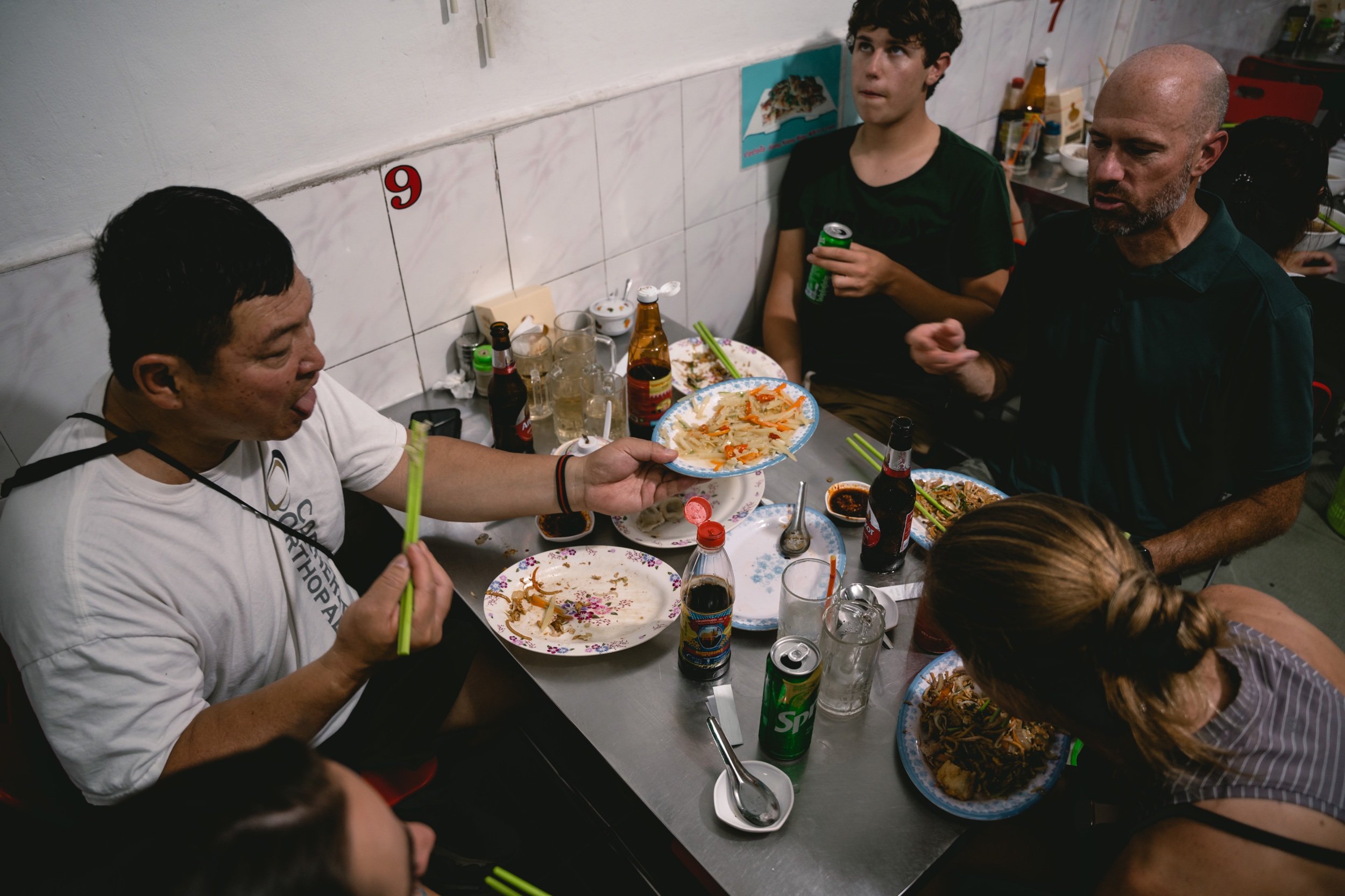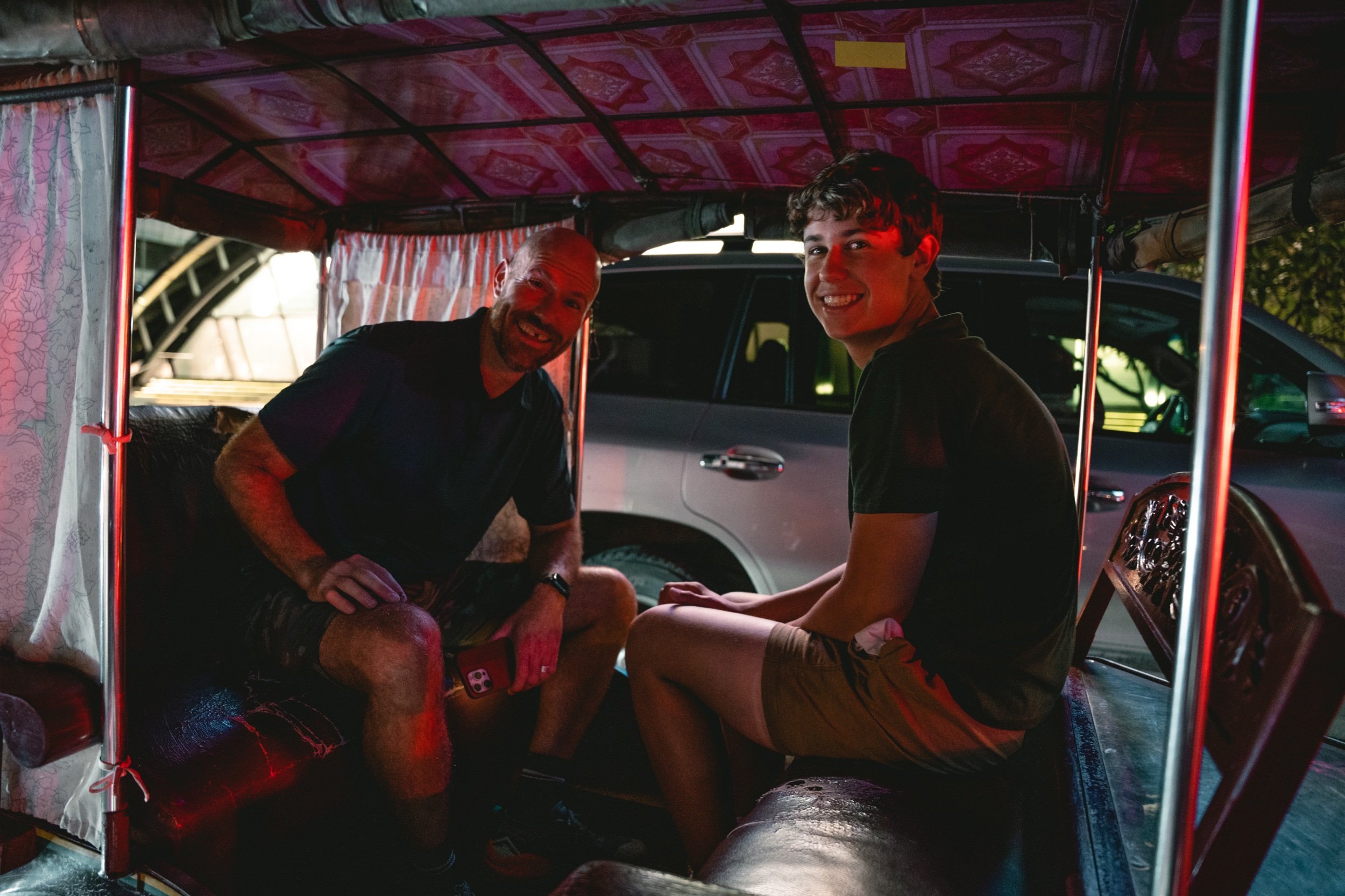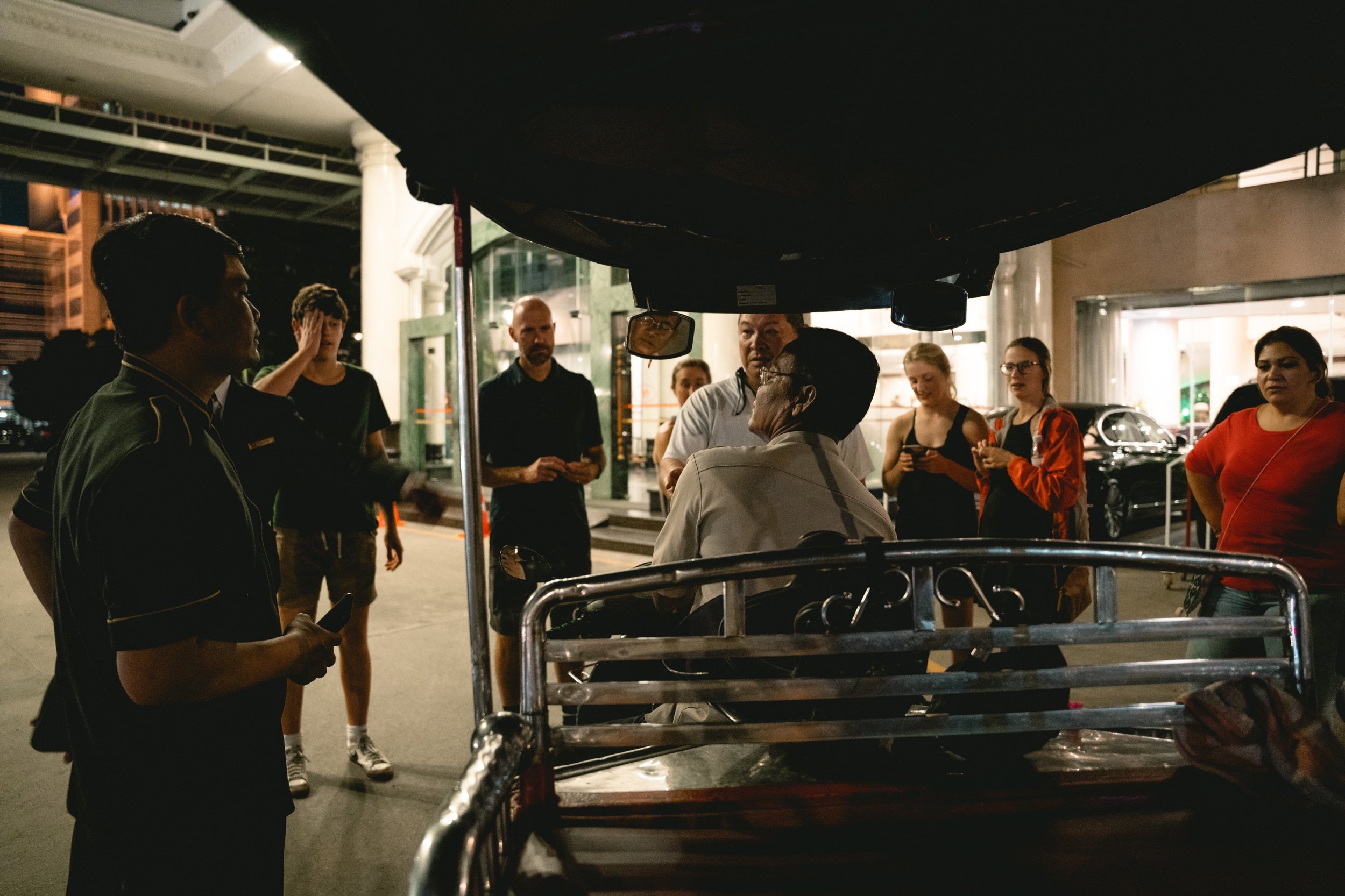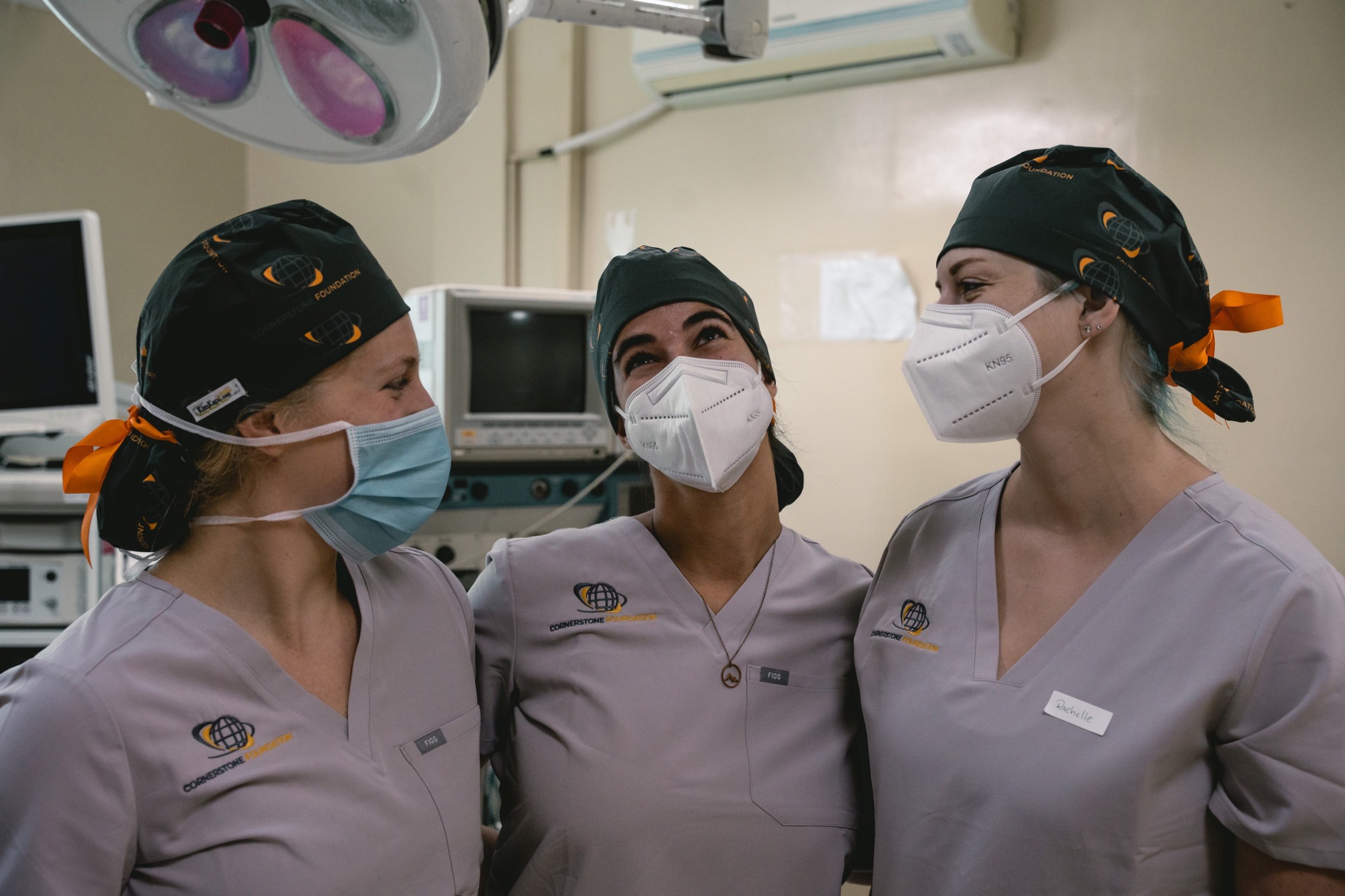Resistance fighter Whin lost both his legs to a mortar strike.
Thank you to Össur for their generous donation of an OHP3 Knee, which supported our recent relief mission in Kayah State, Burma. One soldier, Whin, received this prosthetic after suffering a severe injury while defending his community. A member of the Karenni National Defense Force (KNDF), he was struck by a 120mm mortar that resulted in the loss of both his legs— a below-knee amputation on the right and an above-knee amputation on the left. After a long recovery, his commanding officer reached out for help in finding a suitable prosthetic. Össur’s donation met this critical need, giving Whin the opportunity to regain mobility and hope in the face of unimaginable hardship.
Burma has endured over six decades of oppression, with the military regime attacking ethnic communities and destroying villages since seizing power in 1962. The 2021 coup exacerbated the violence, displacing over 3 million people and leading to relentless attacks on churches, schools, and hospitals. Against this backdrop, a small group of doctors and medical students have made a quiet but significant stand. They built “The Last Hospital,” a hidden clinic in the jungle where they continue to treat war victims. Every day, these doctors face enormous challenges —limited supplies, the constant threat of airstrikes, and the daunting task of saving lives in a one-room operating theater carved into the side of a mountain.
Cornerstone Foundation’s Coby Hsin brings donated knee prosthesis to the KNDF commander.
Last February, I joined the Free Burma Rangers (FBR) team in Kayah State. We spent a week at The Last Hospital, working alongside these dedicated doctors and students. We delivered desperately needed orthopedic supplies, including a donated drill and saw that proved invaluable during surgeries. Despite their remarkable skill, the doctors are forced to improvise with household tools—drills wrapped in linen and hacksaws sterilized for surgery. Basic supplies like plates, screws, and external fixators are running dangerously low, yet the team presses on, treating injuries from gunfire, artillery, mortars, and landmines. As the only hospital treating combat injuries in the area, The Last Hospital’s needs cannot be overstated.
Whin is able to walk again!
This mission wasn’t just about treating wounds. FBR medics also transported families to safety, often under the constant threat of airstrikes. At a nearby Casualty Collection Point, we worked with a German surgeon to stabilize the wounded before transferring them to the hospital. The highlight of our time was the Good Life Club, where FBR staff sang, danced, and performed skits for children, sharing messages of love and hope. Seeing the children smile and laugh, even for a moment, brought a sense of hope—both for them and for us—that a better future is possible.
Össur’s generosity has directly impacted lives here. I encourage you to watch SkyNews’ coverage of The Last Hospital in Kayah State to see what your support has made possible. The story of these brave and resourceful doctors was featured by SkyNews and documented in this short video.
Please watch this video and share their story. The world needs to know.
To learn more about the ministry of FBR or to support their cause, please visit their website: Free Burma Rangers.
Thank you, Joe Hsin, MD






















